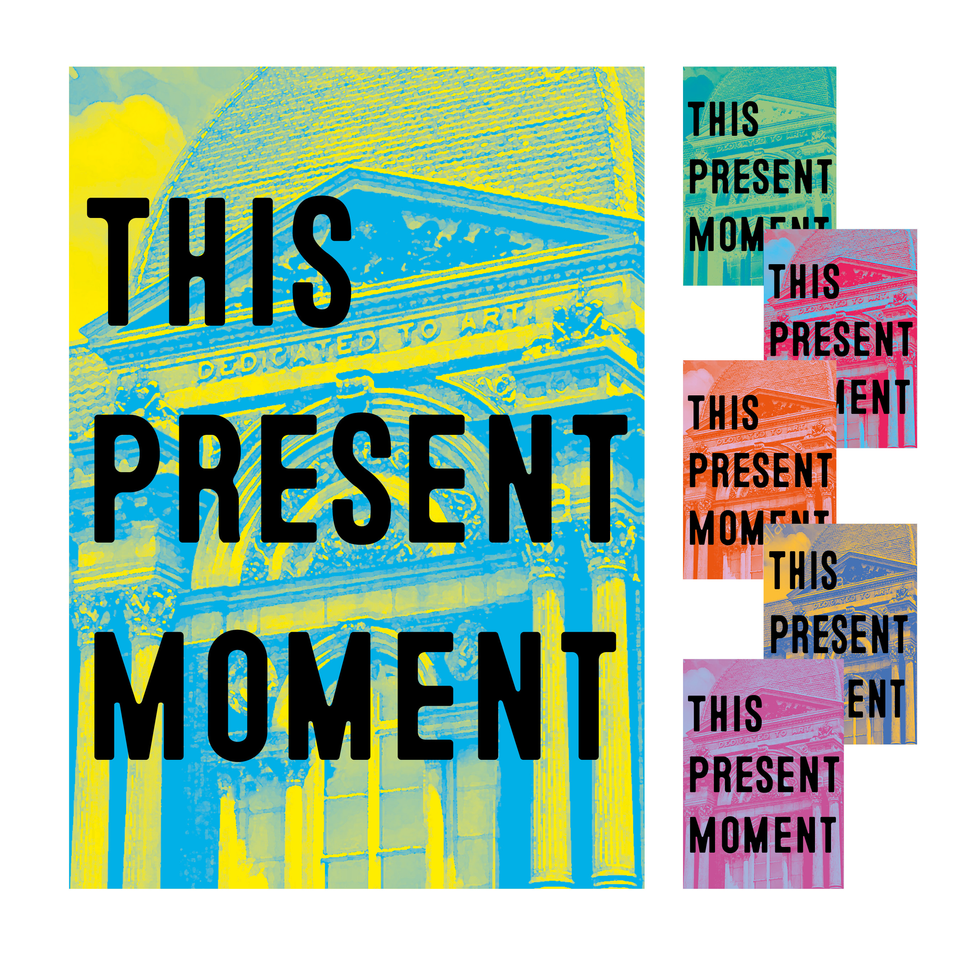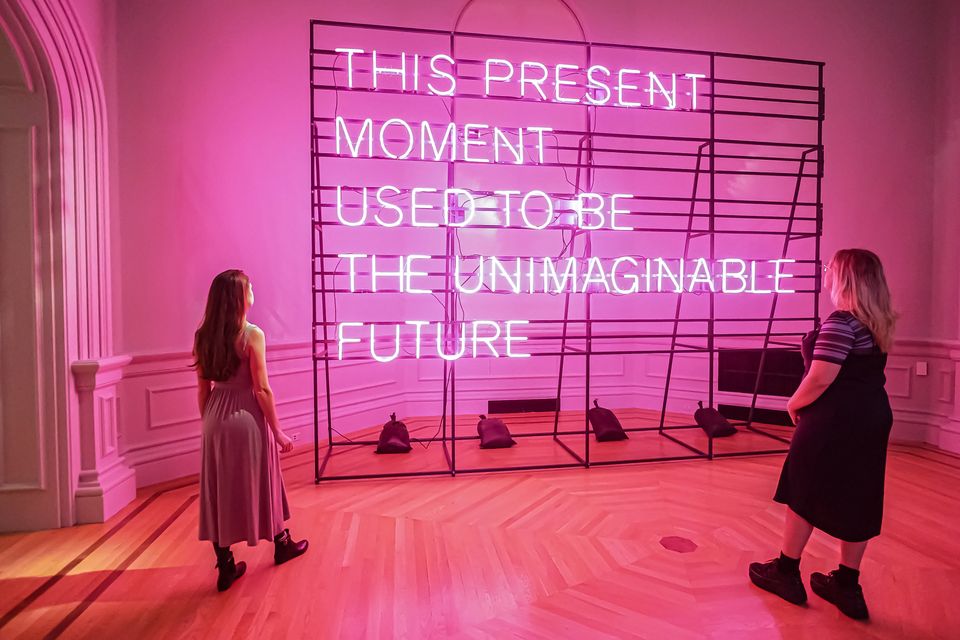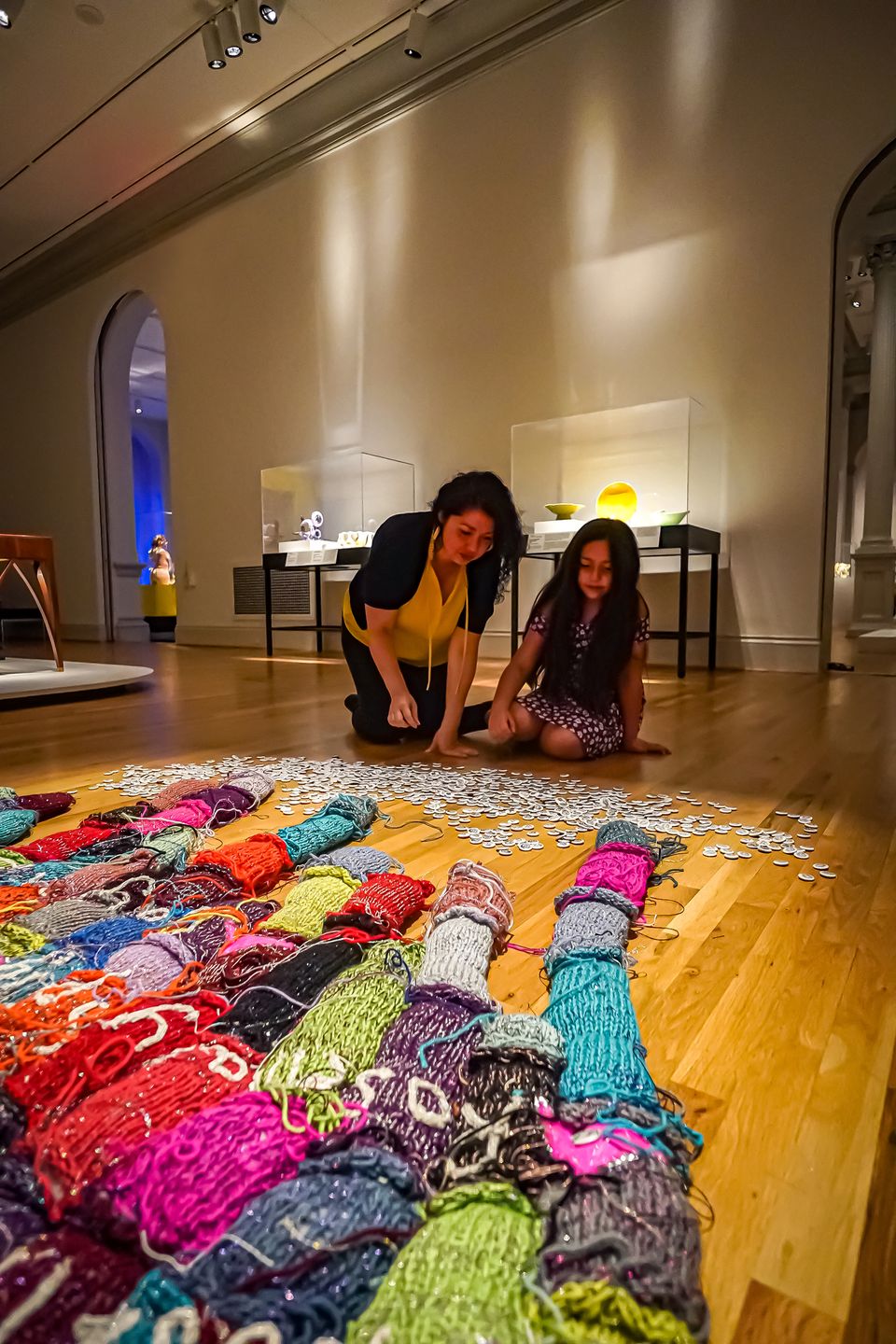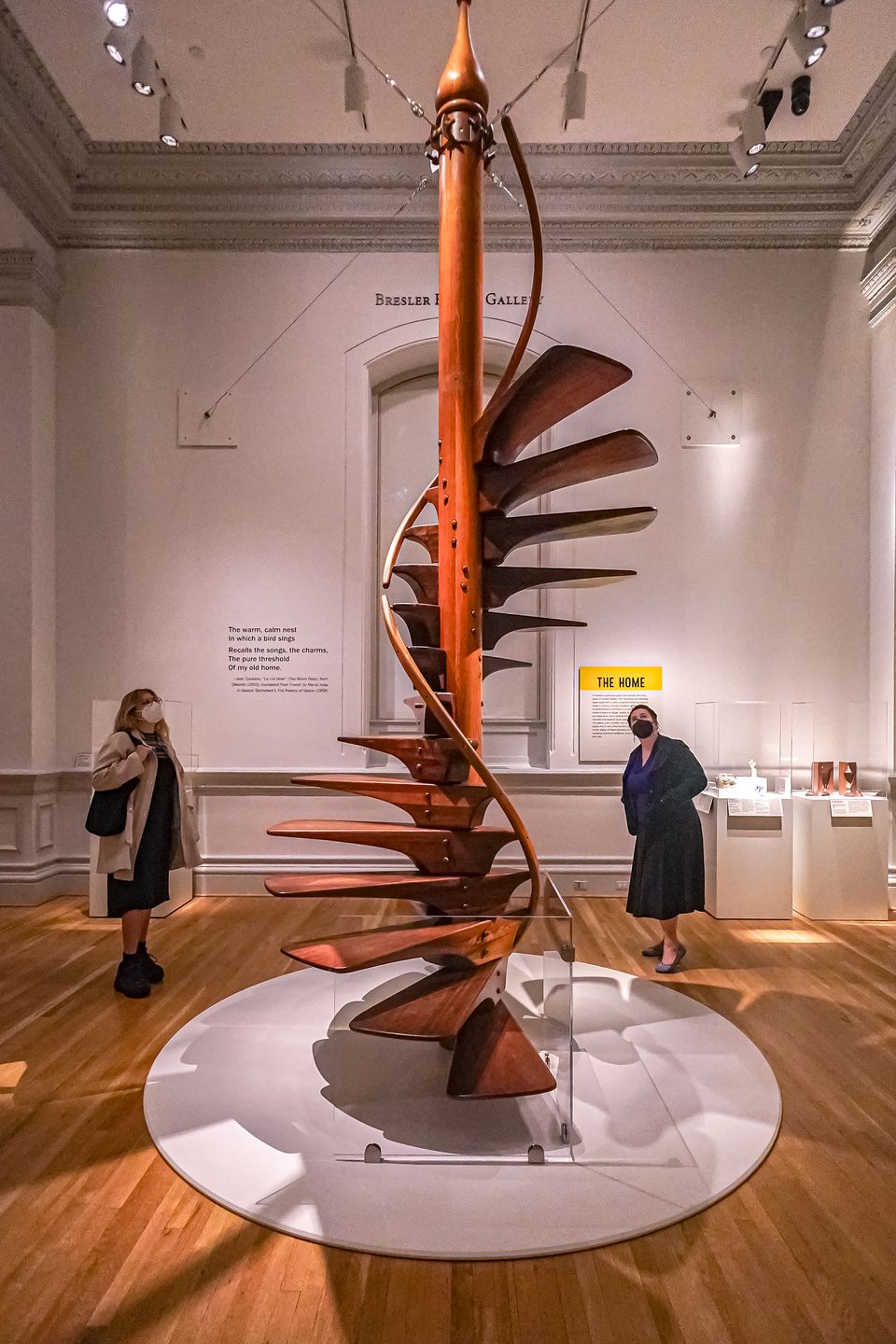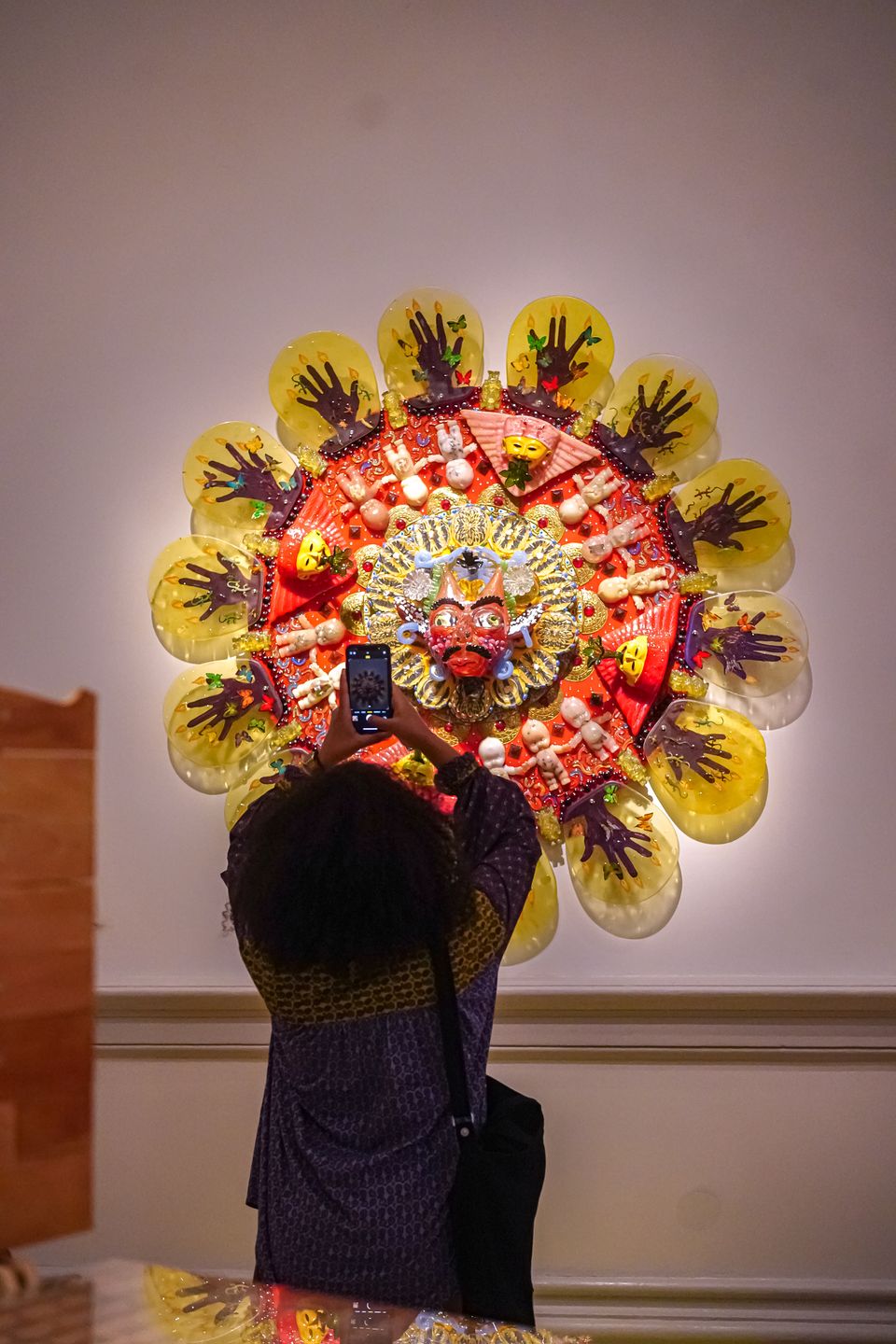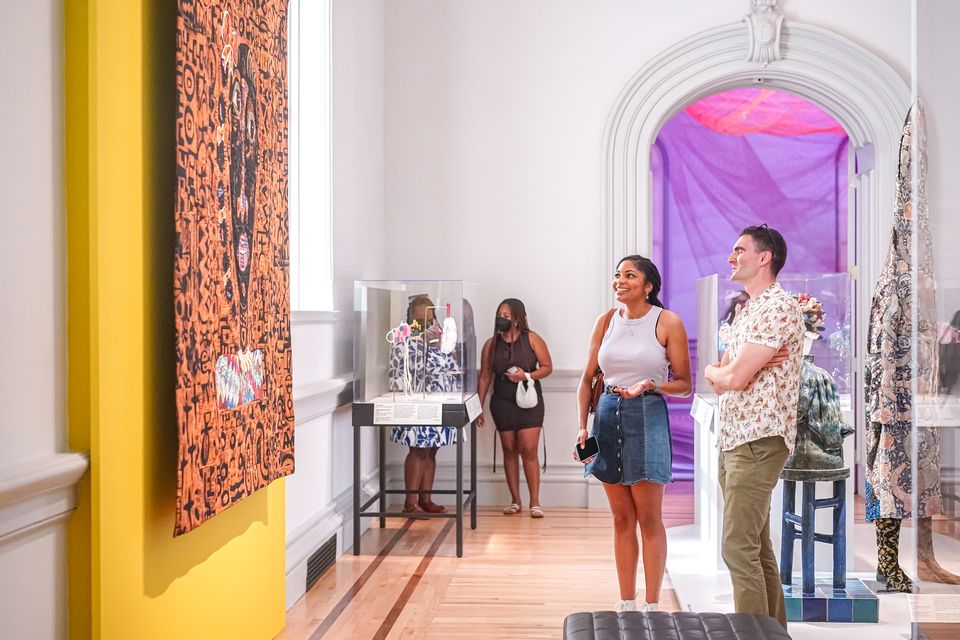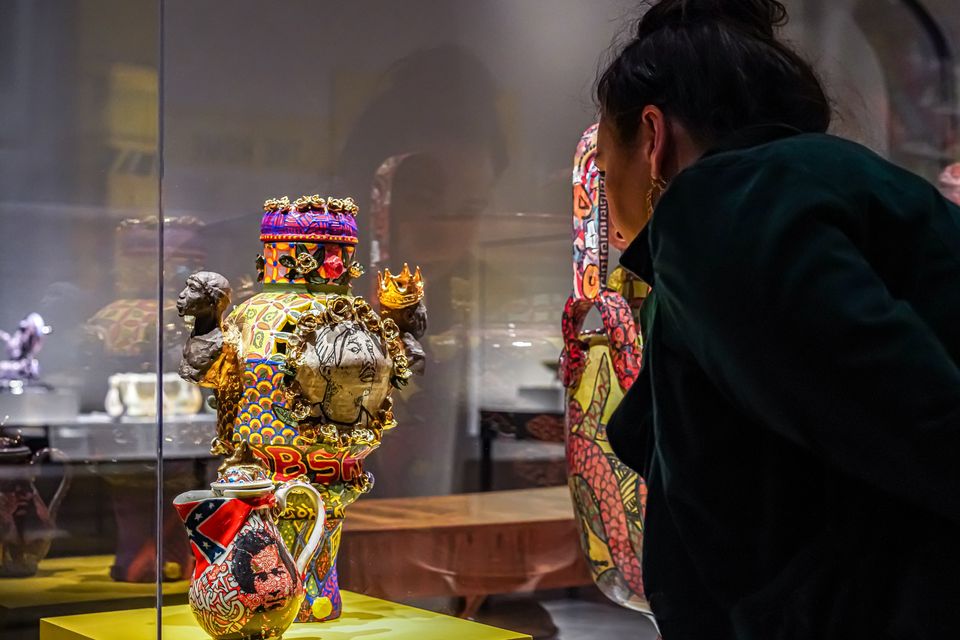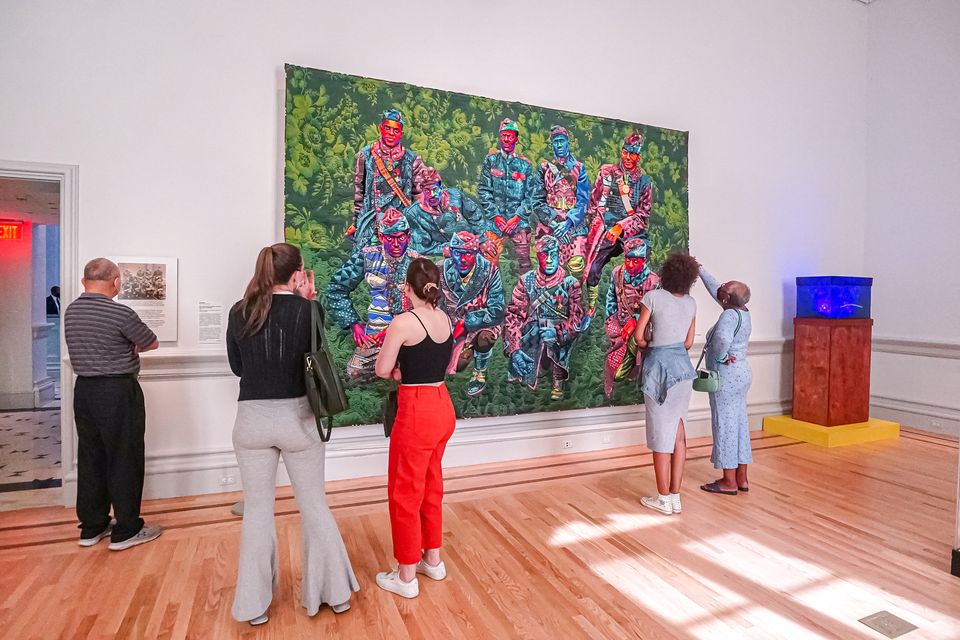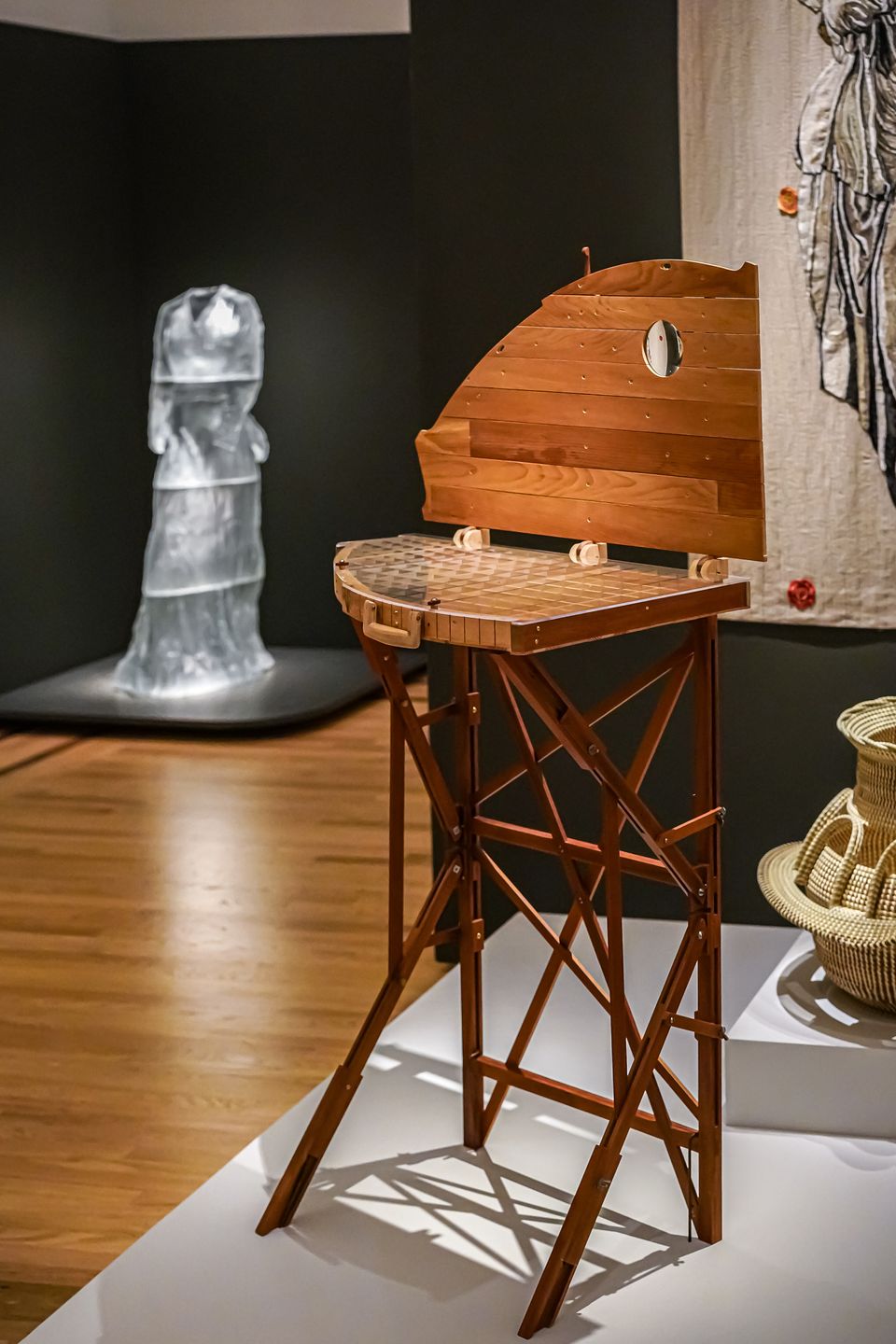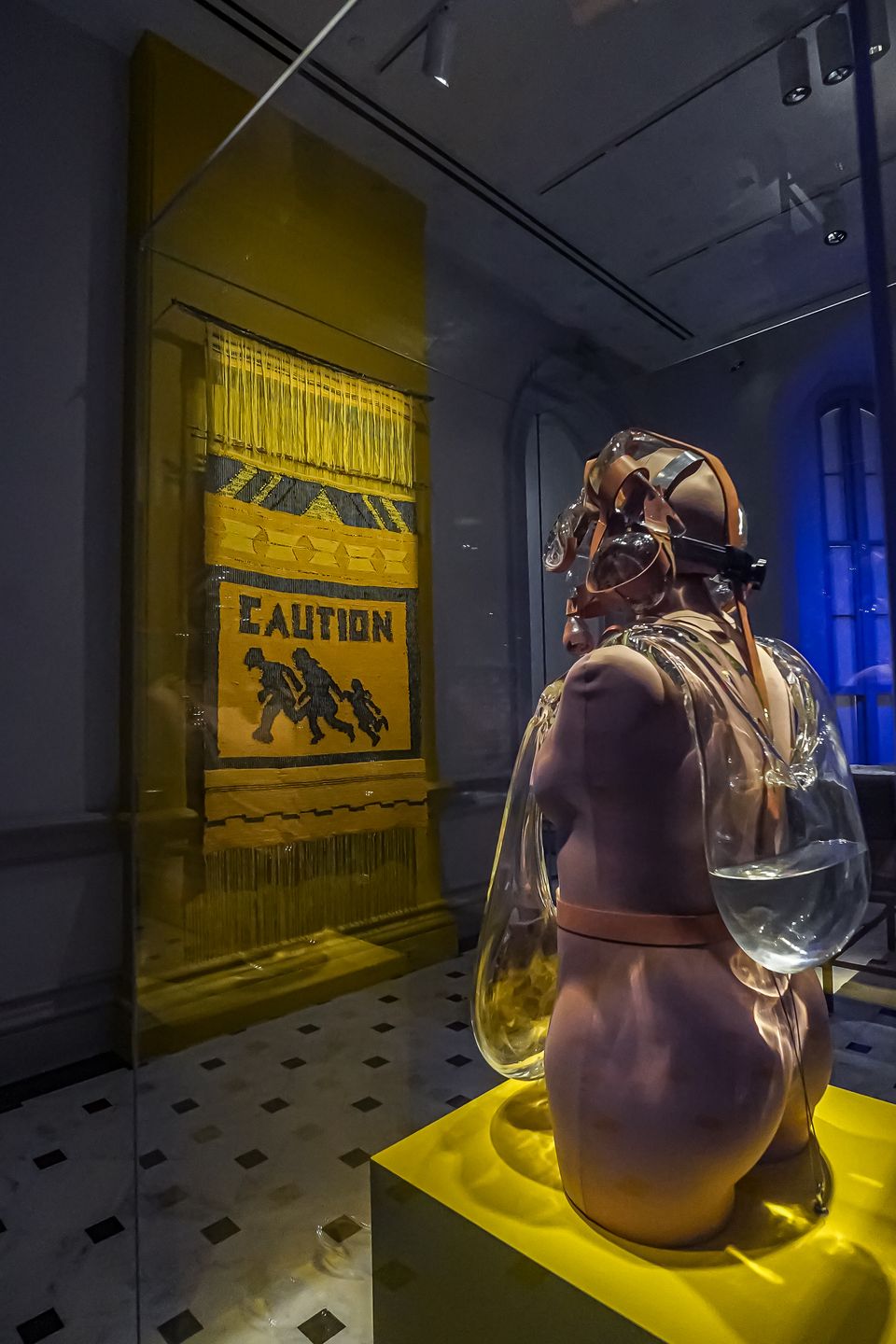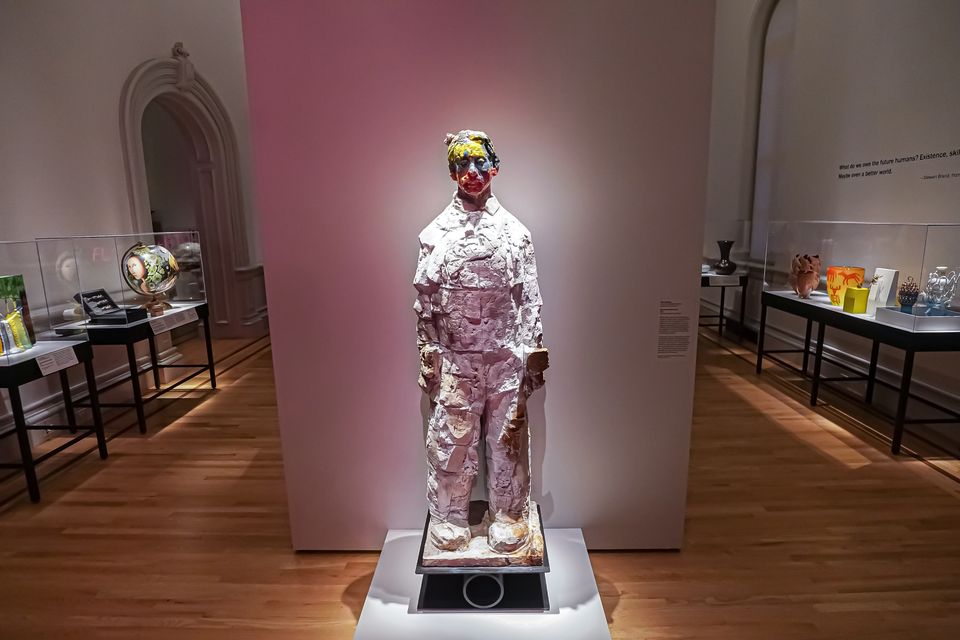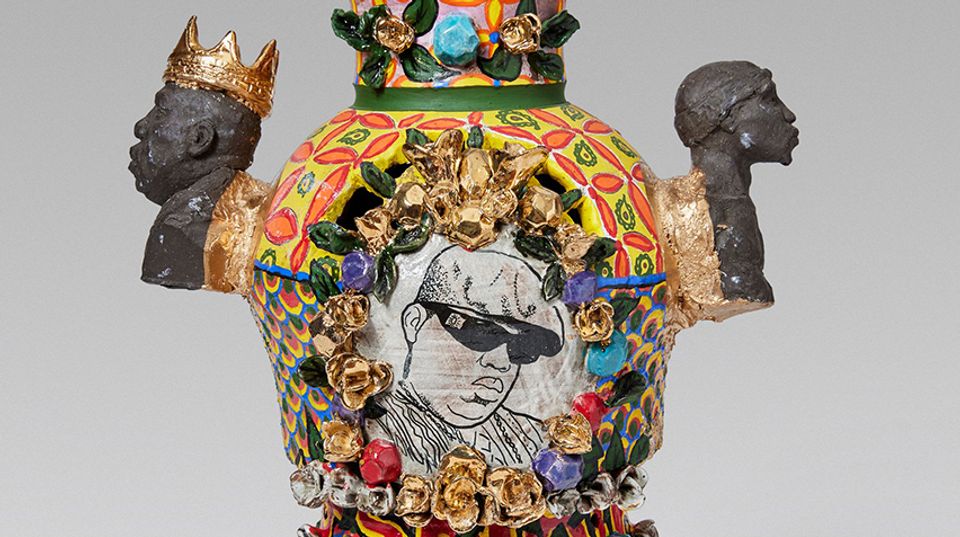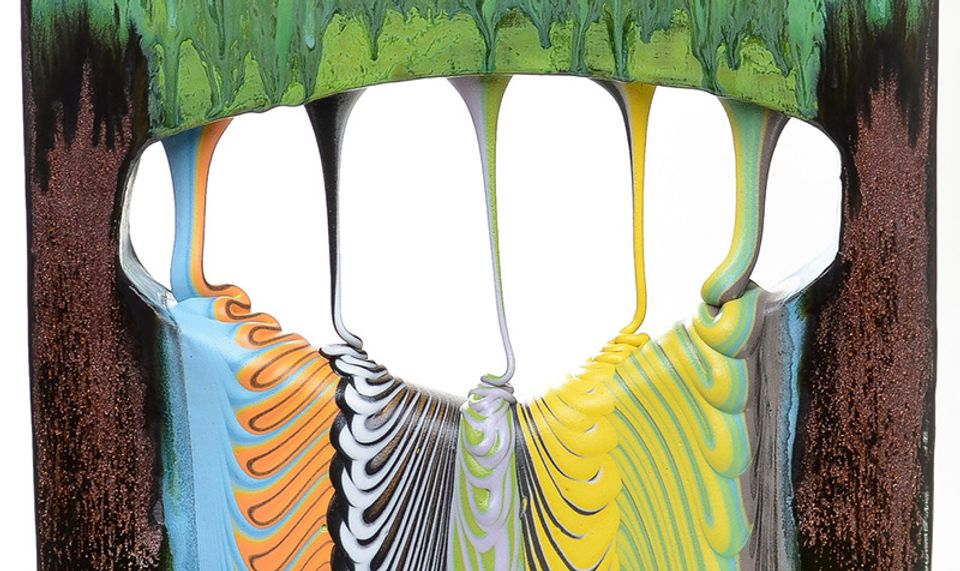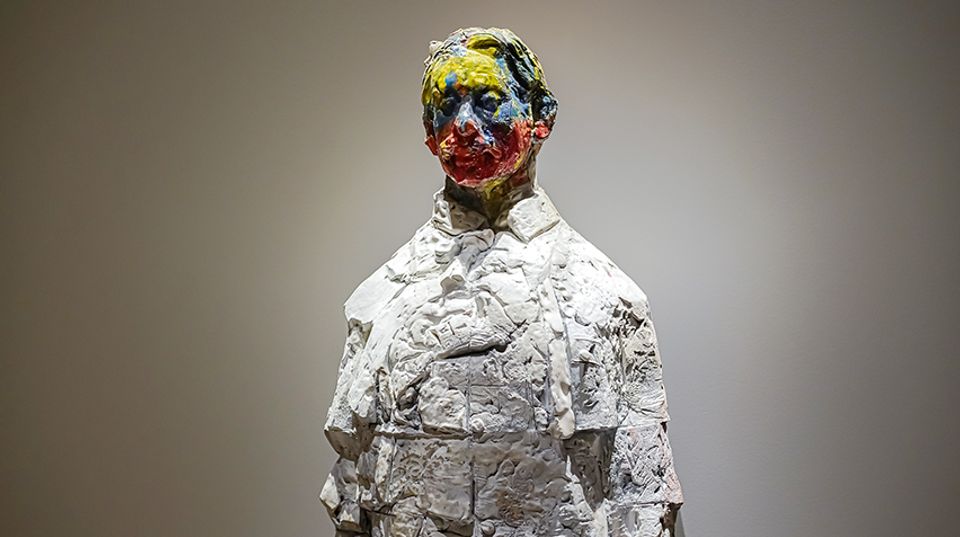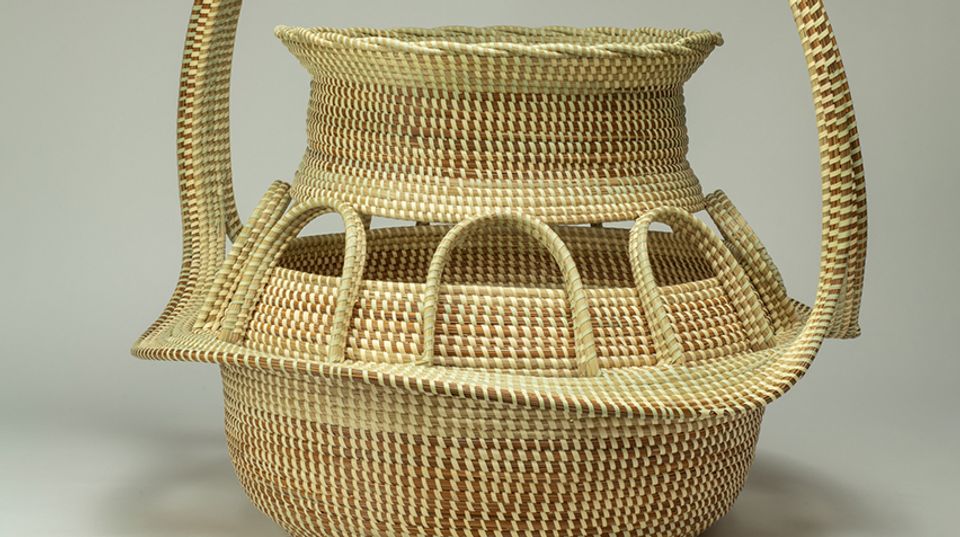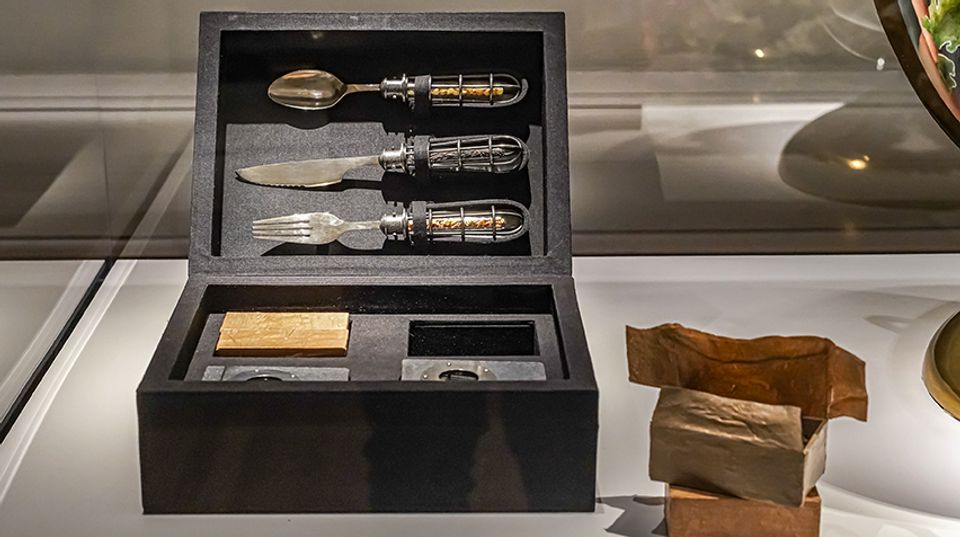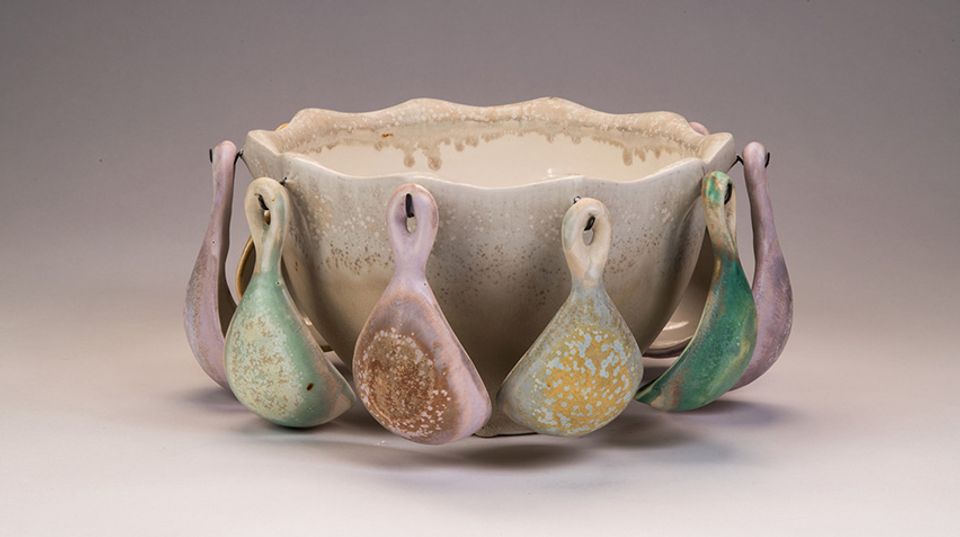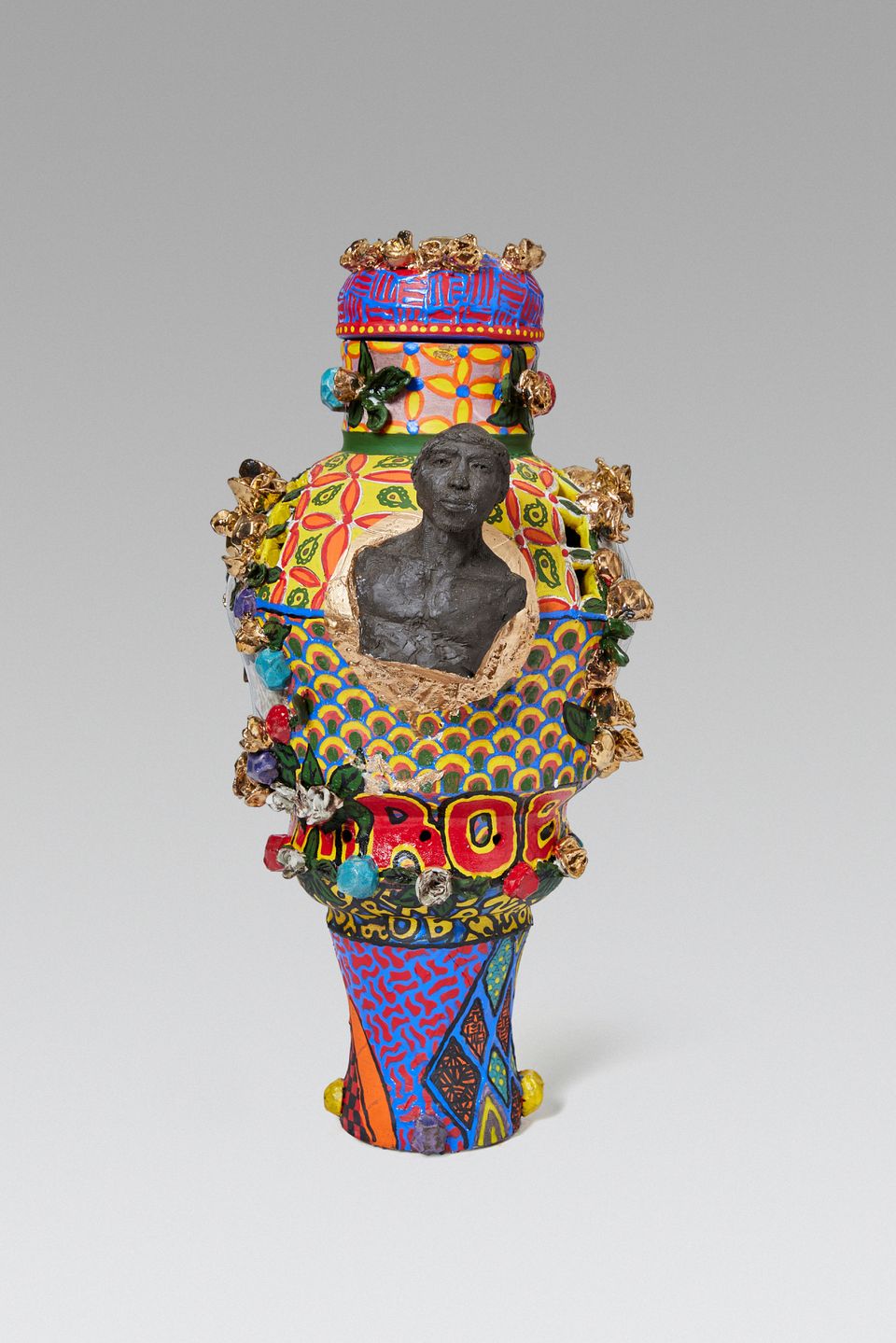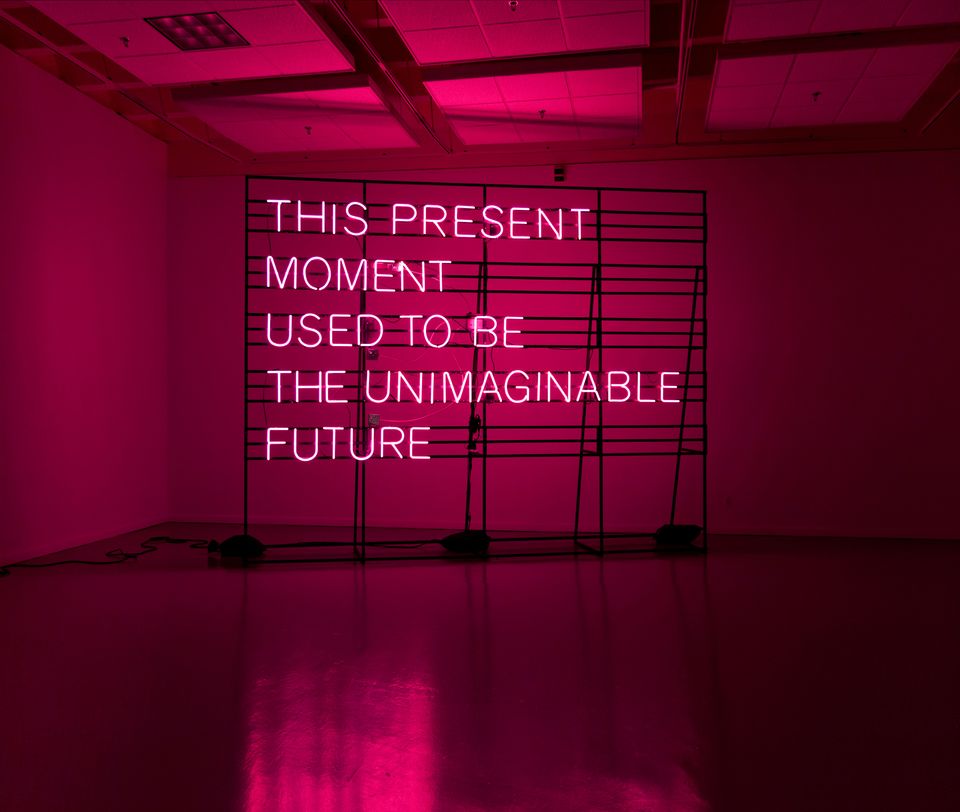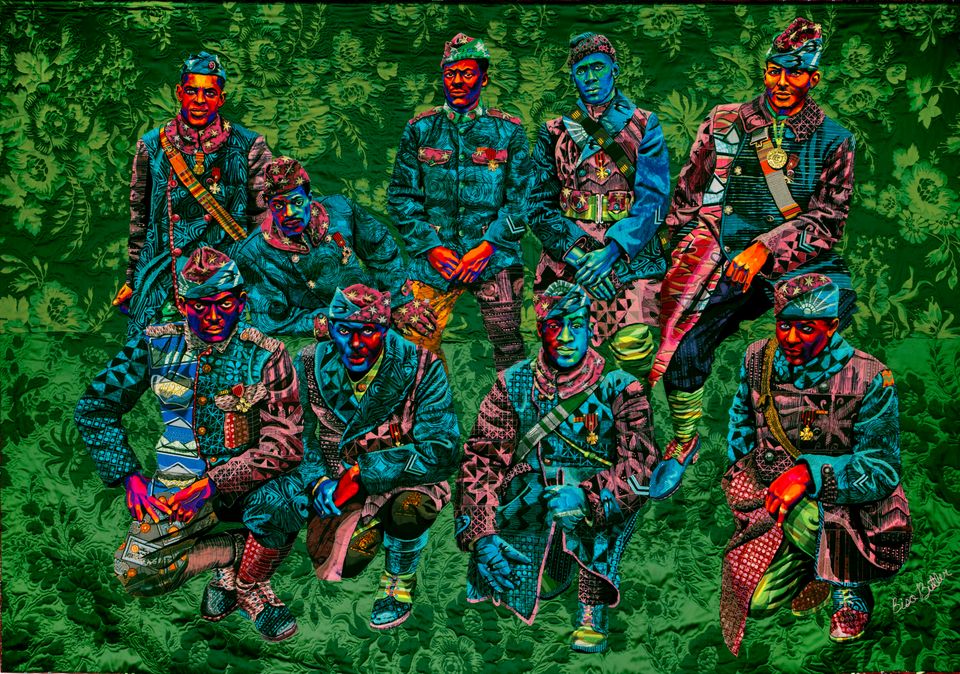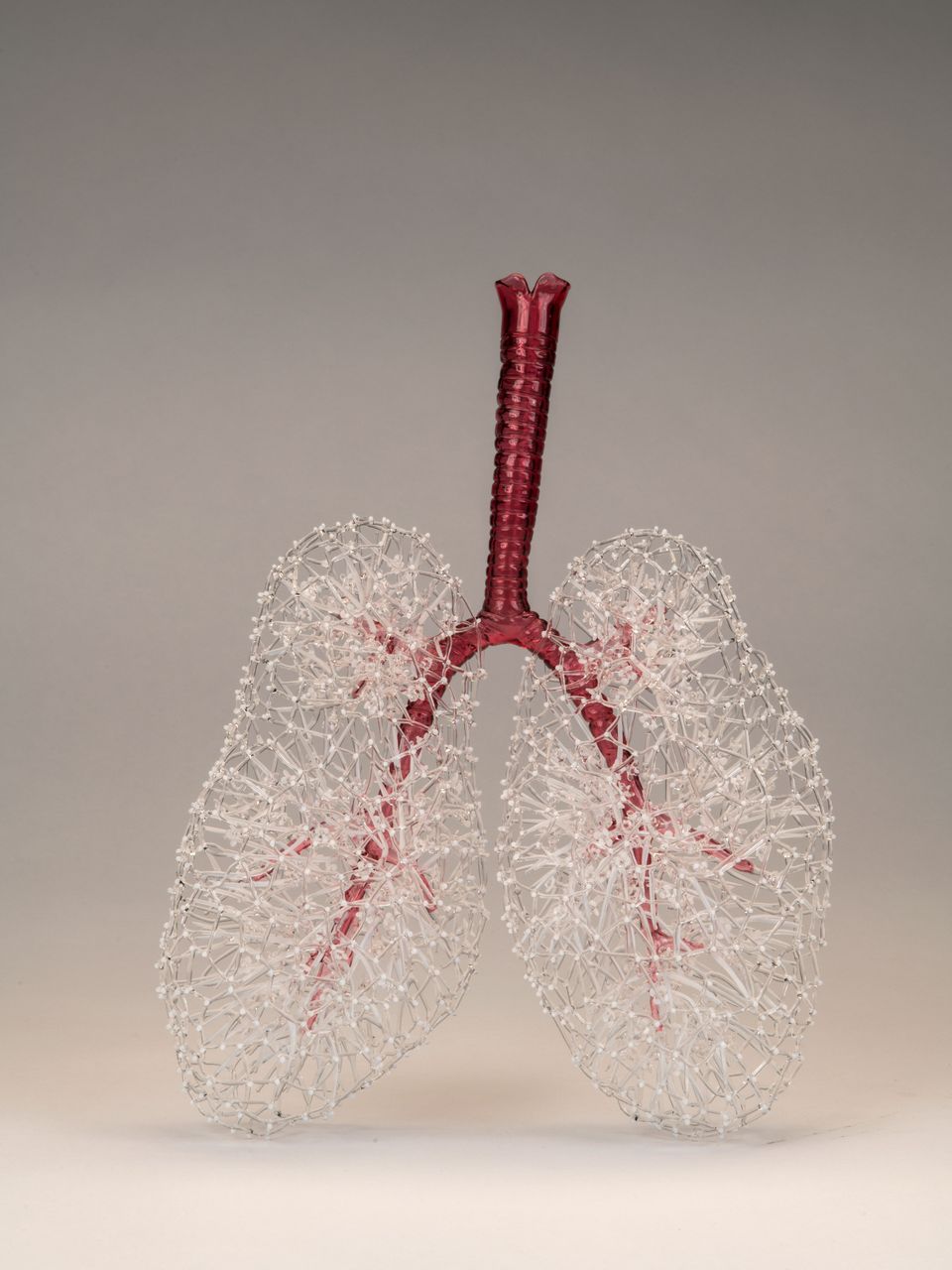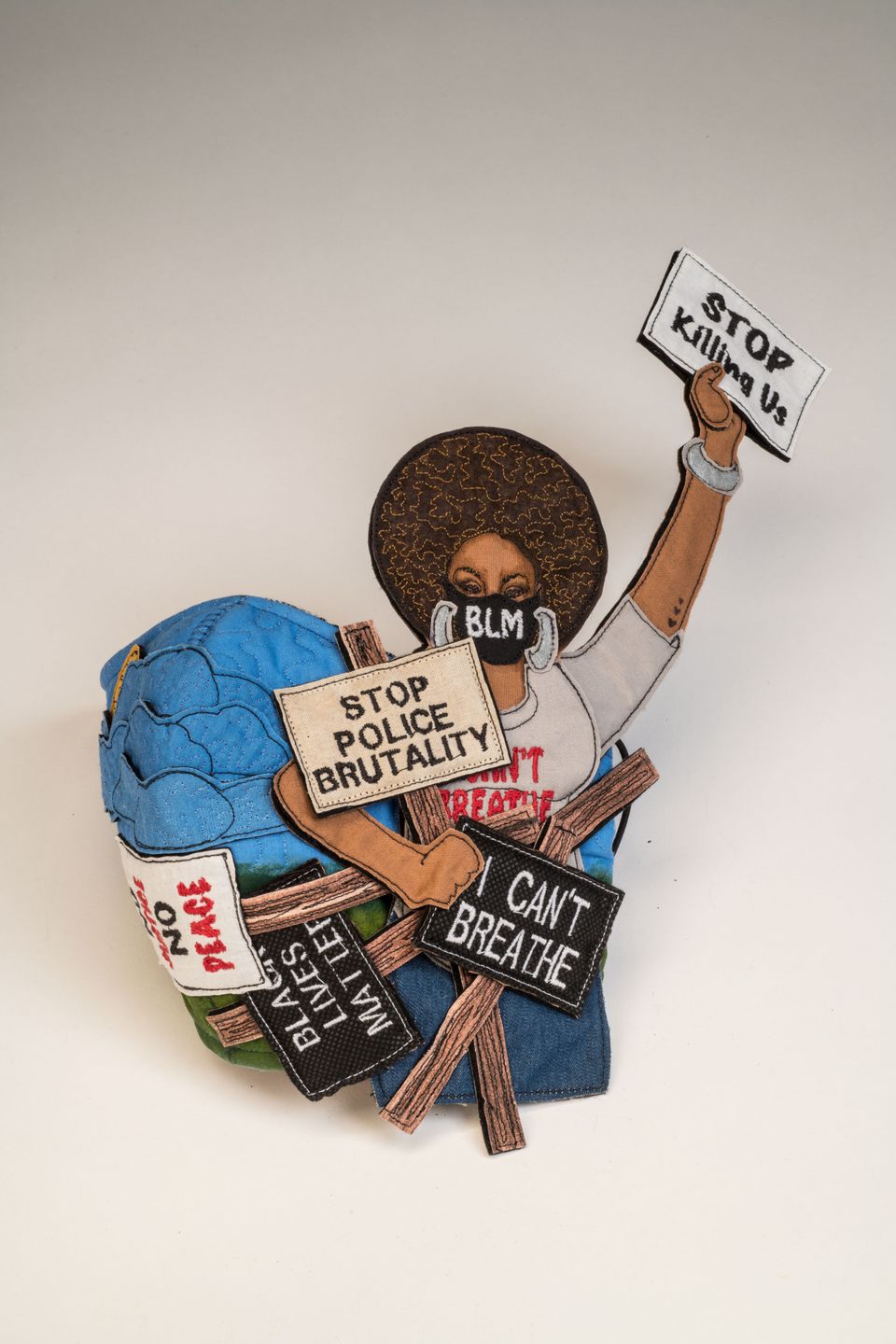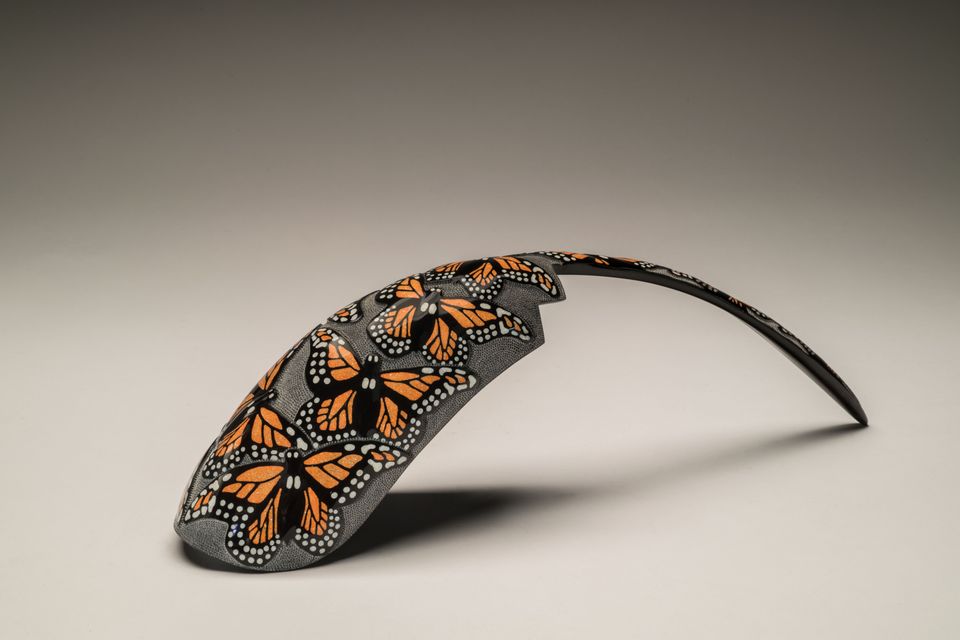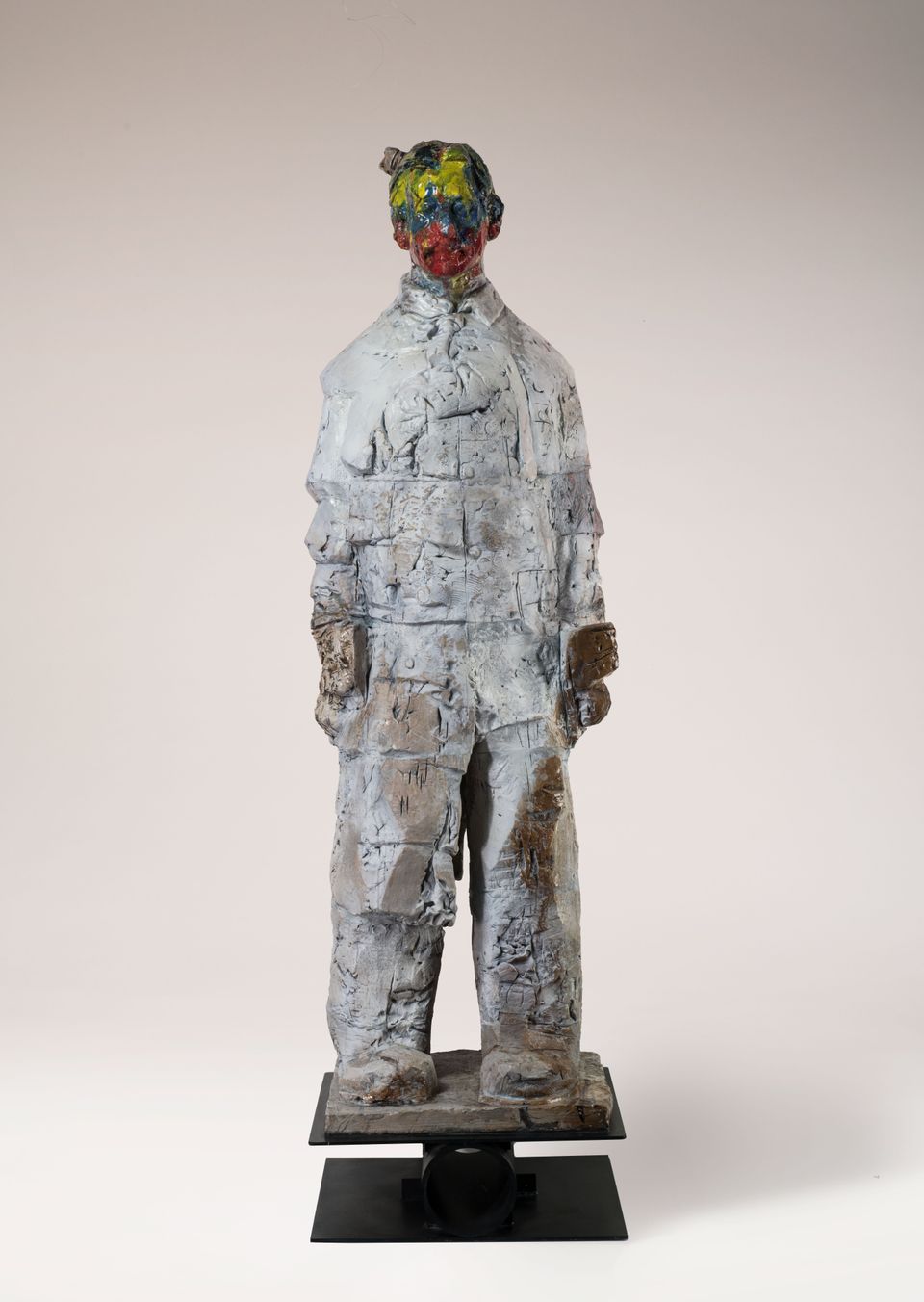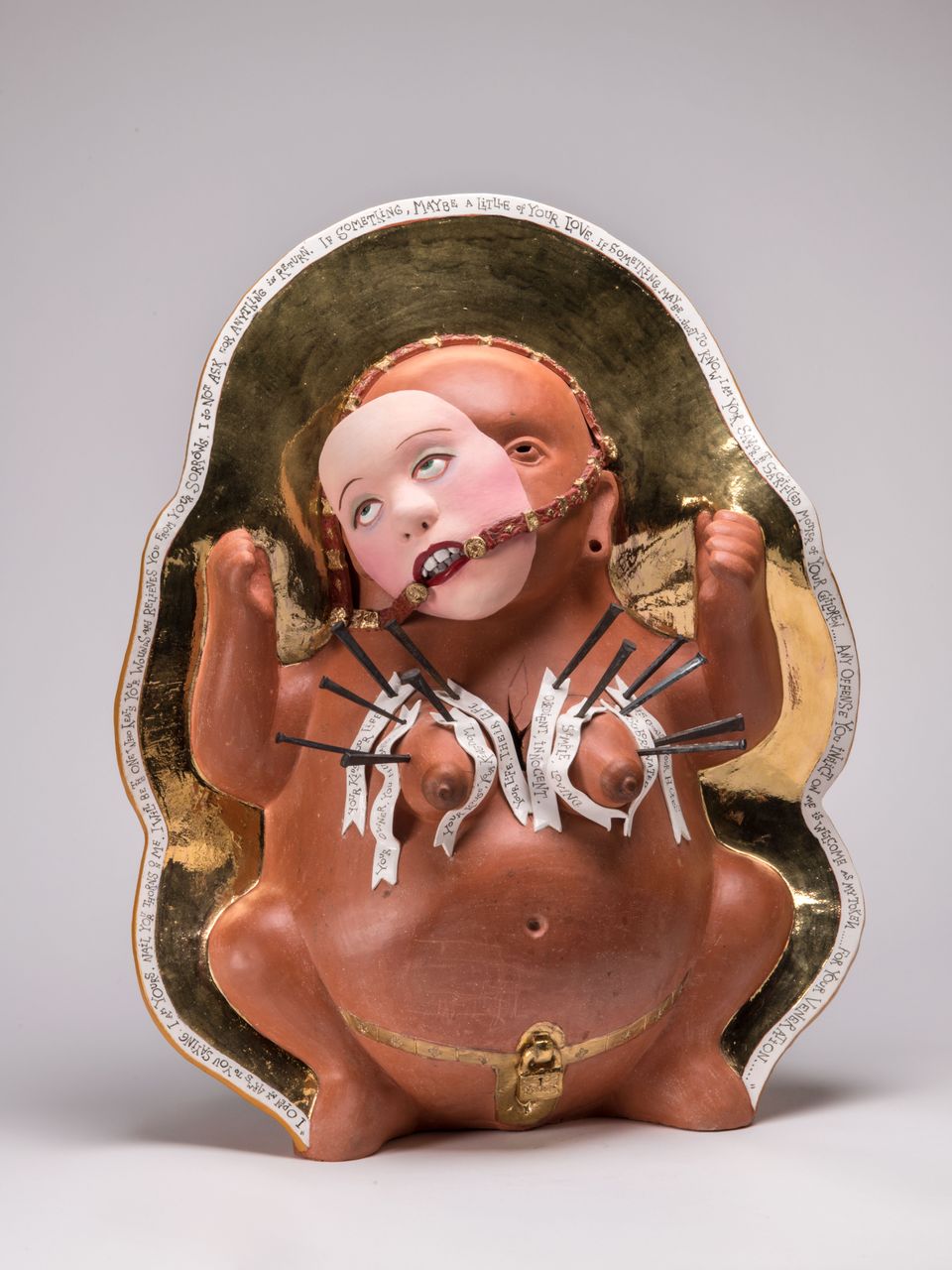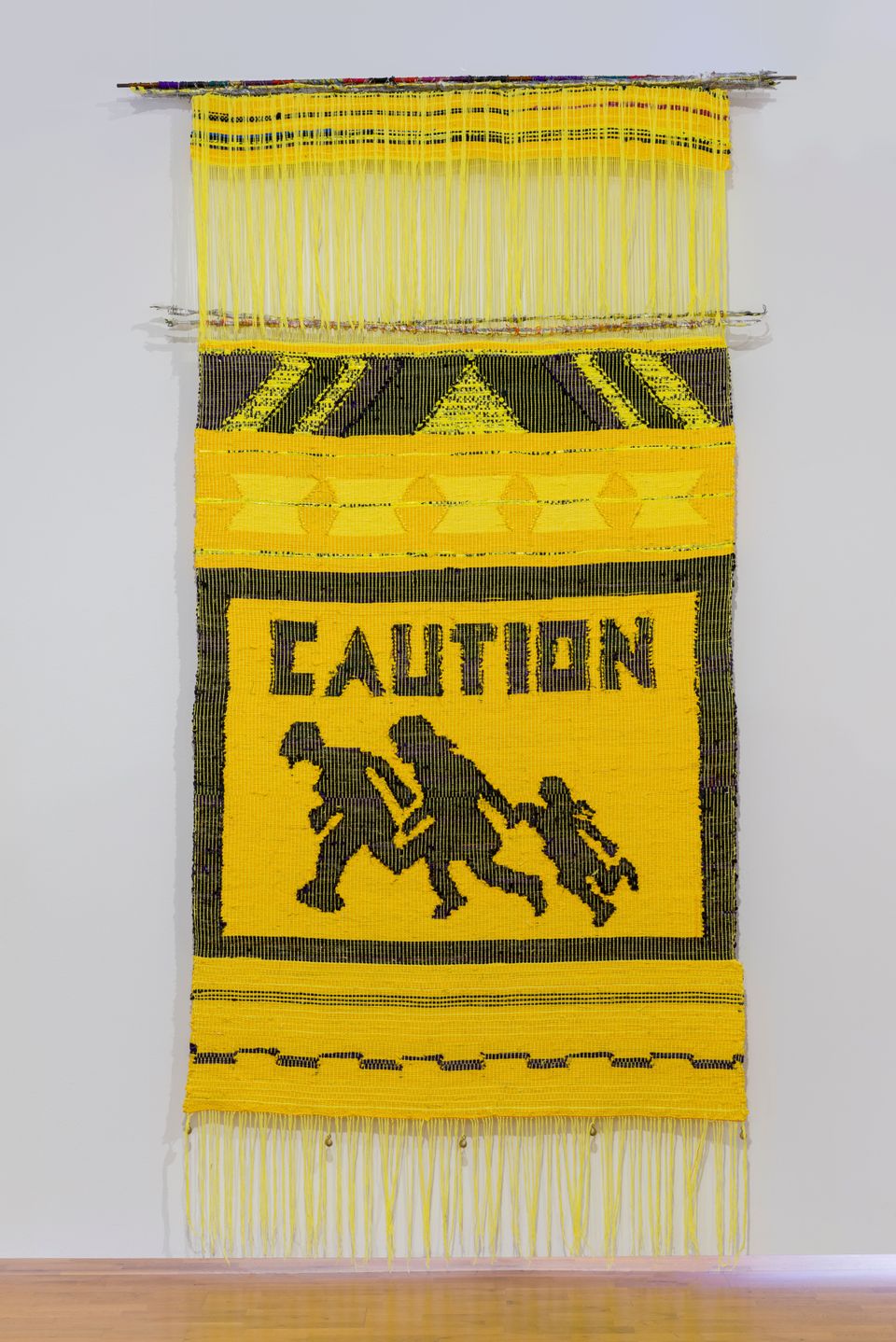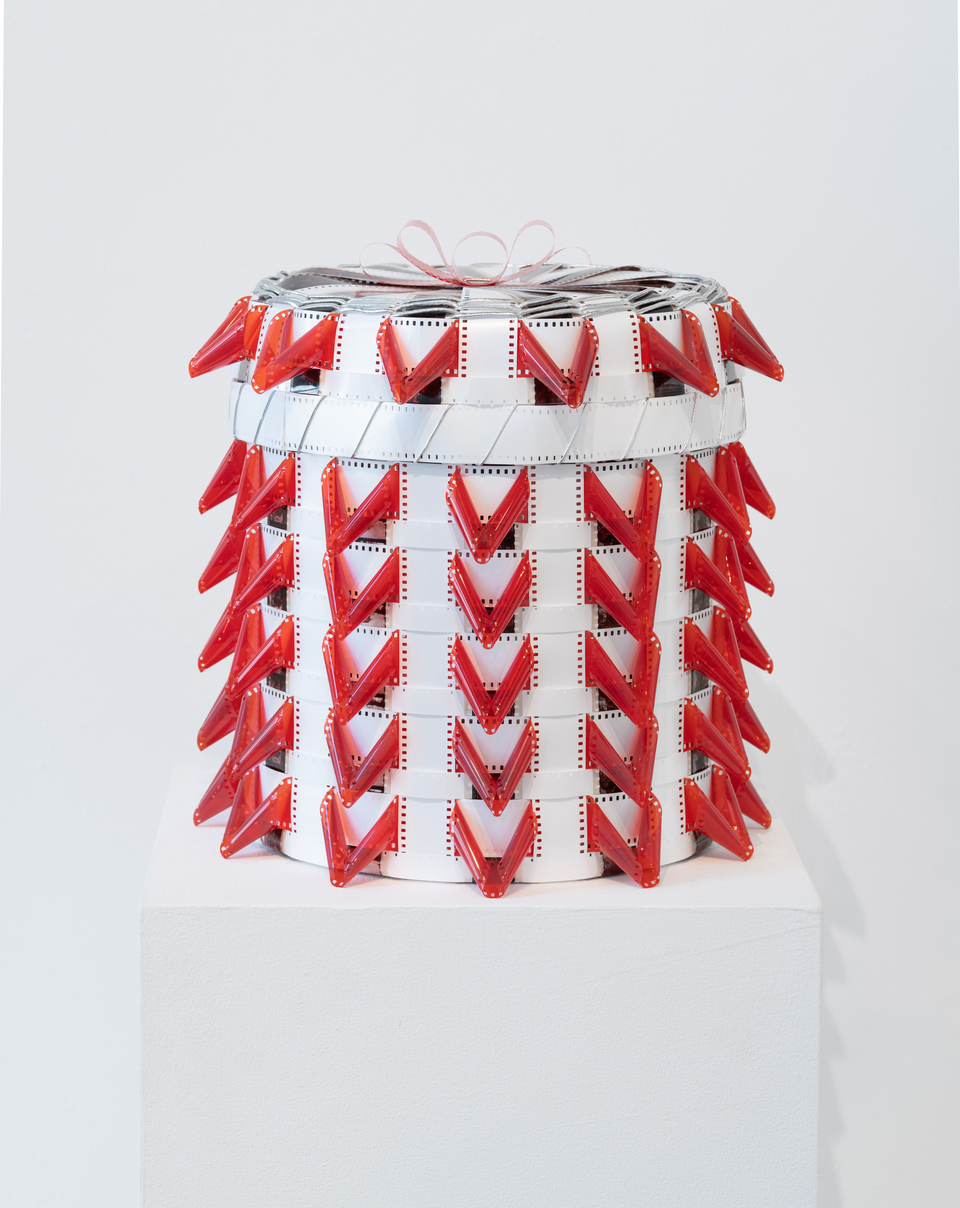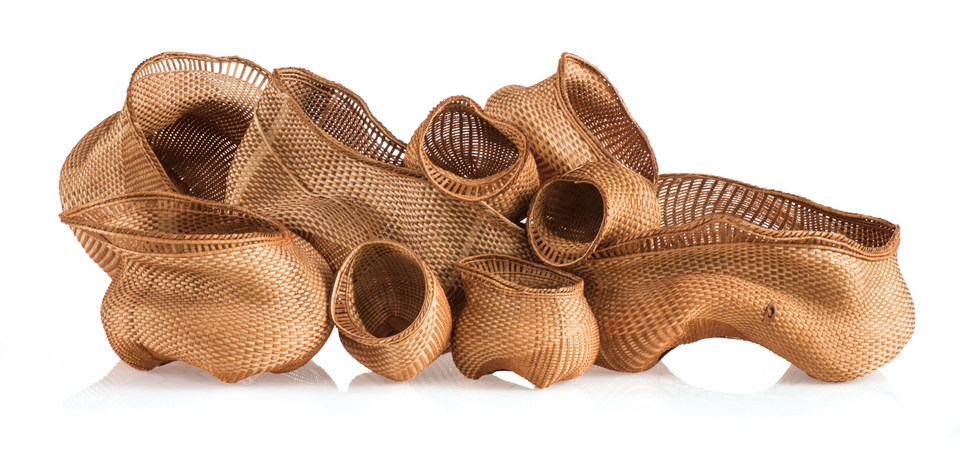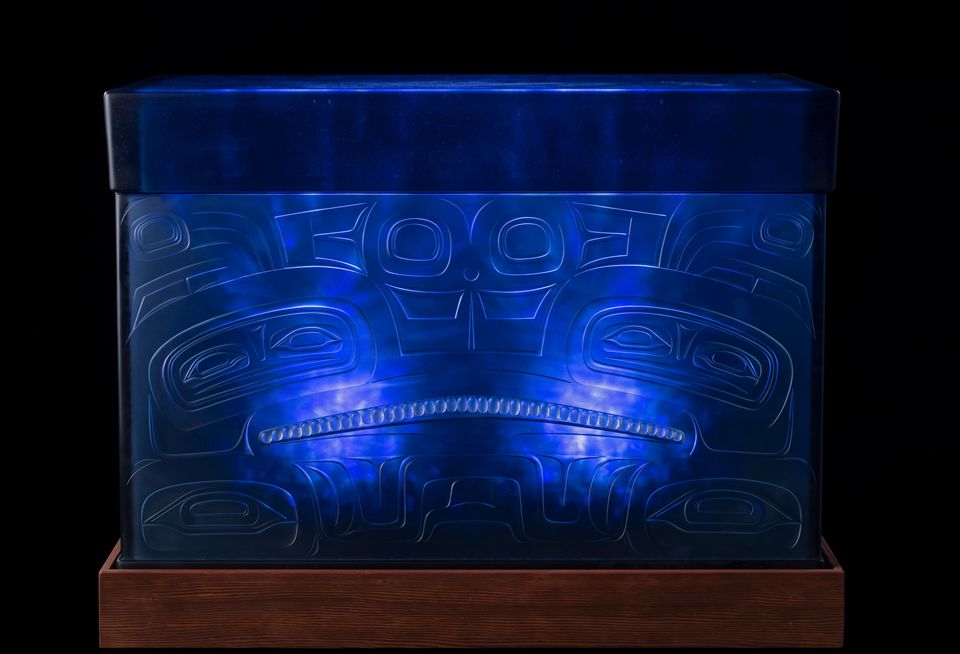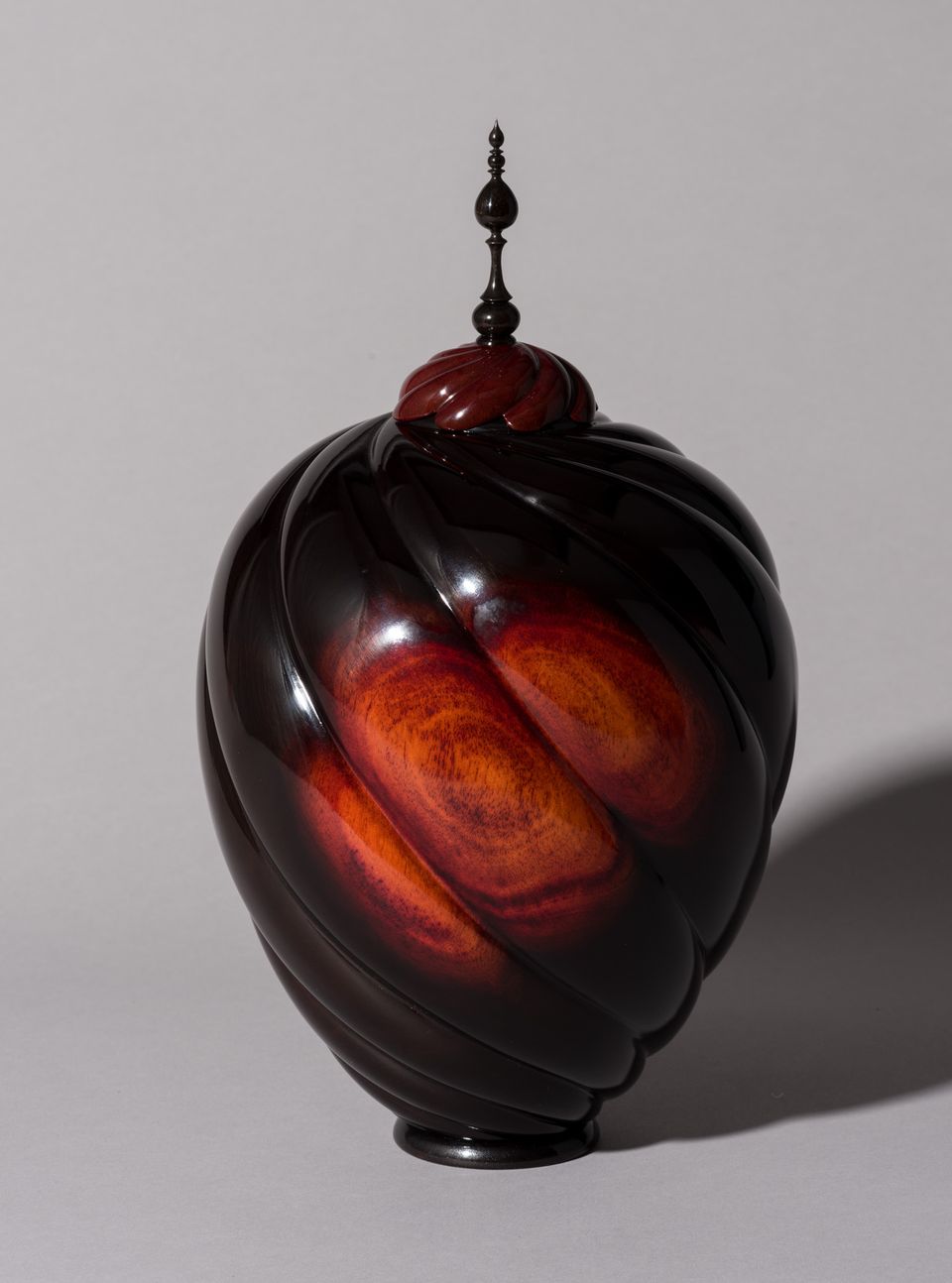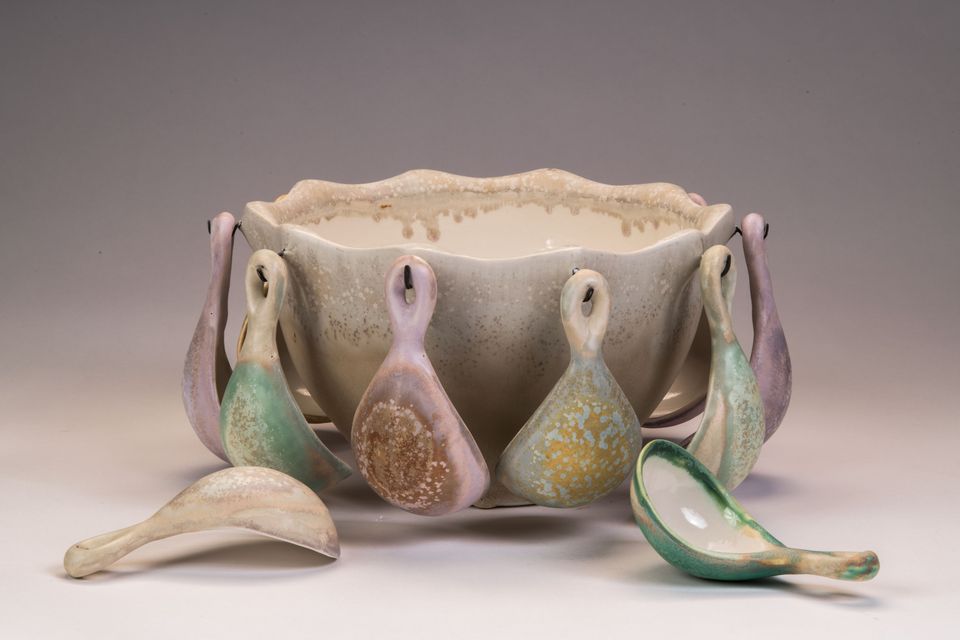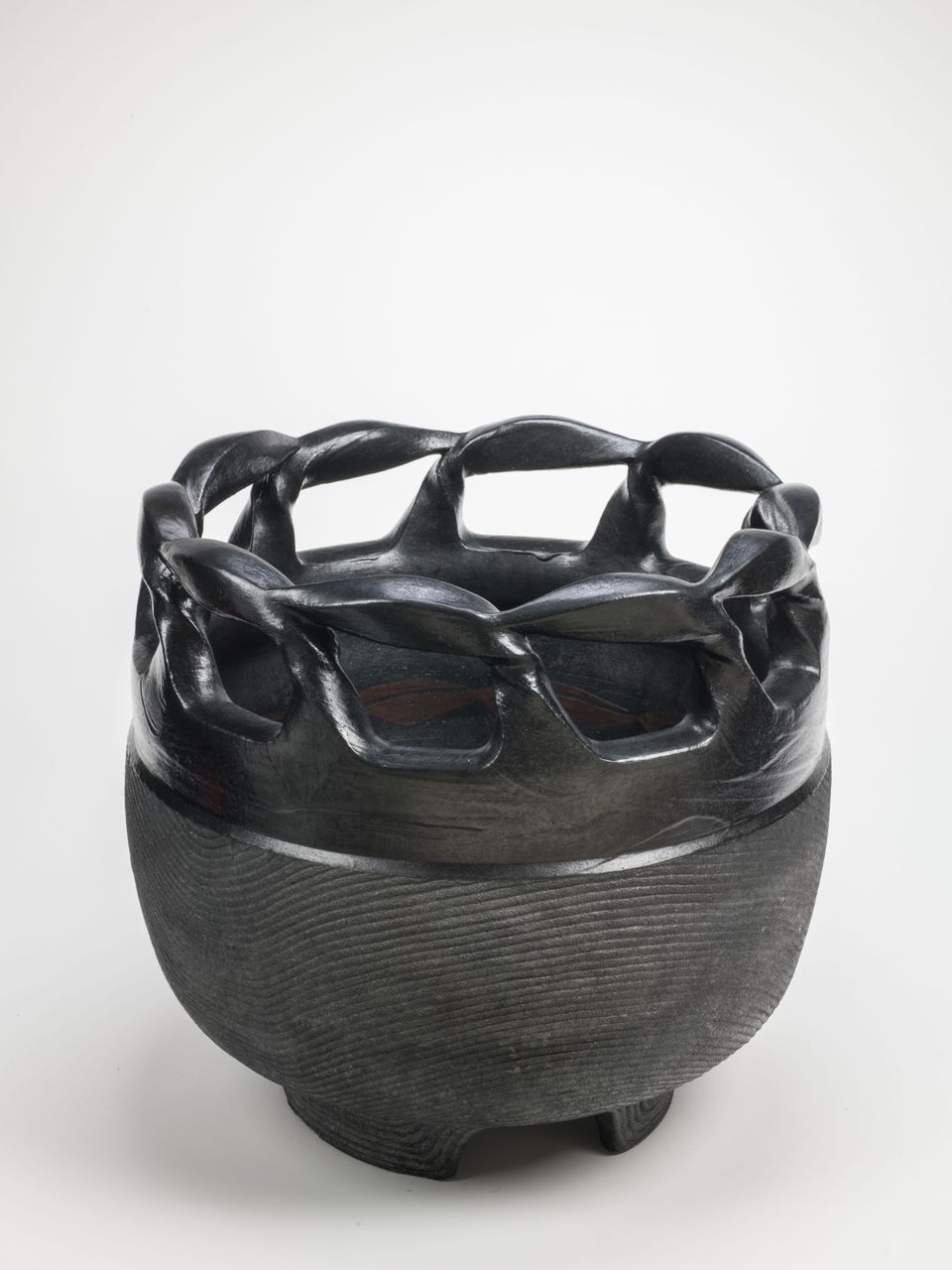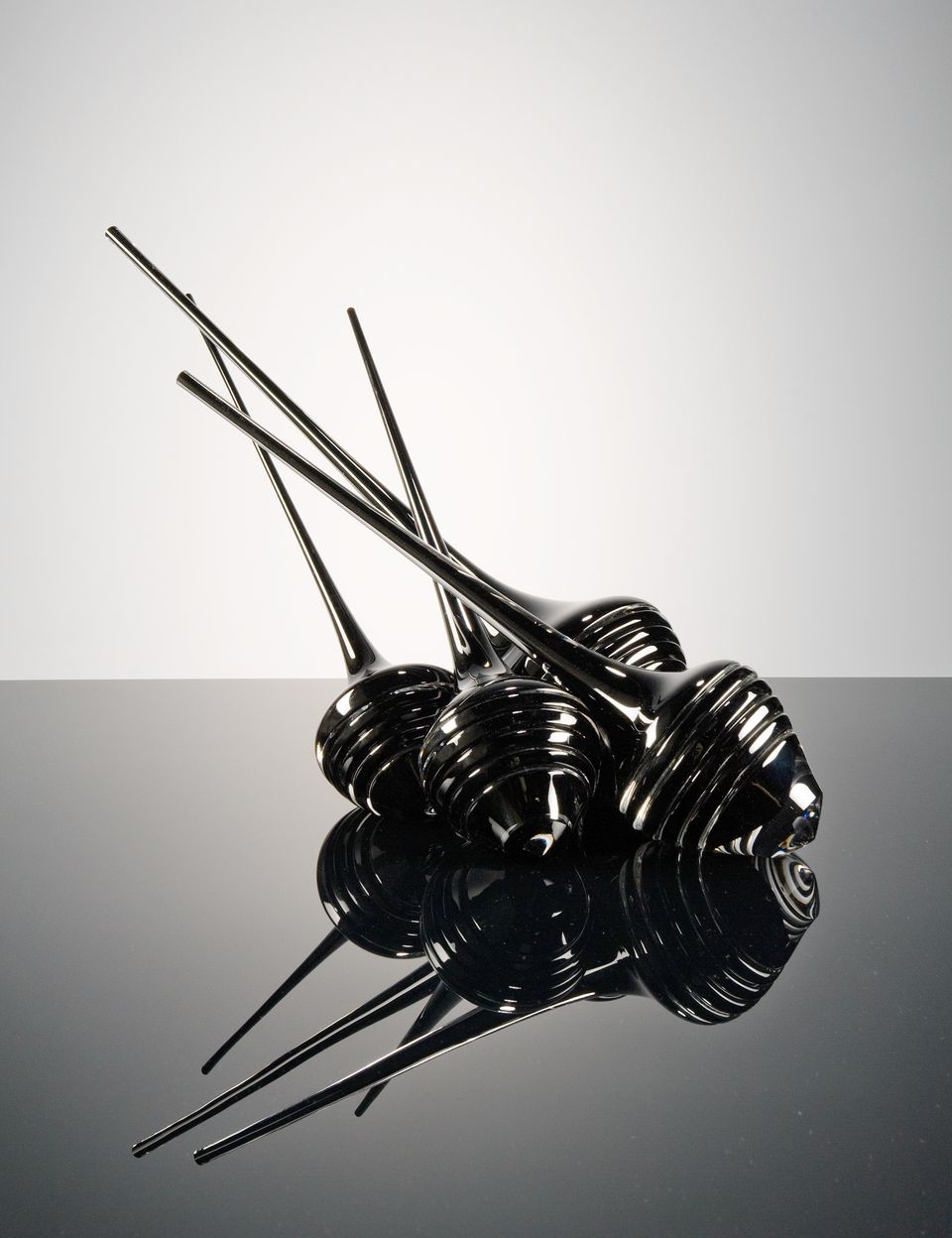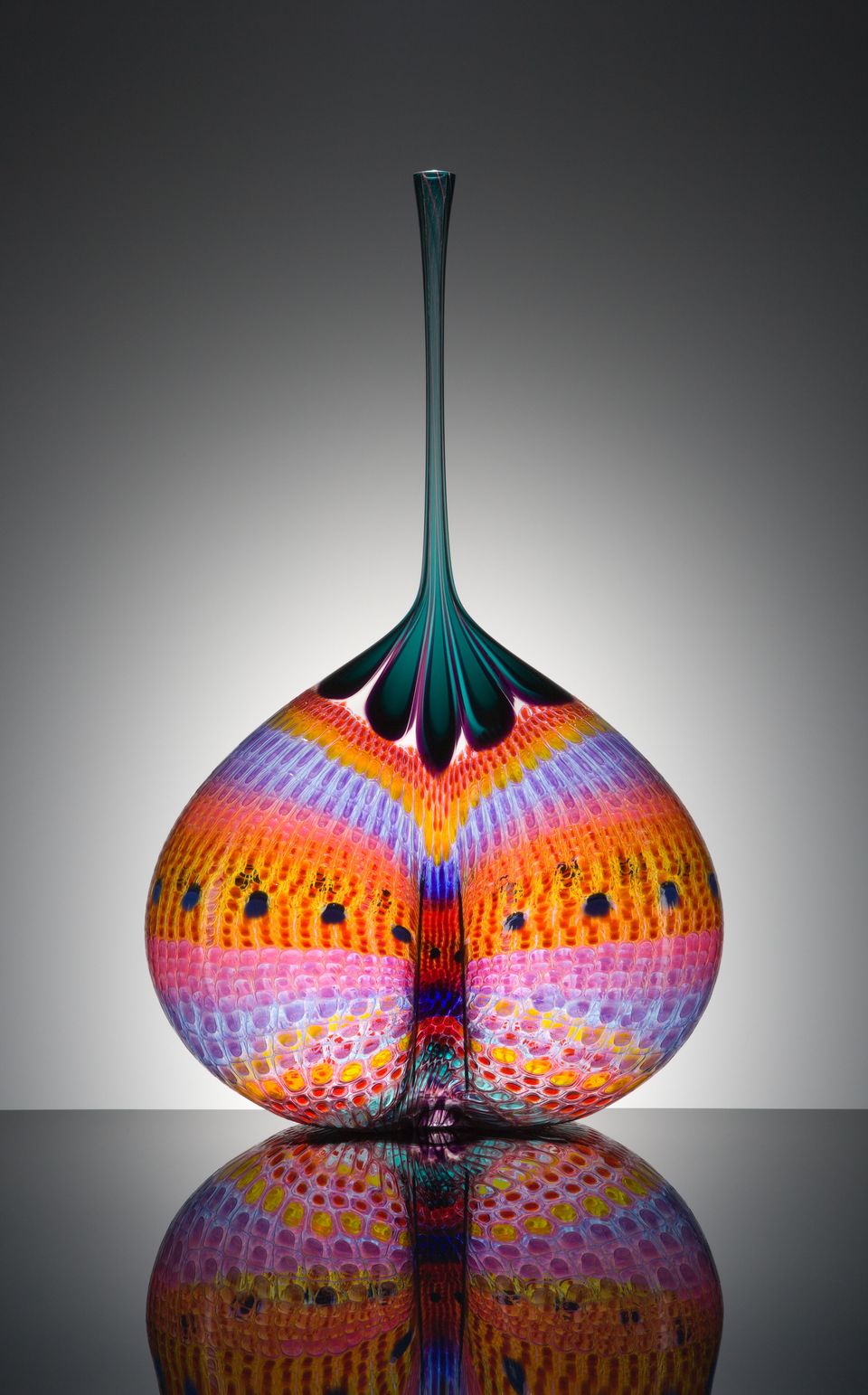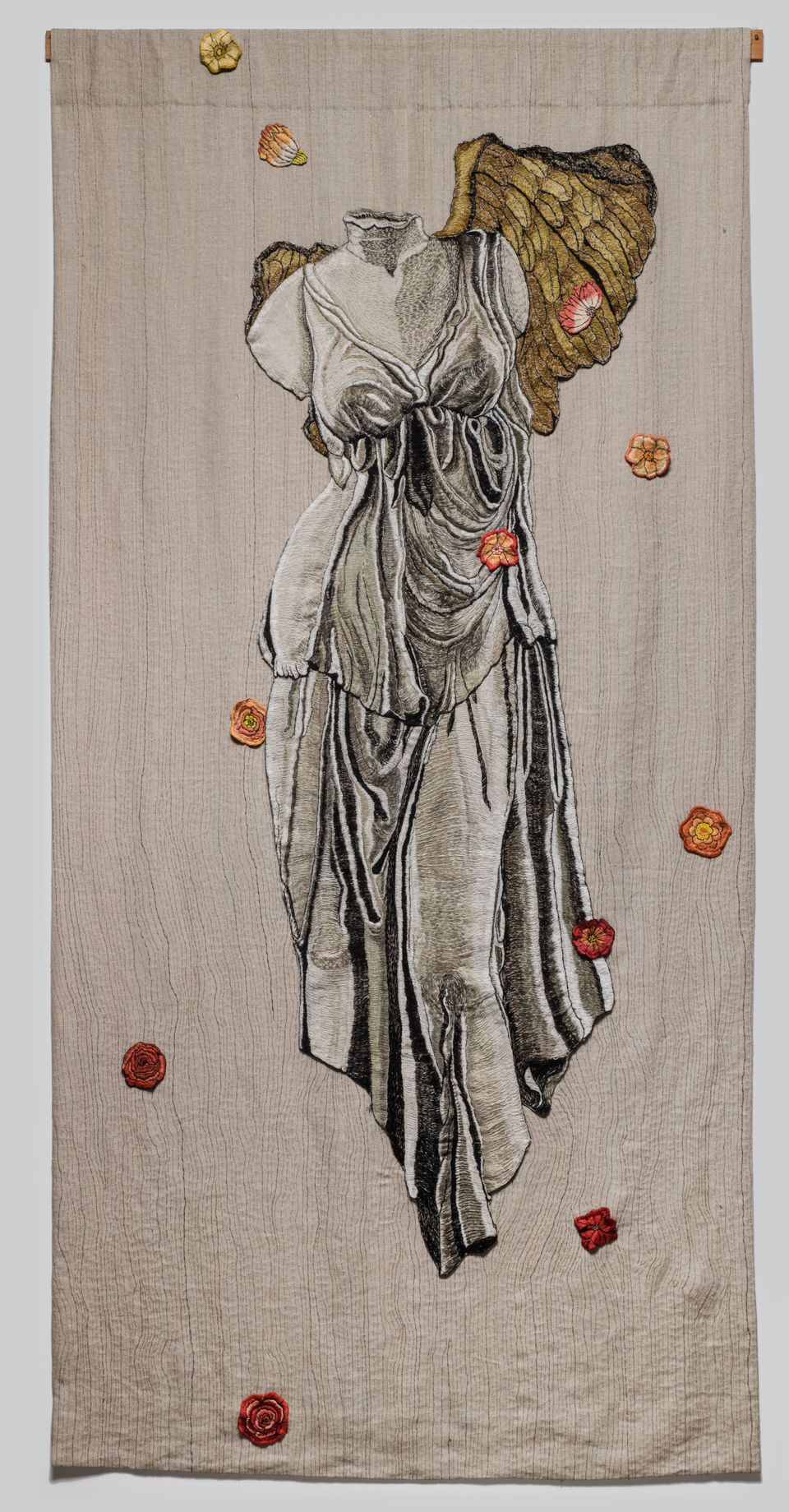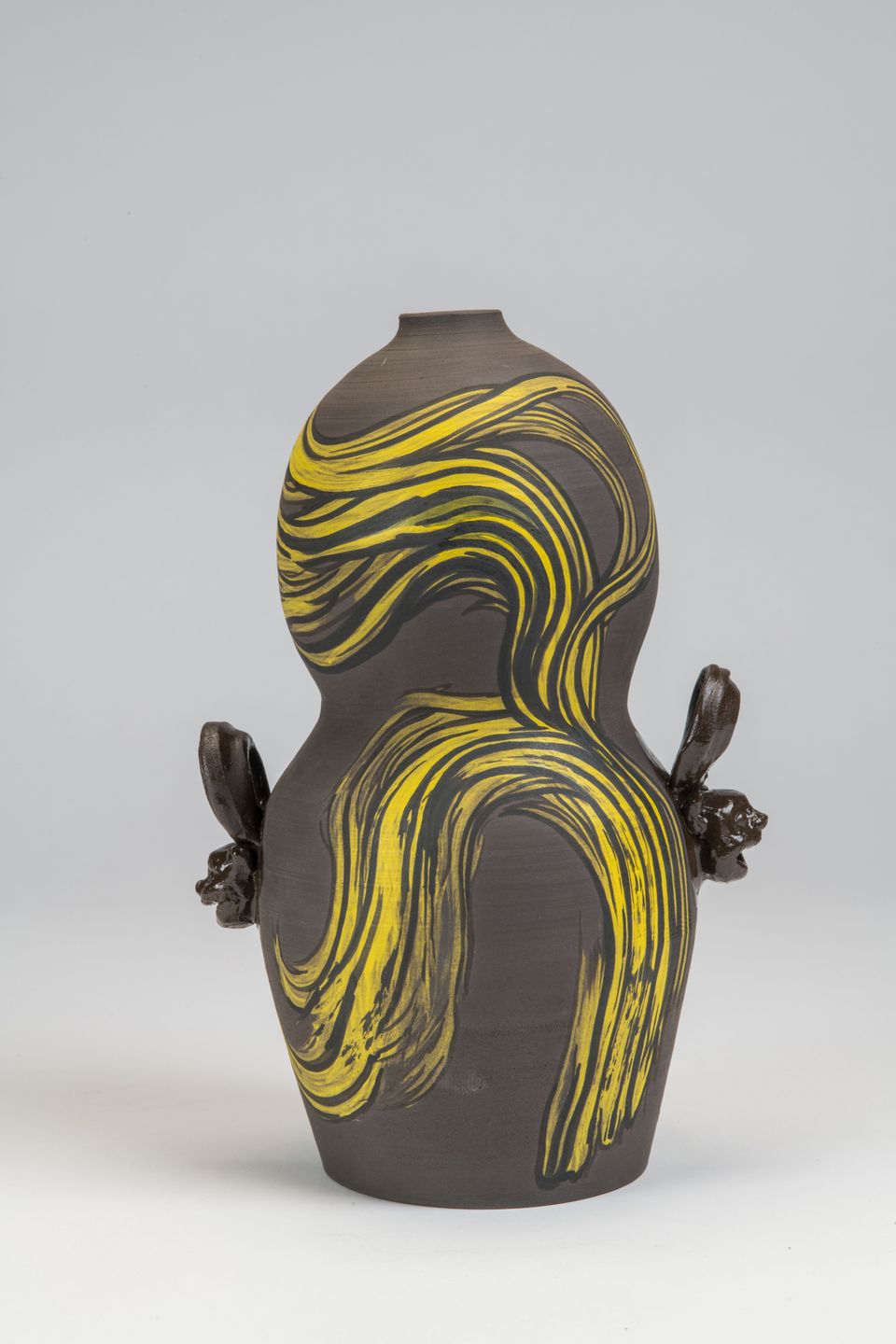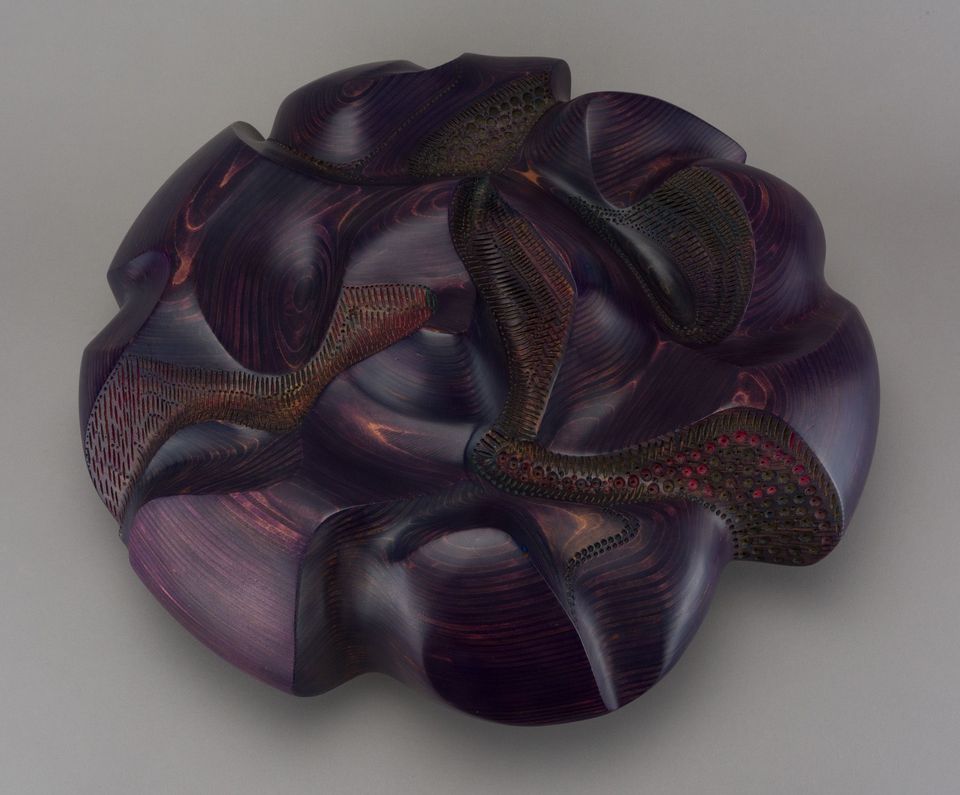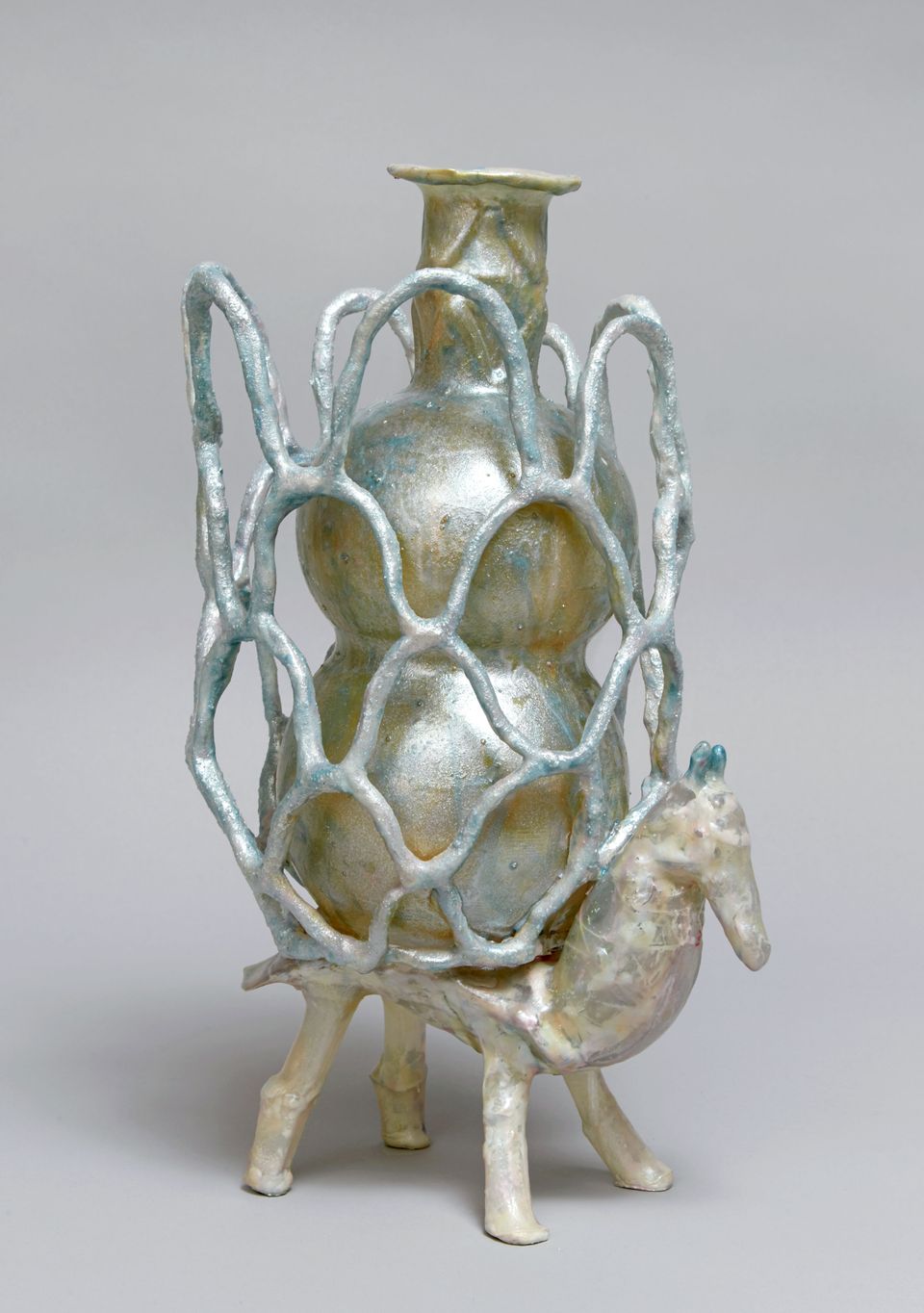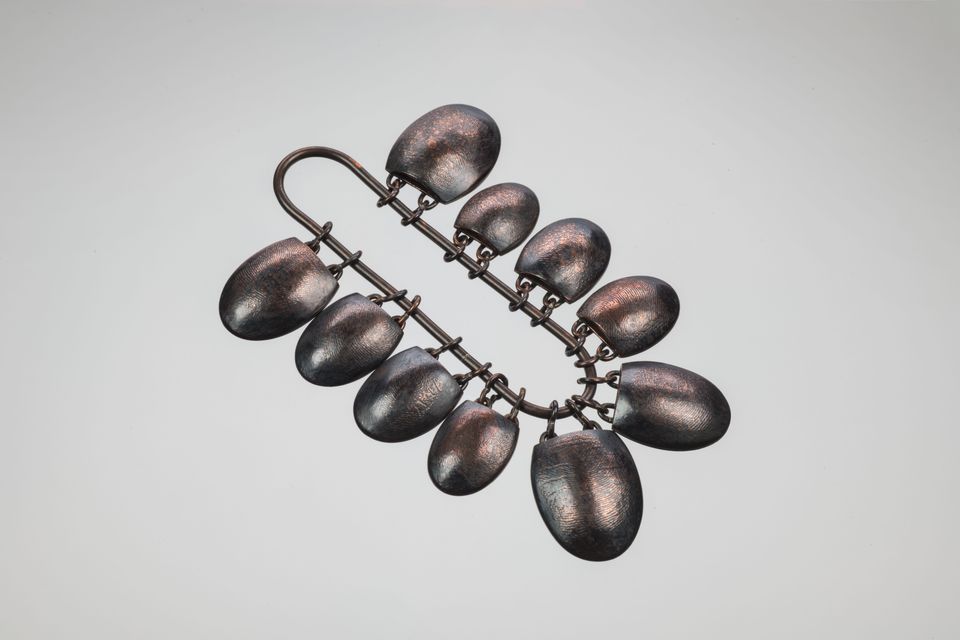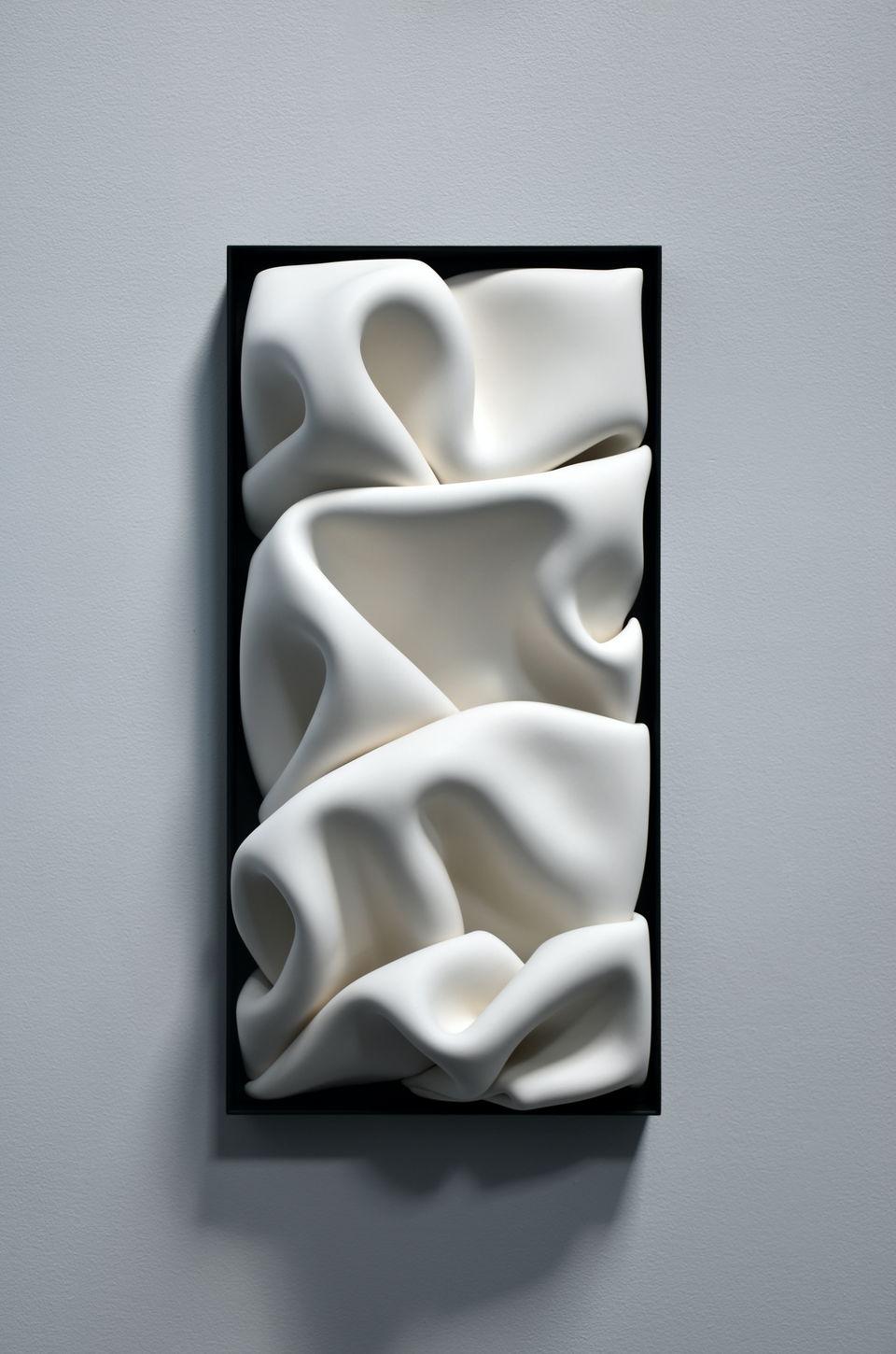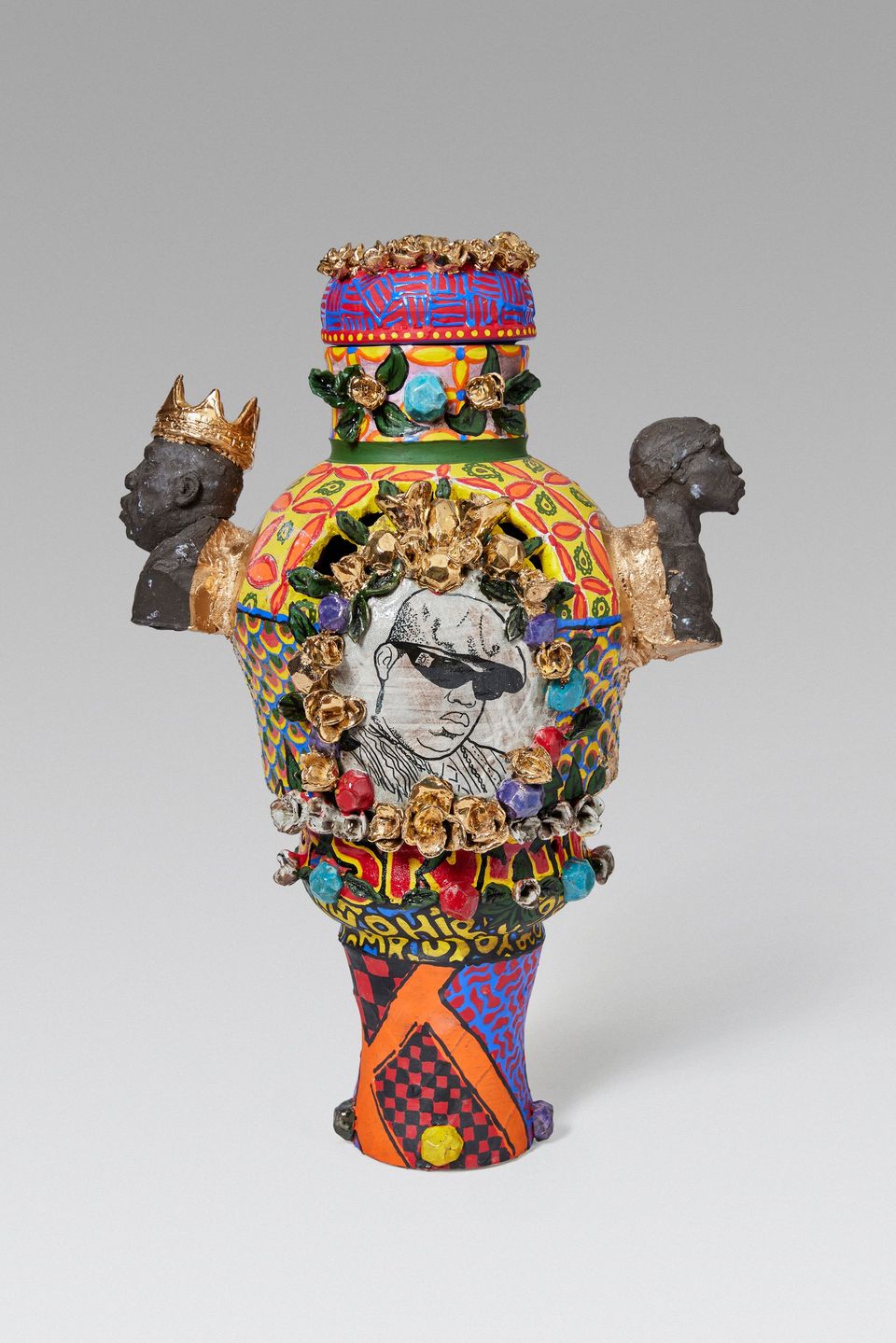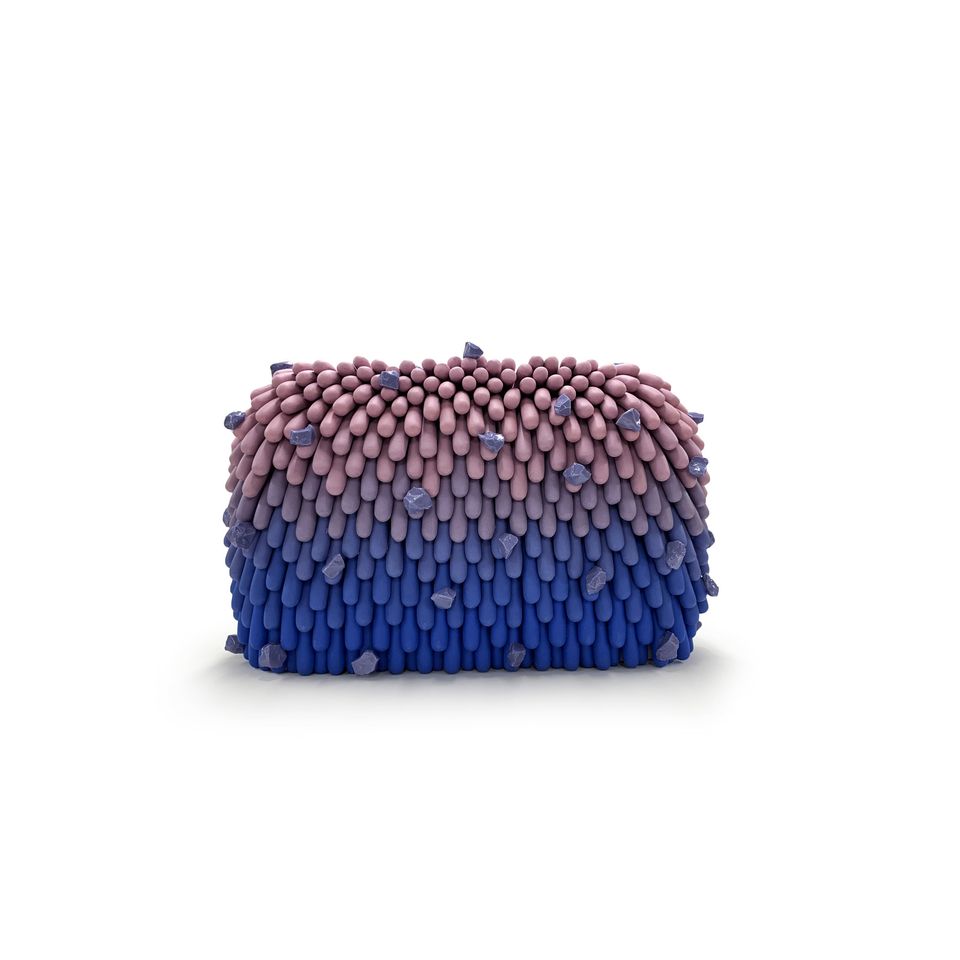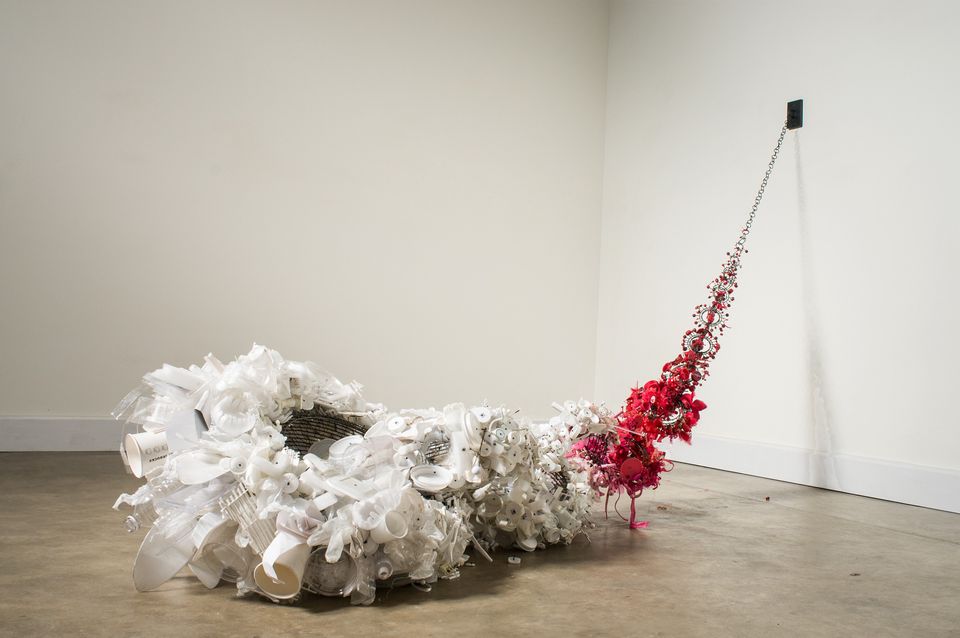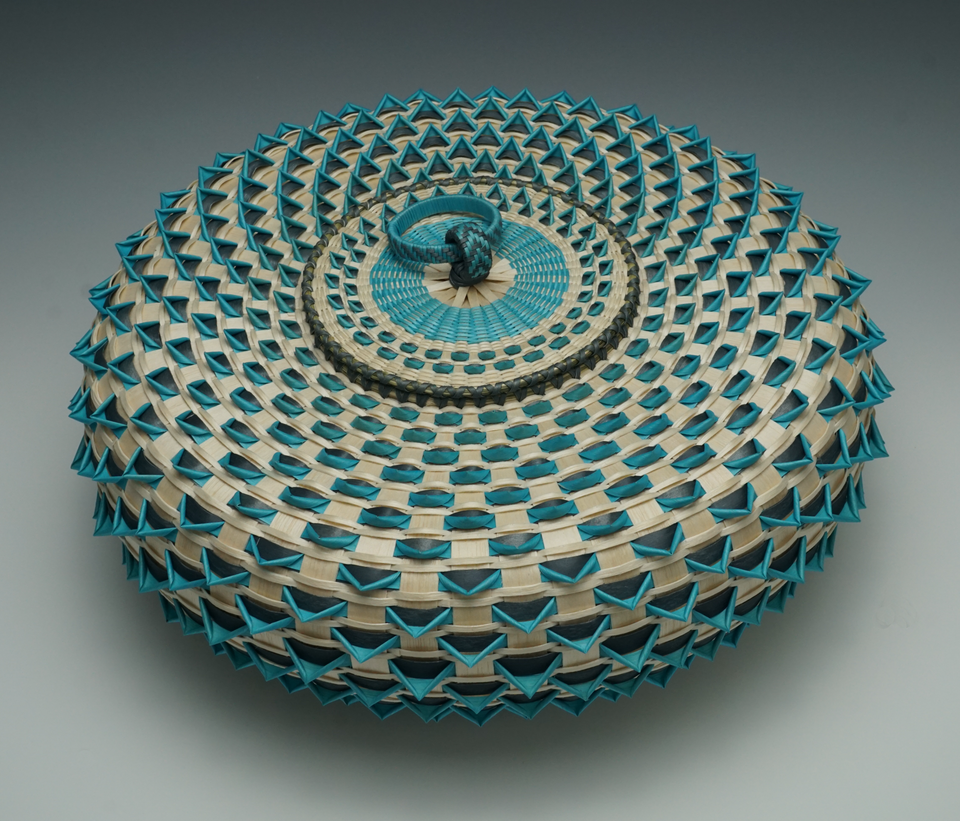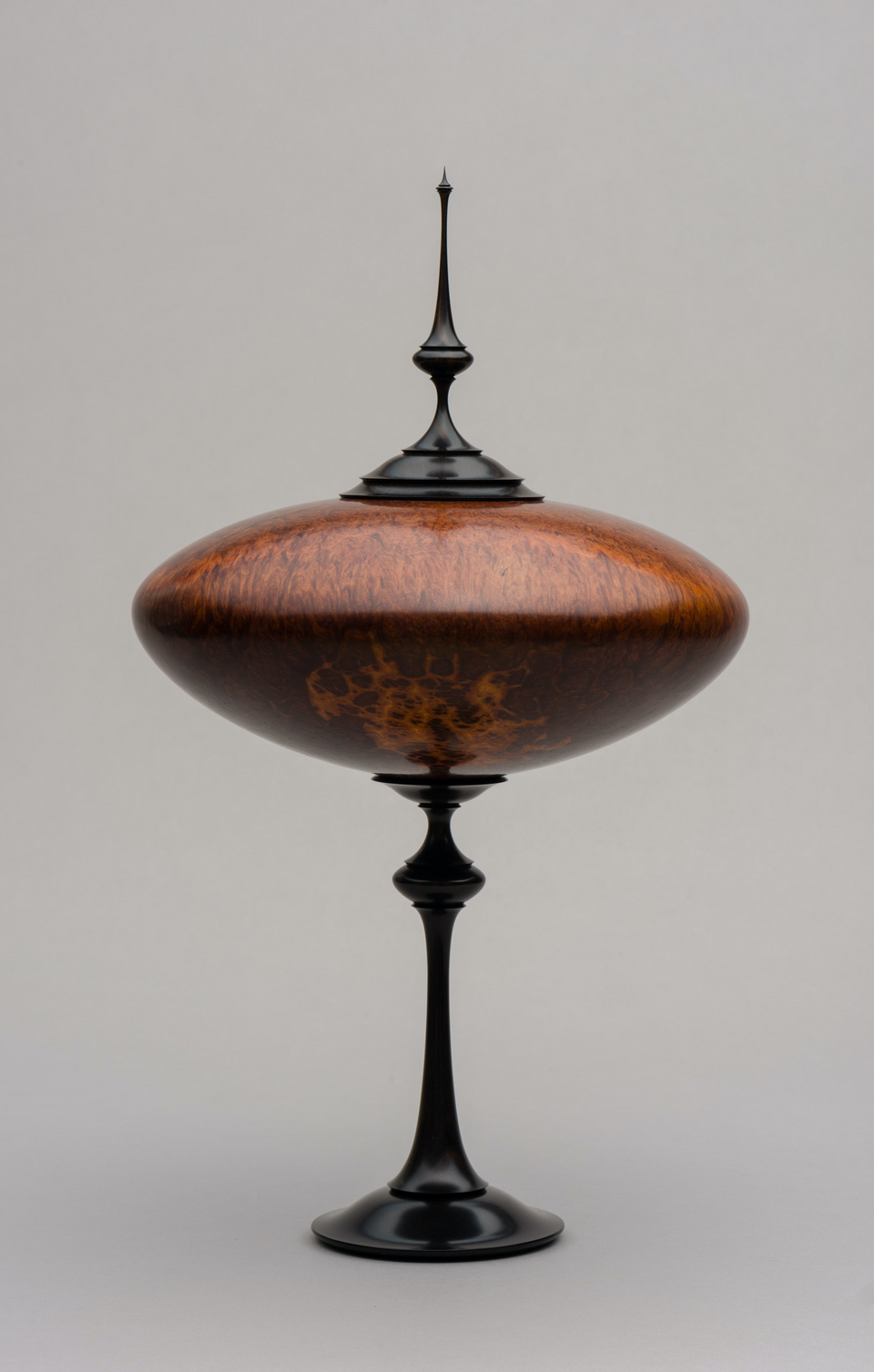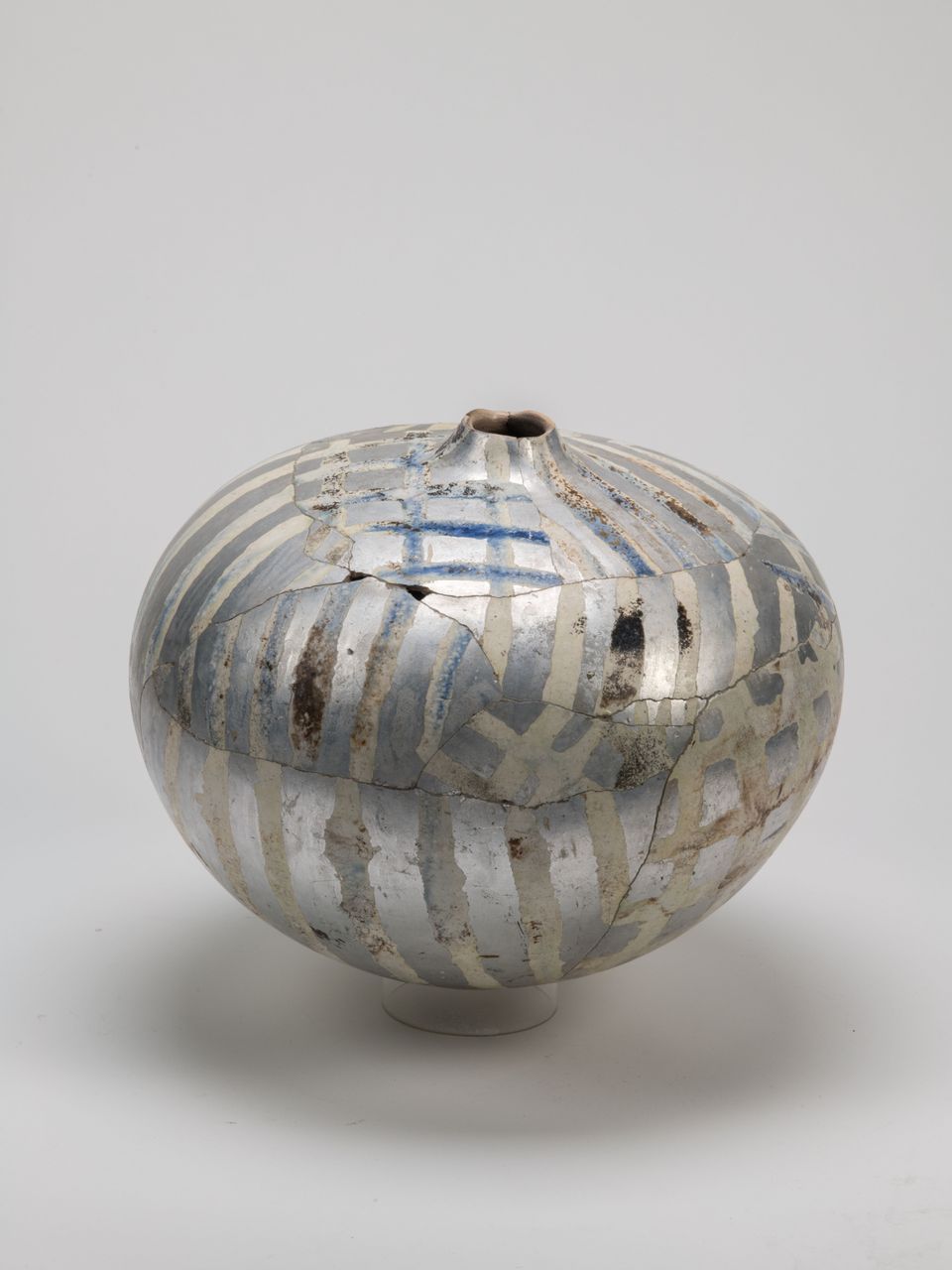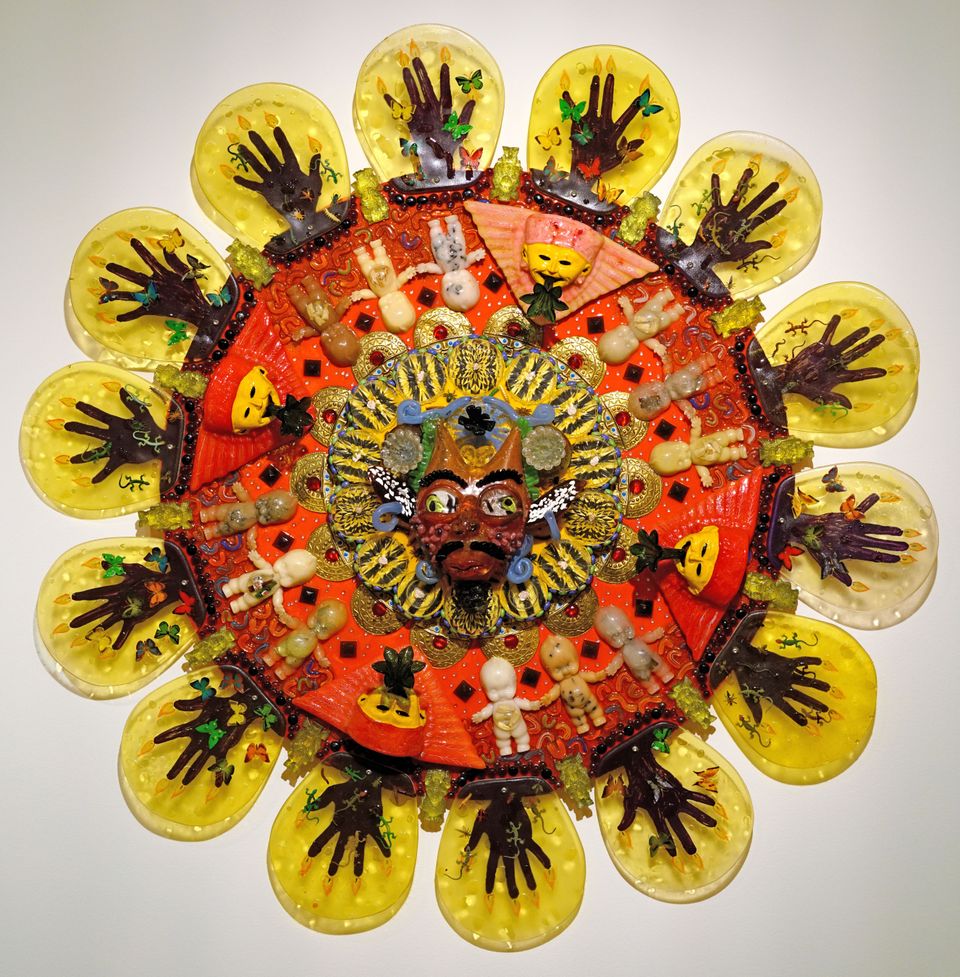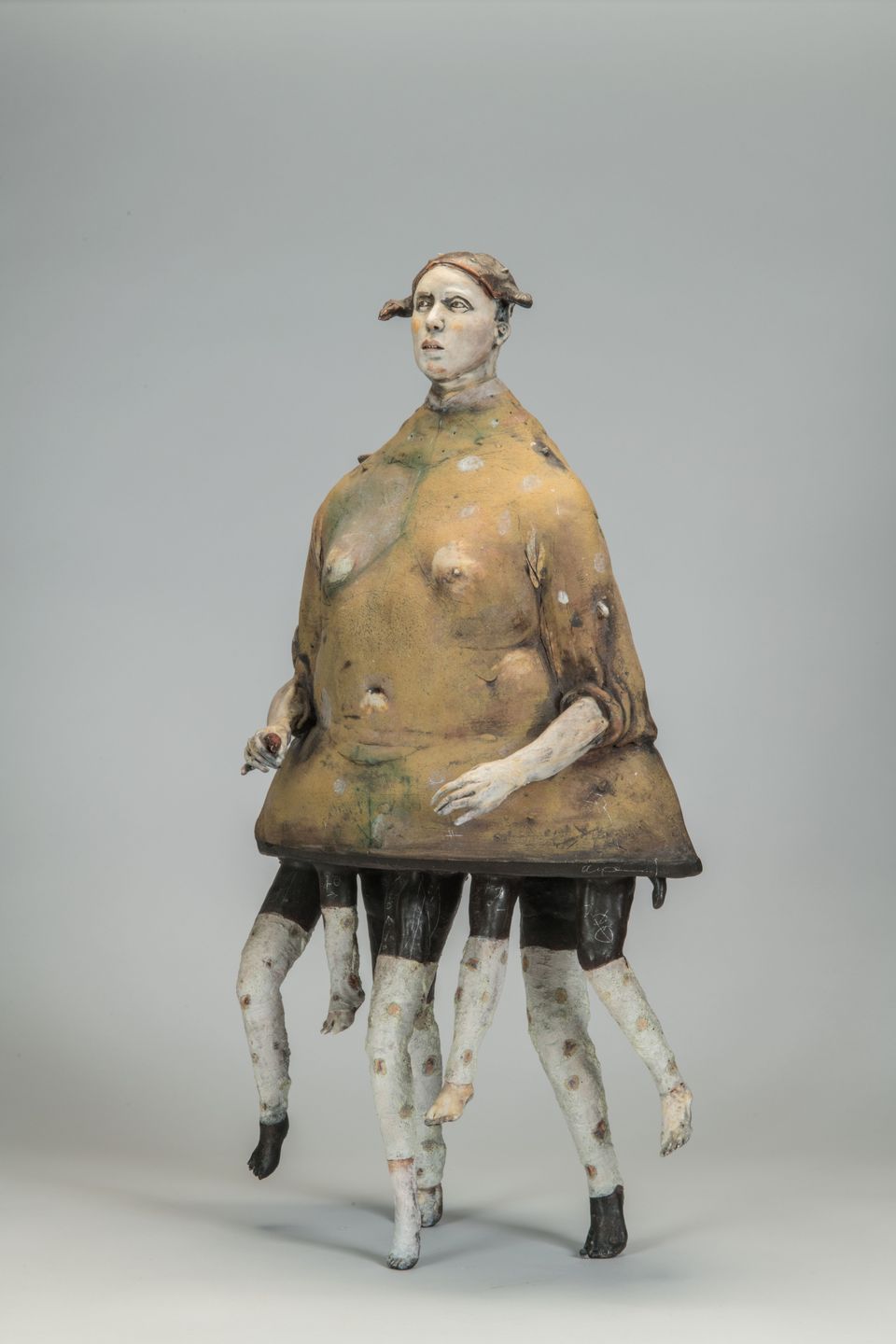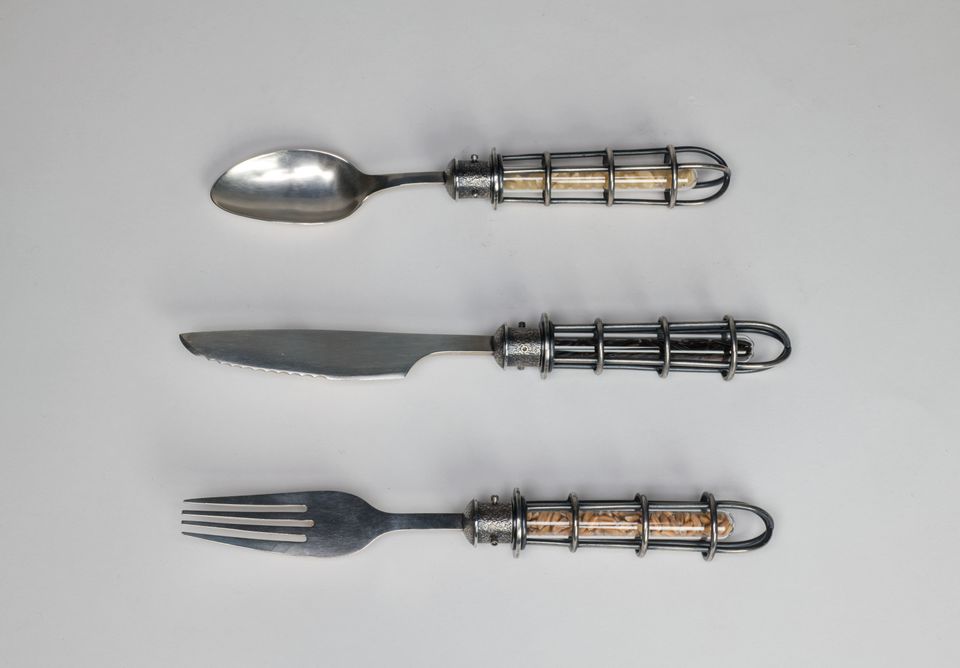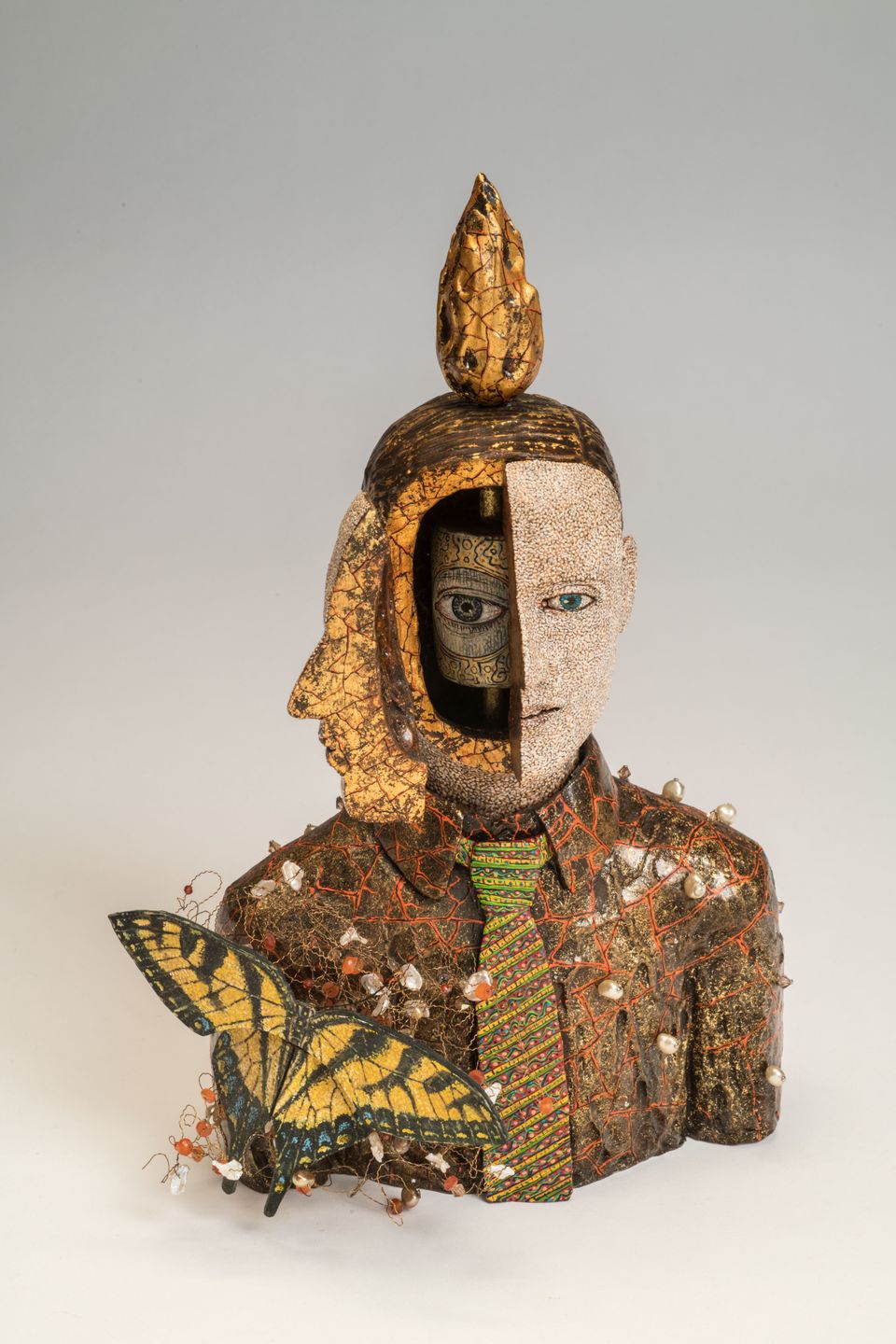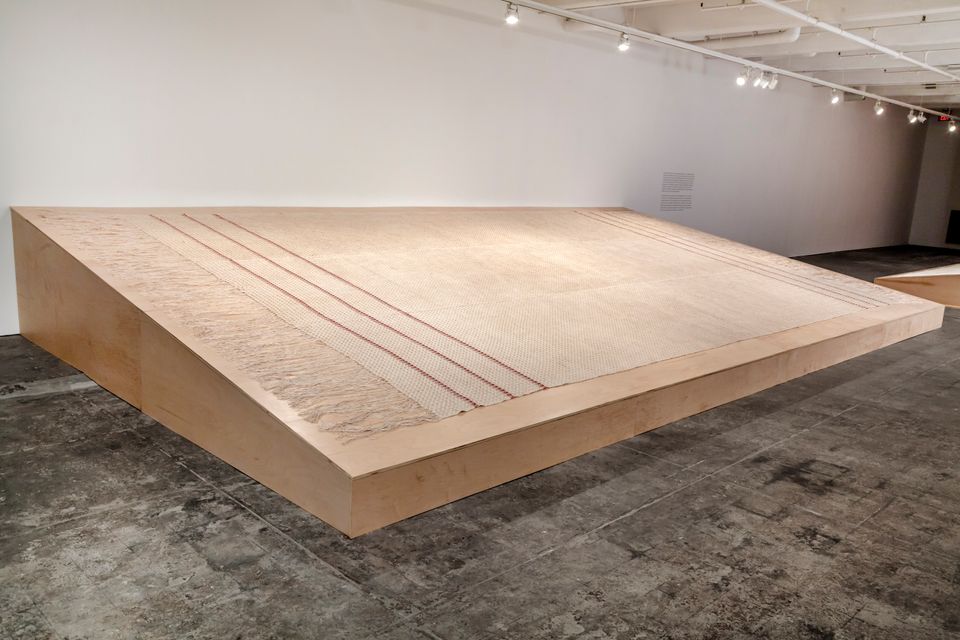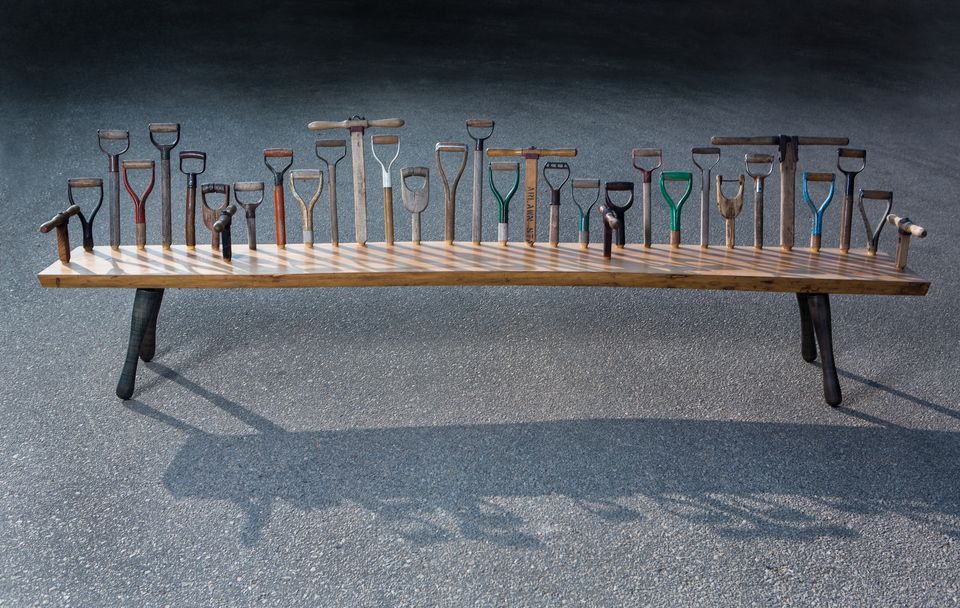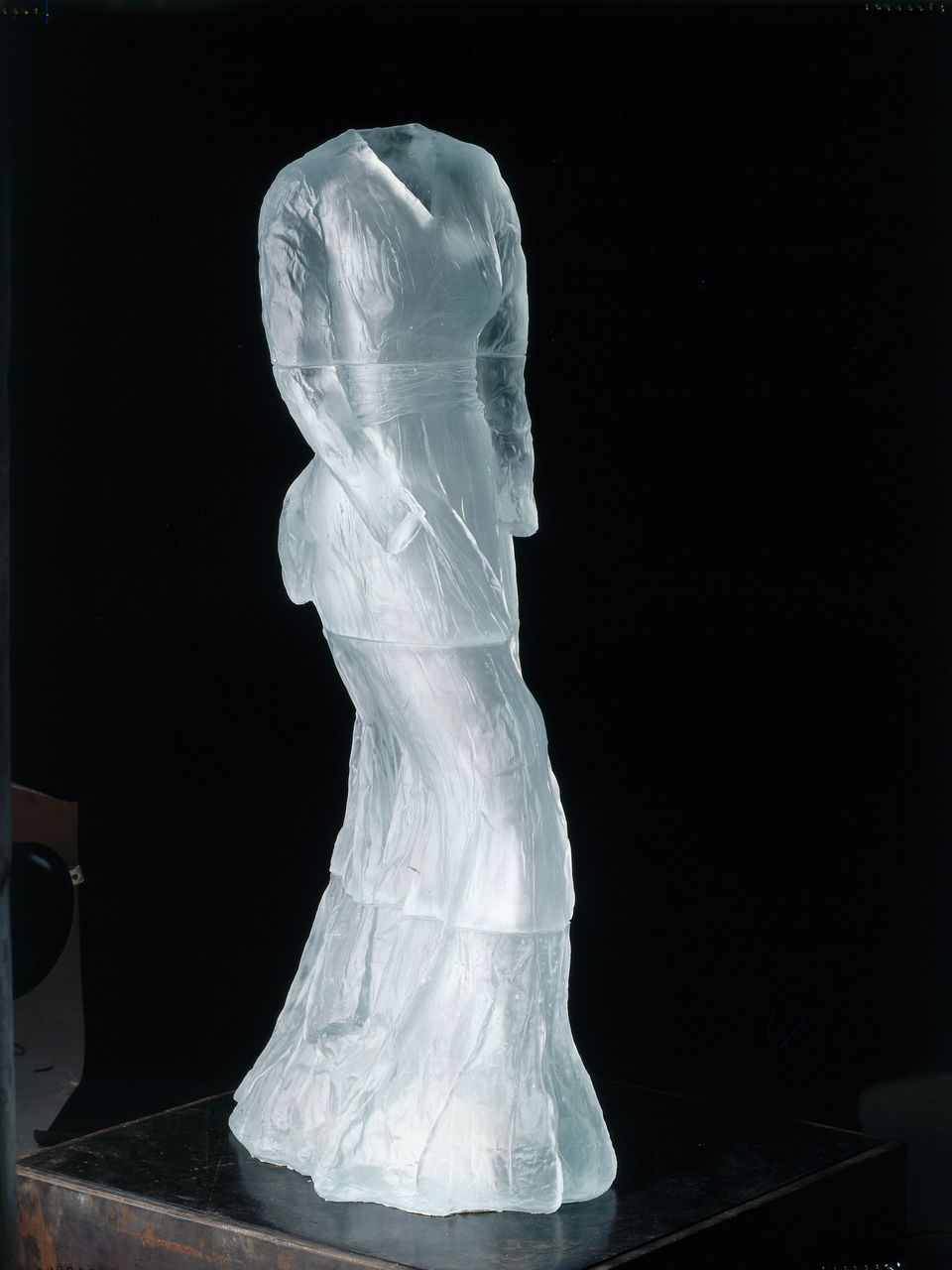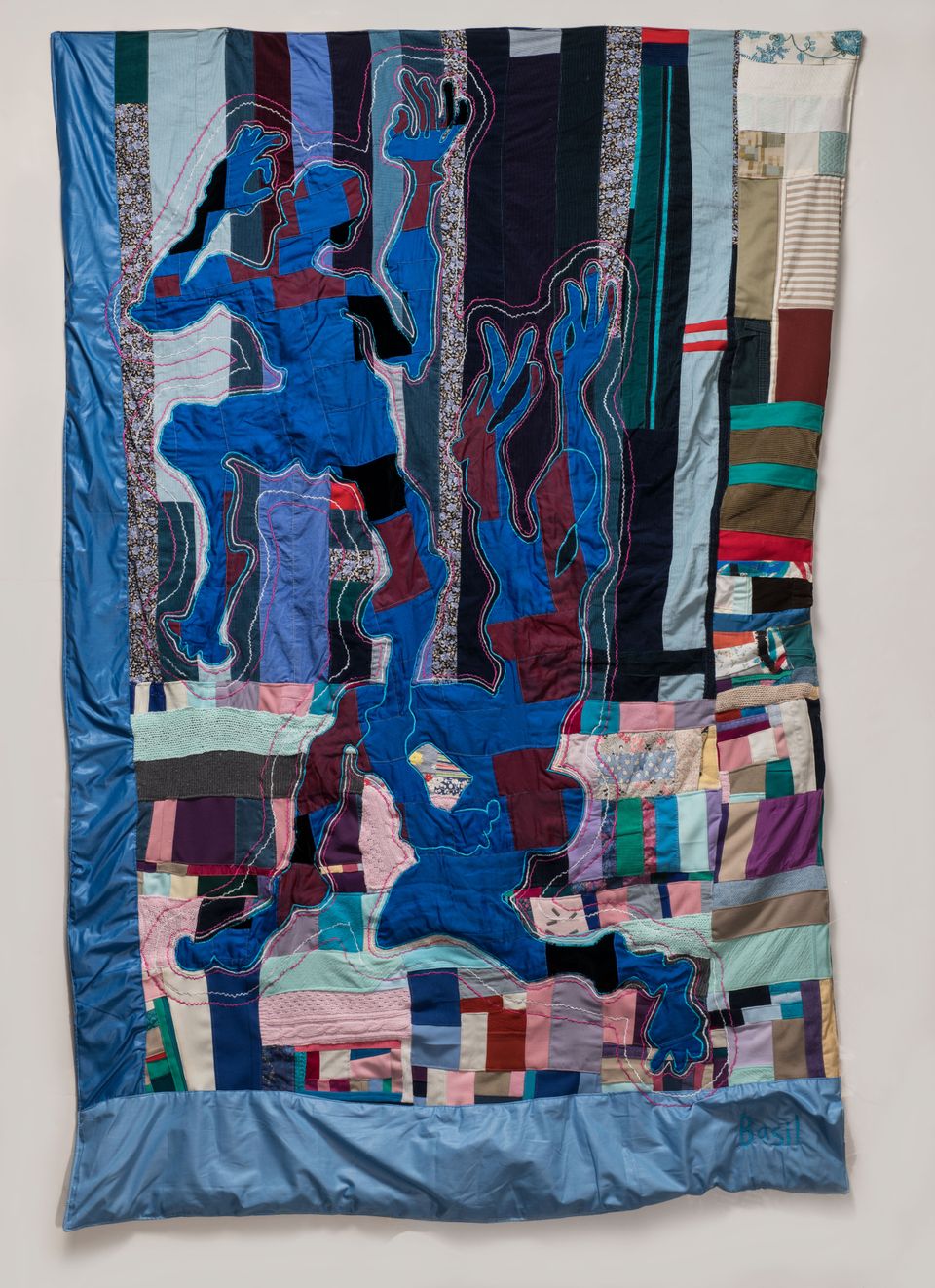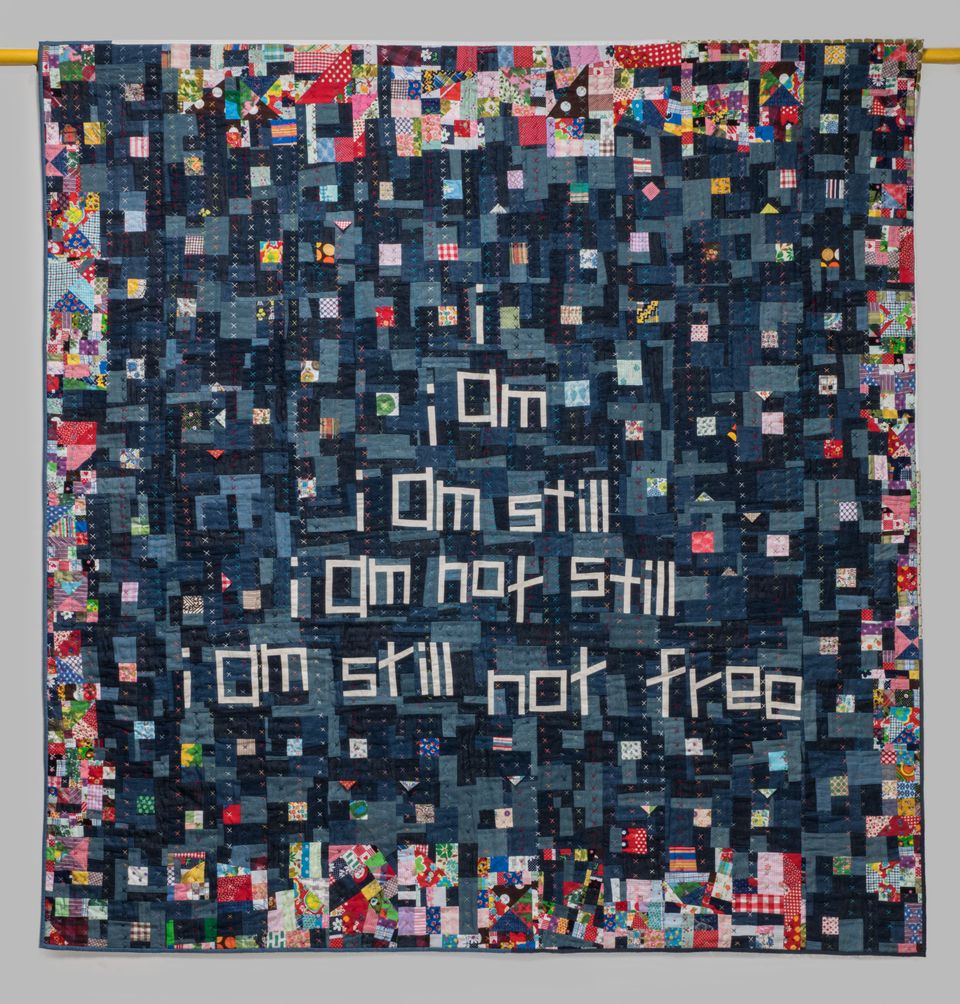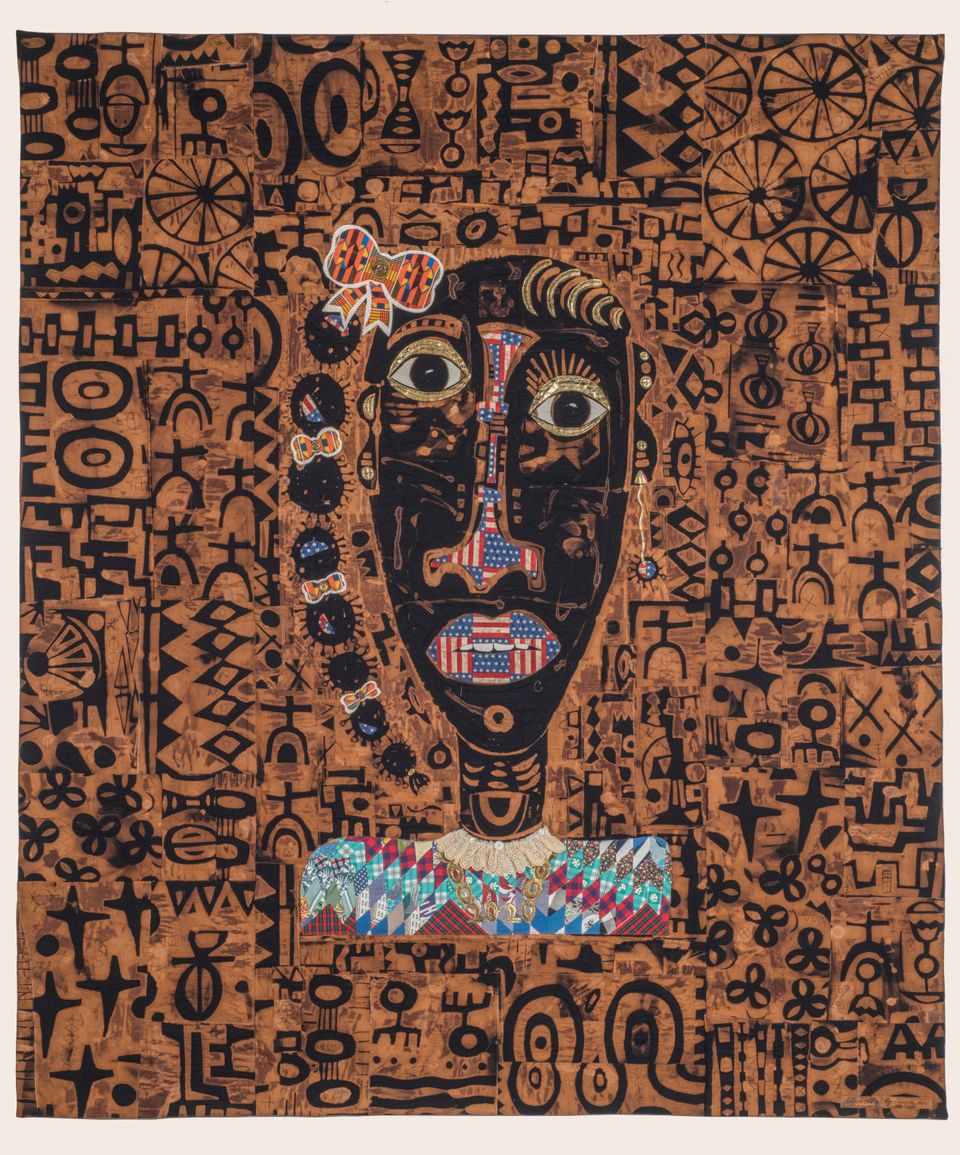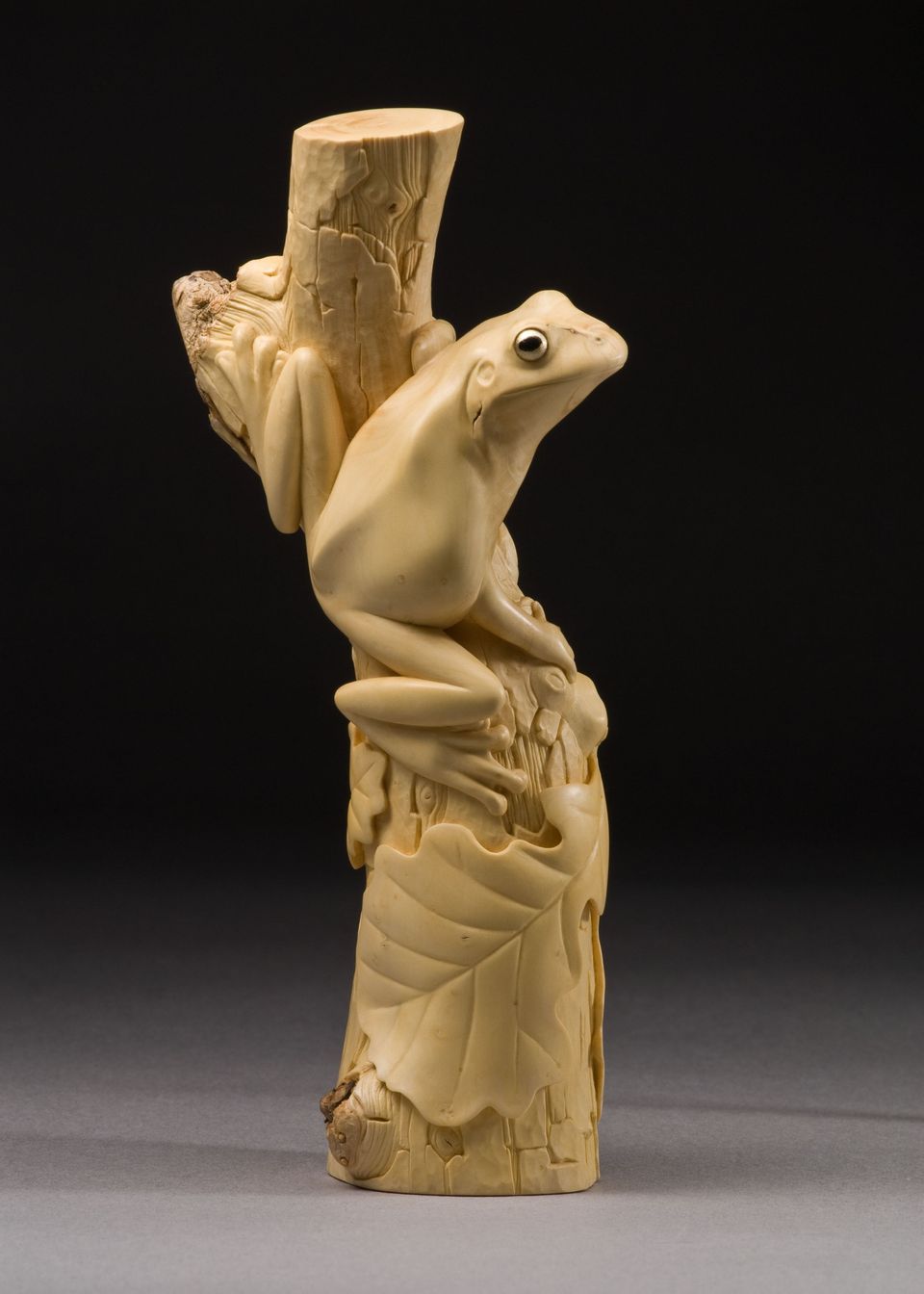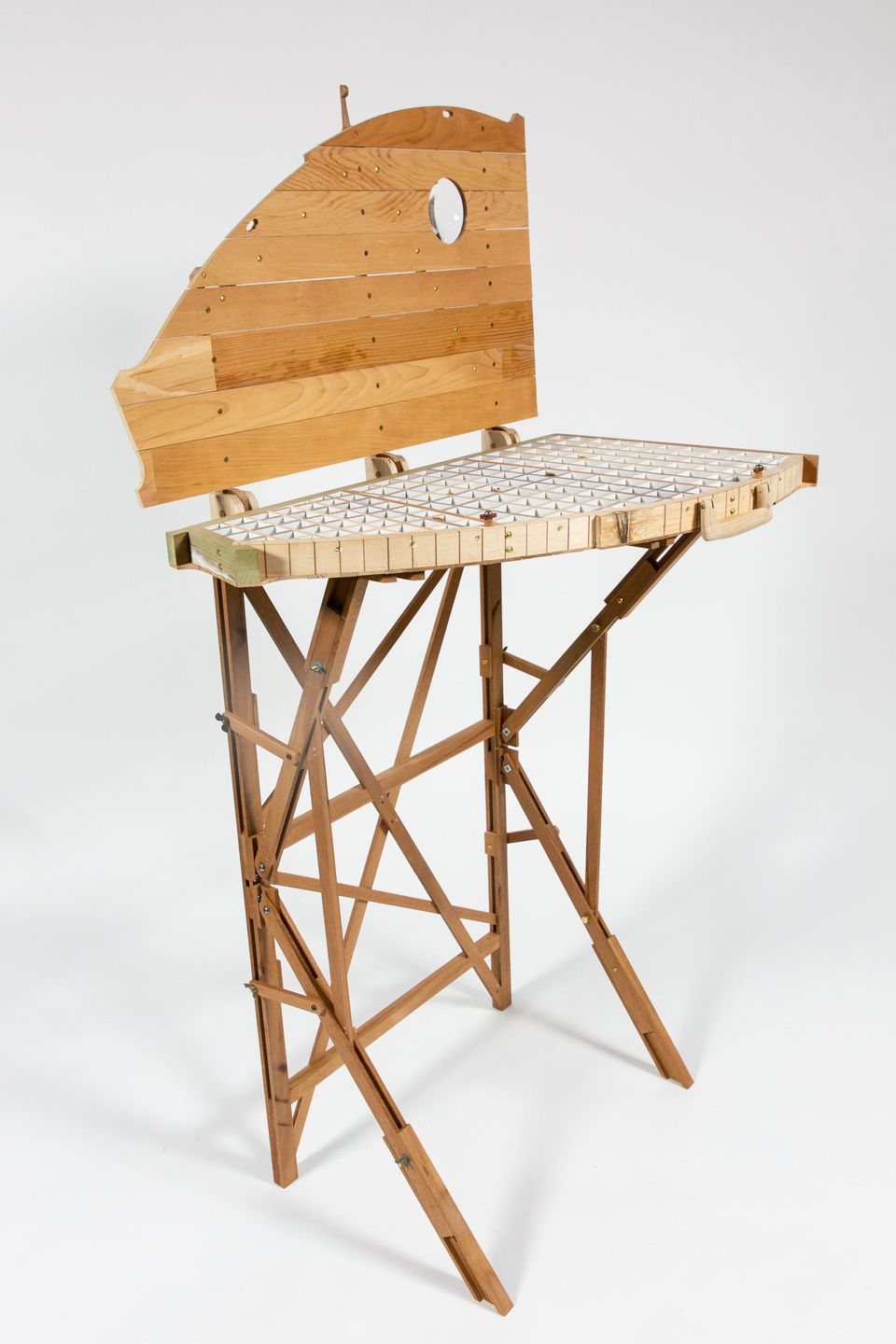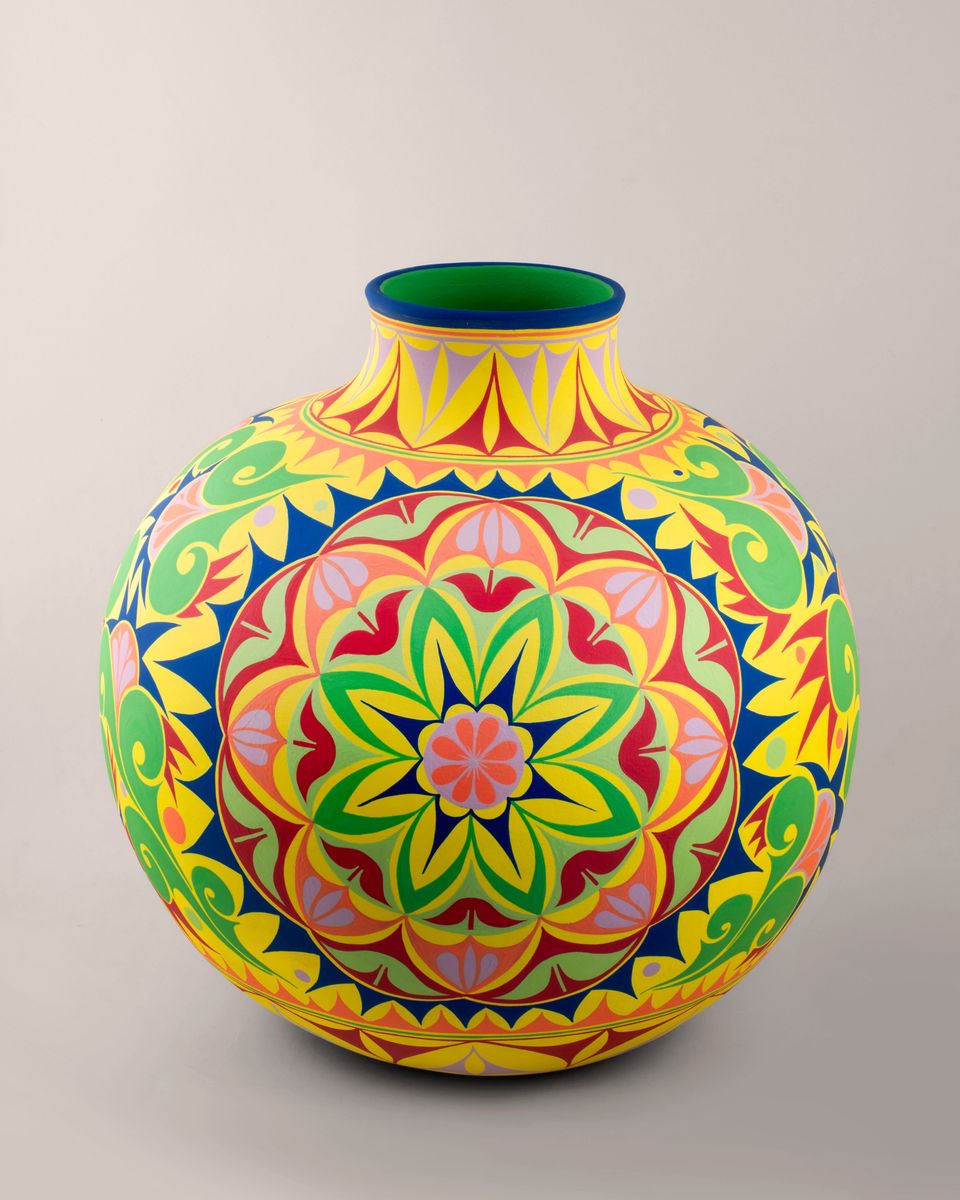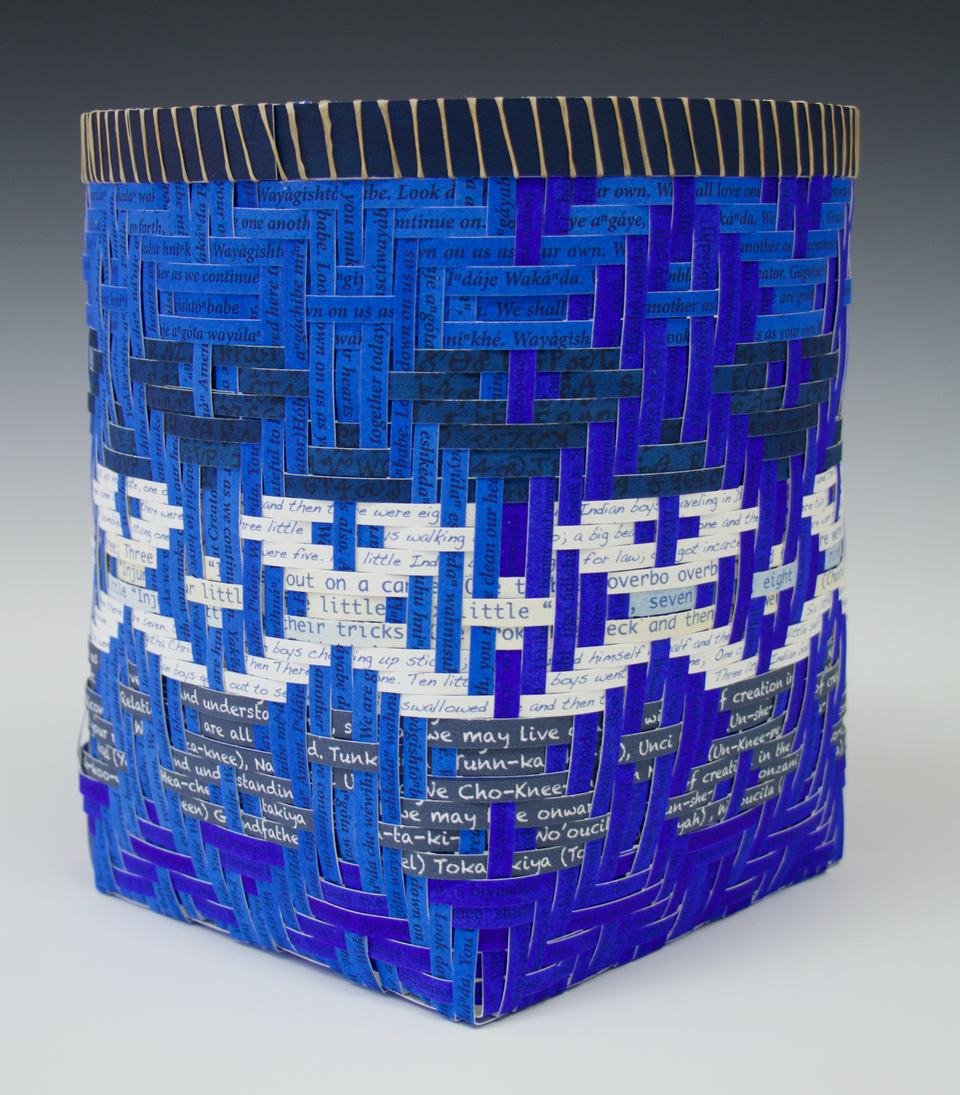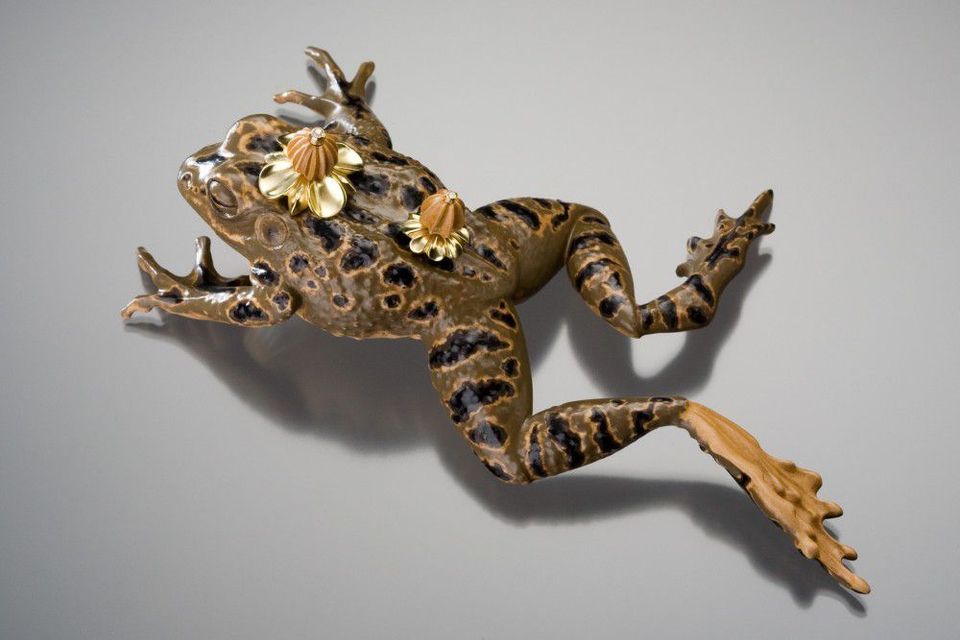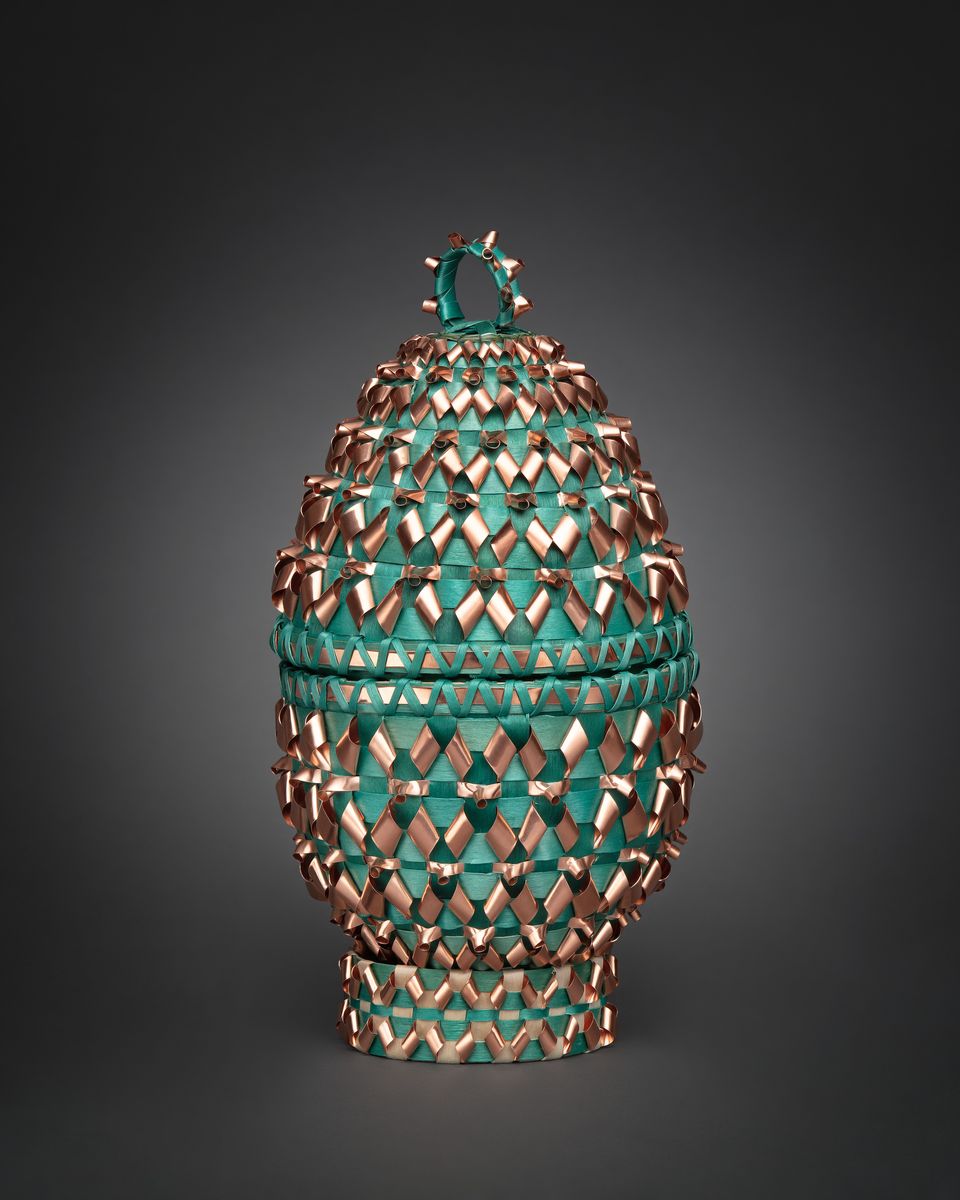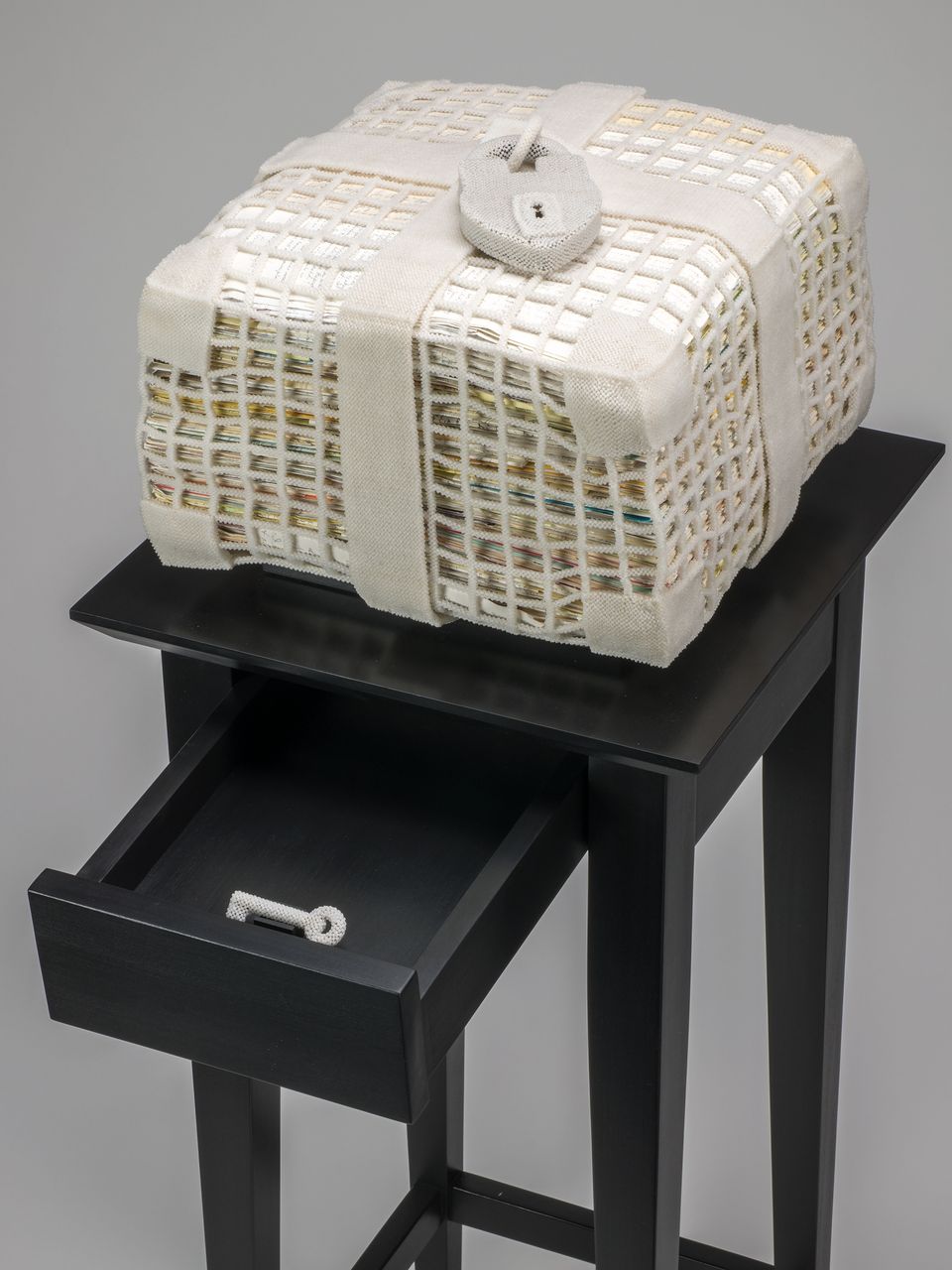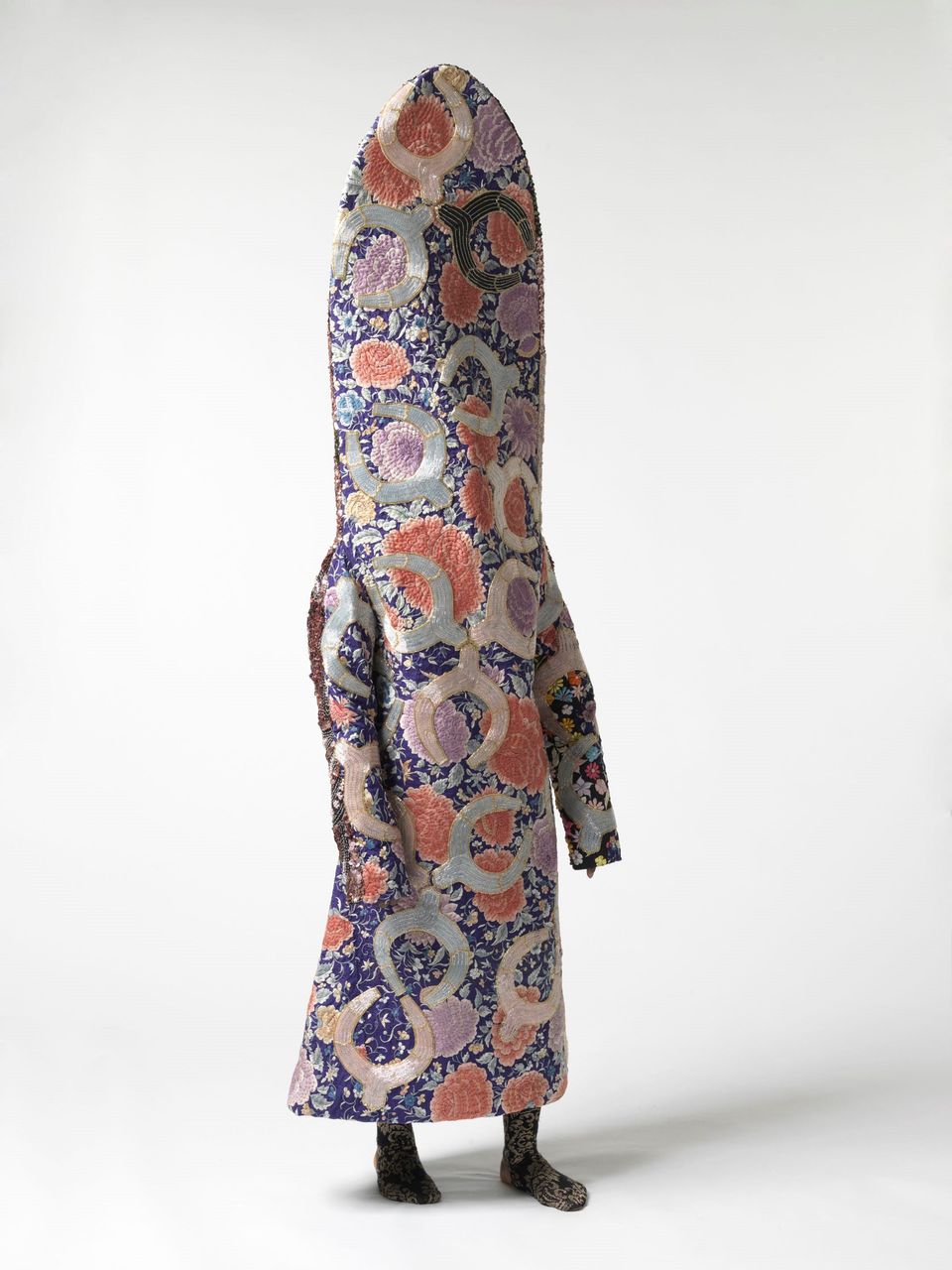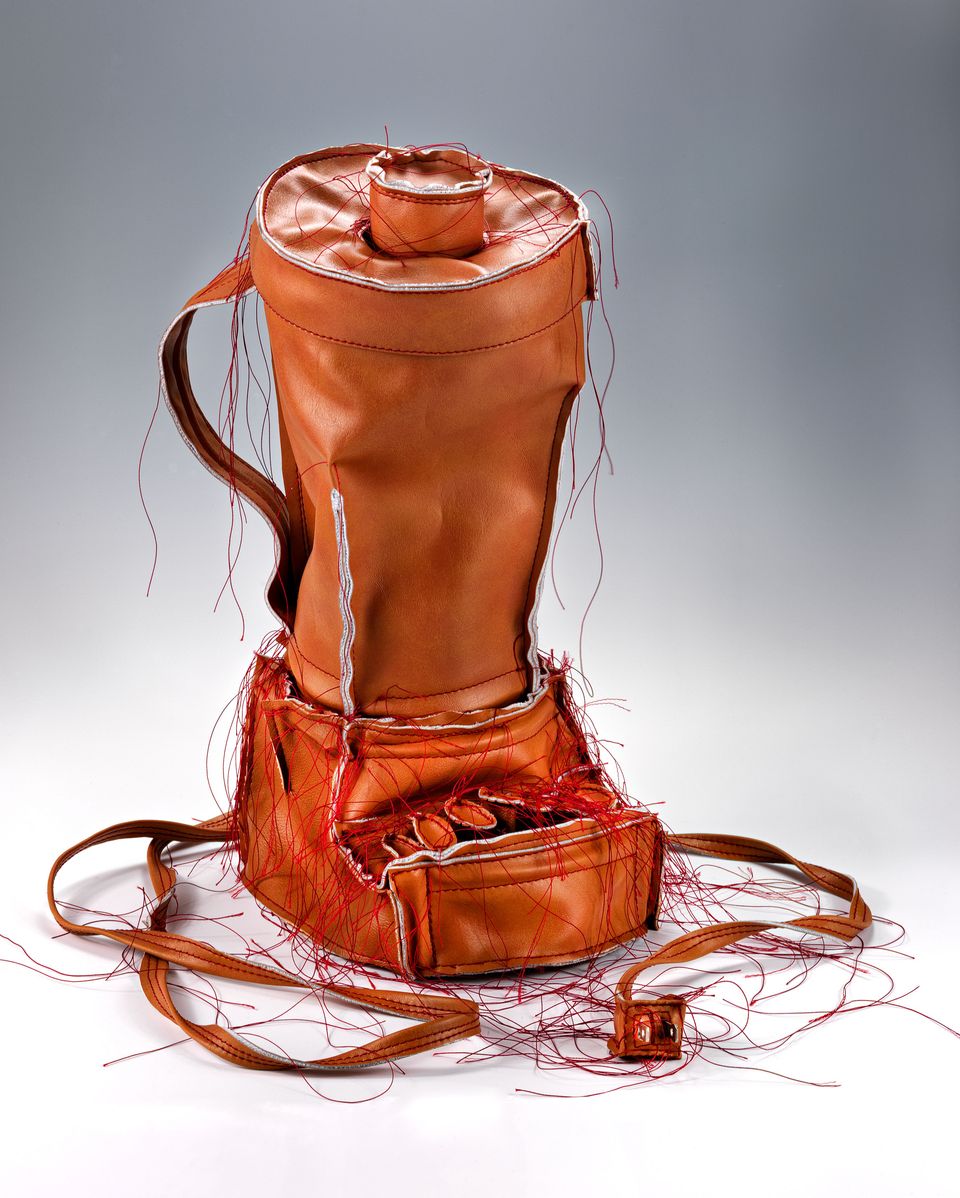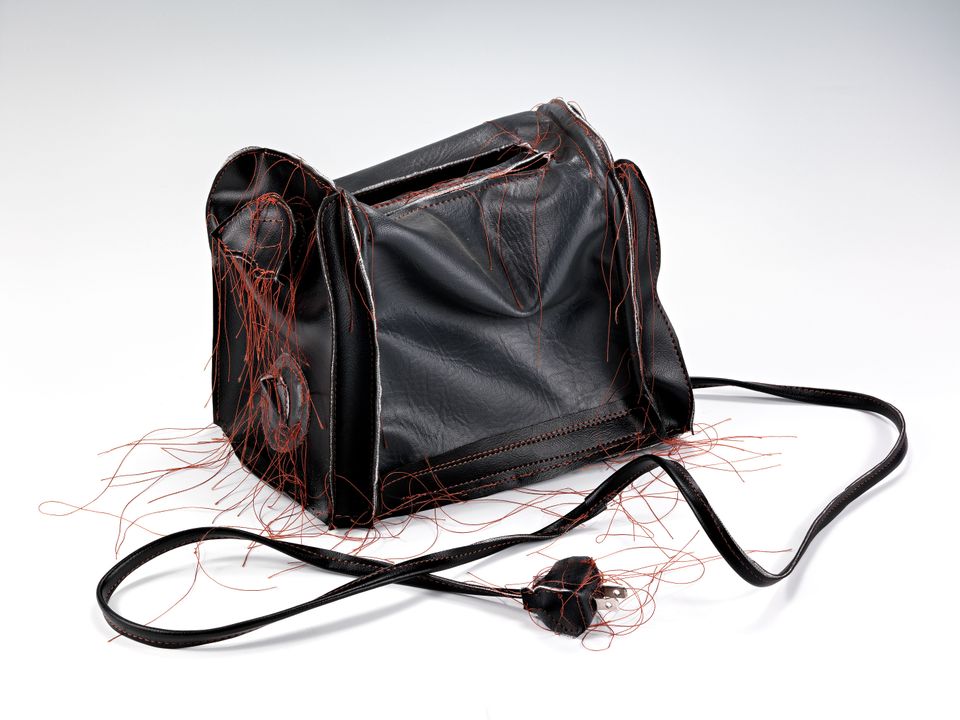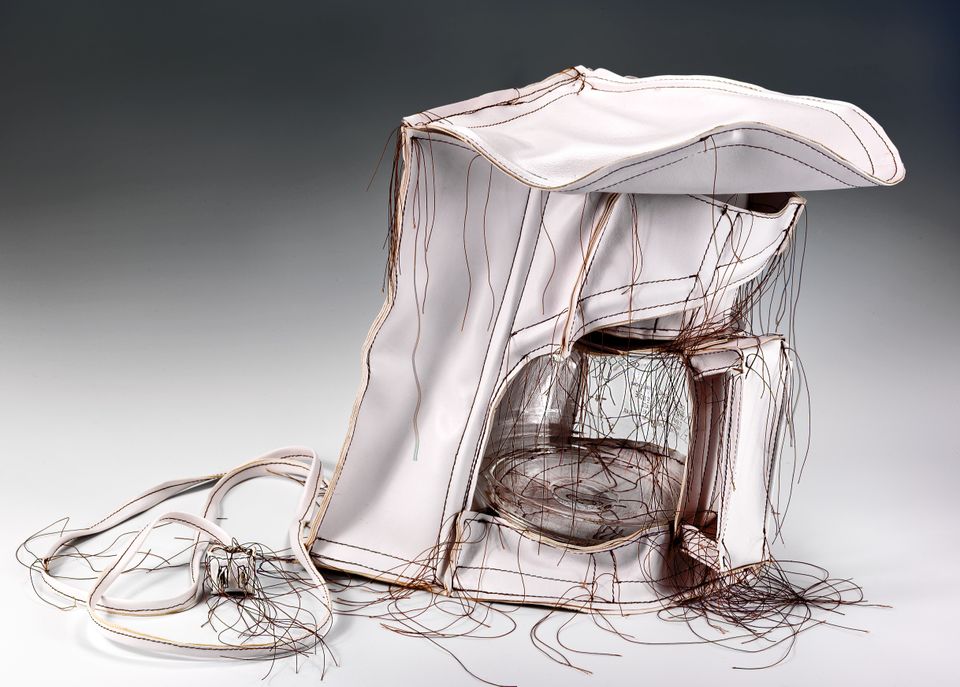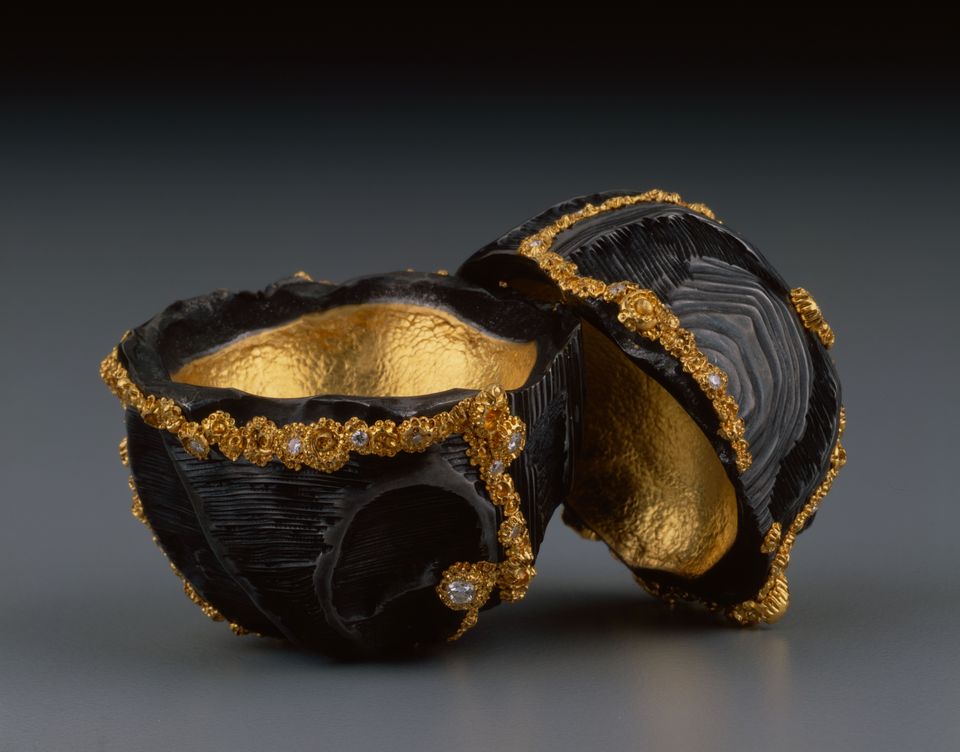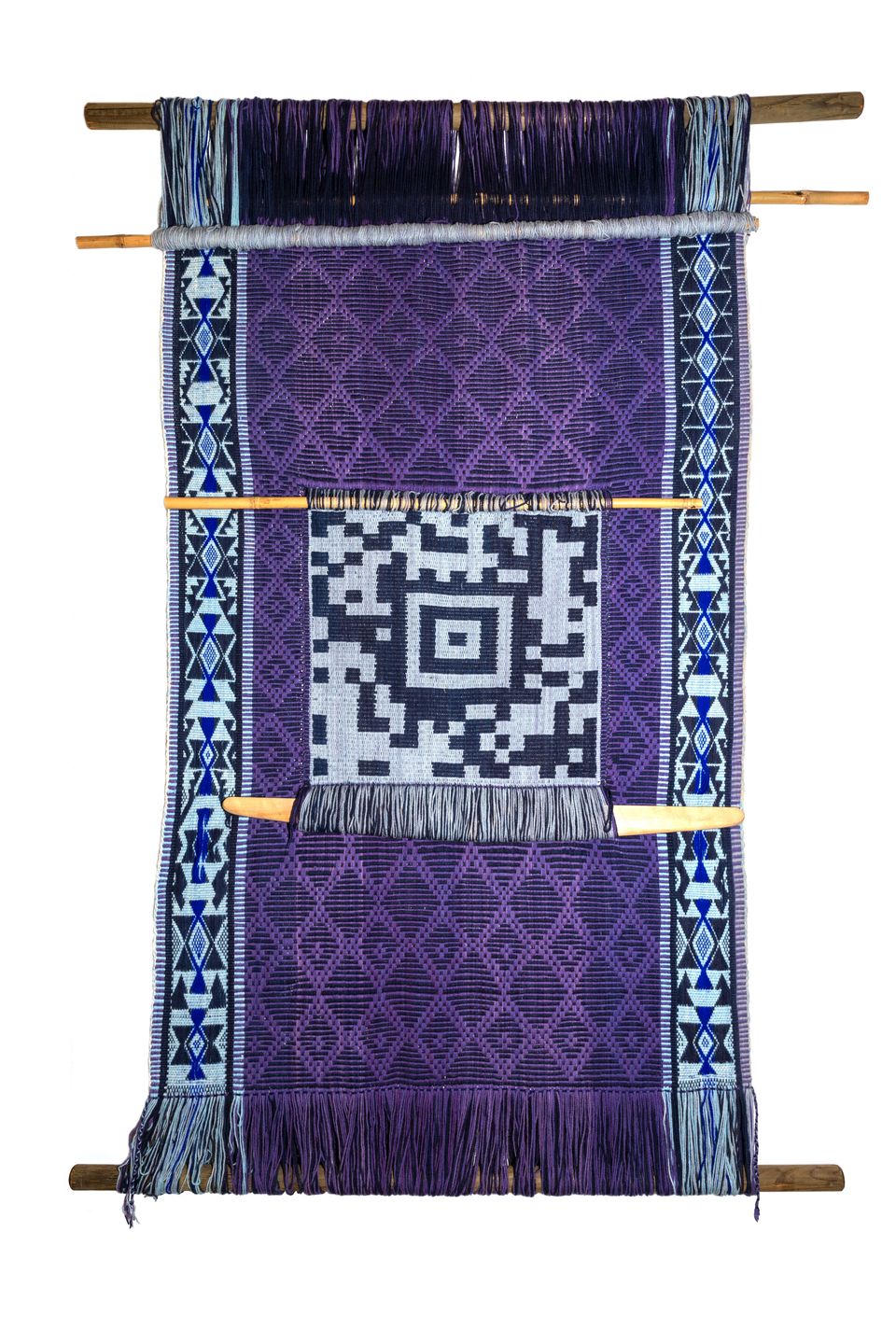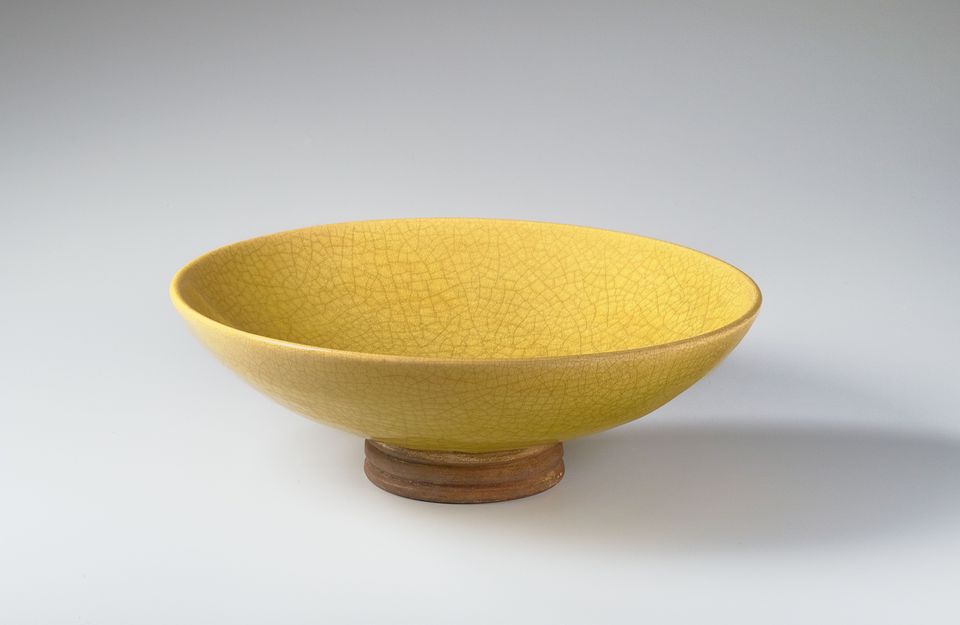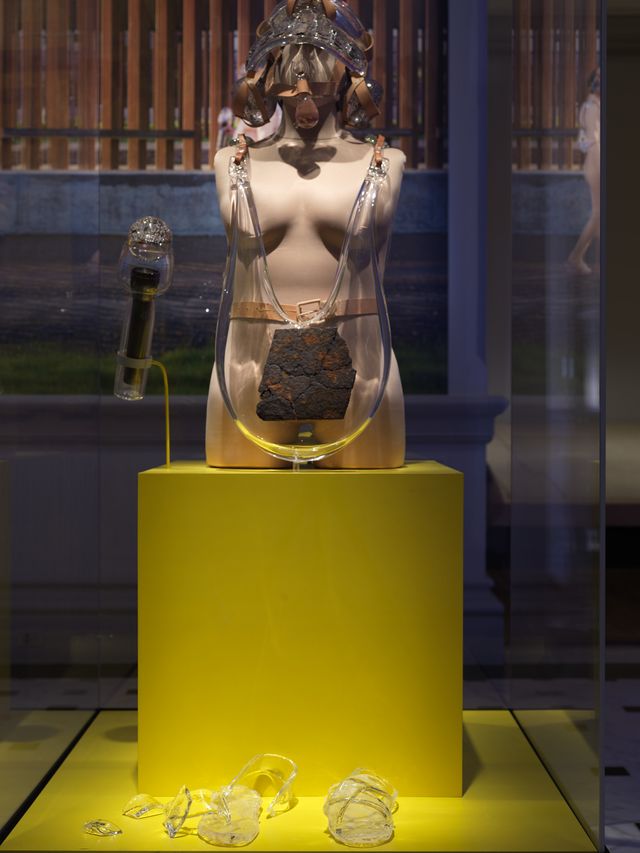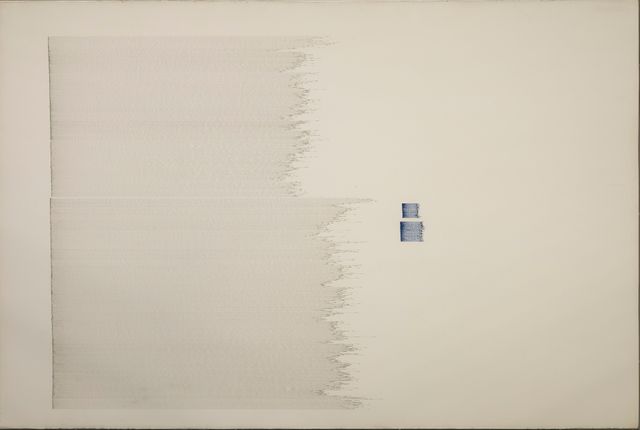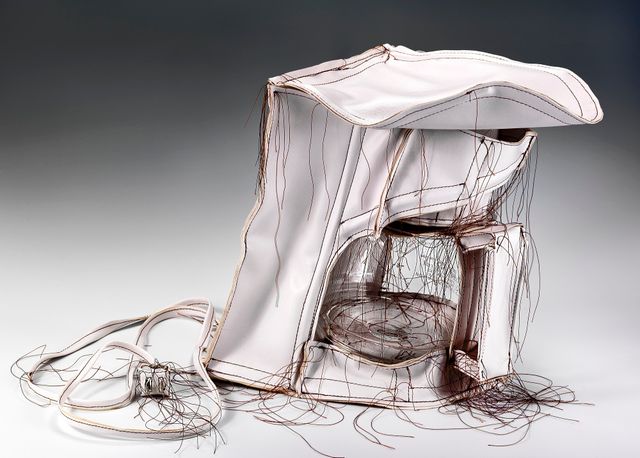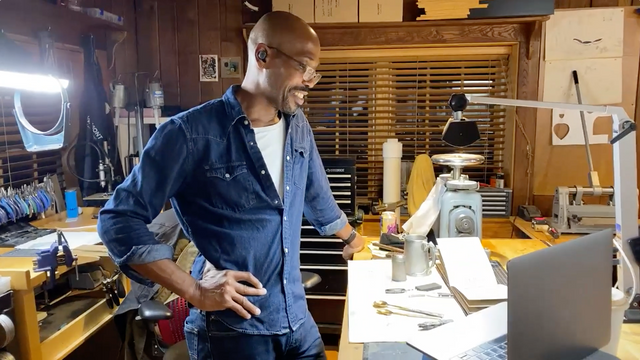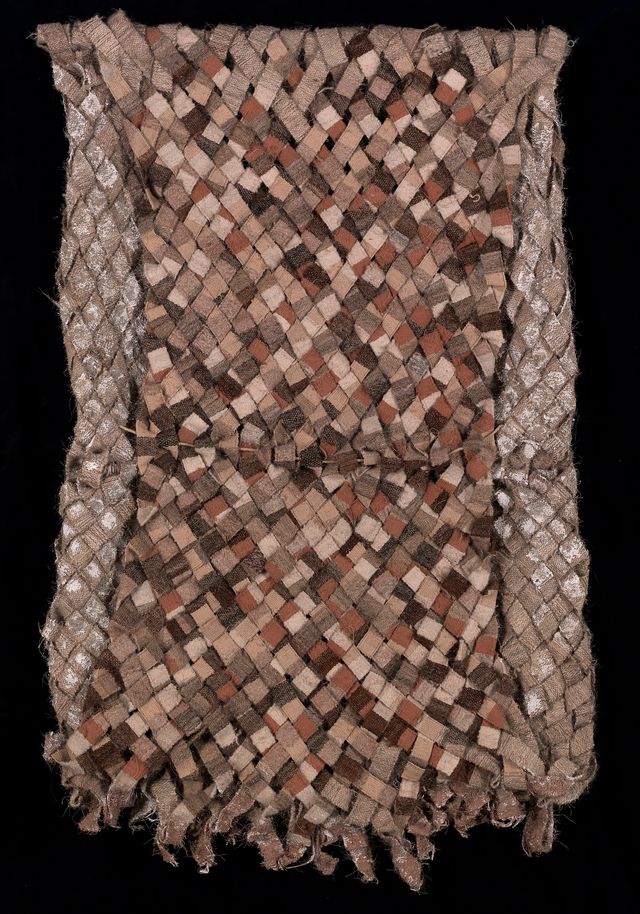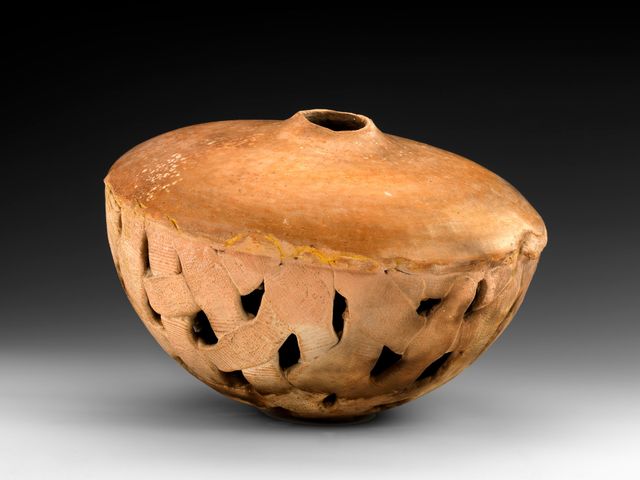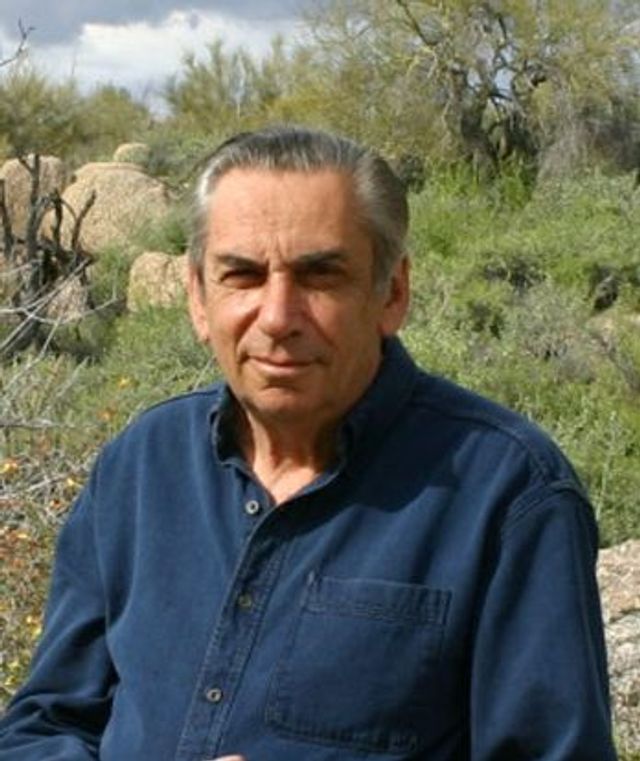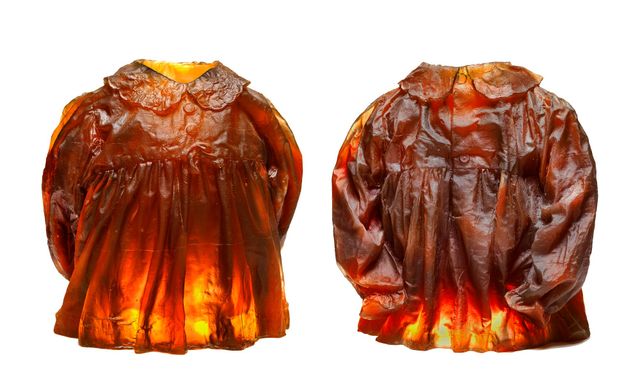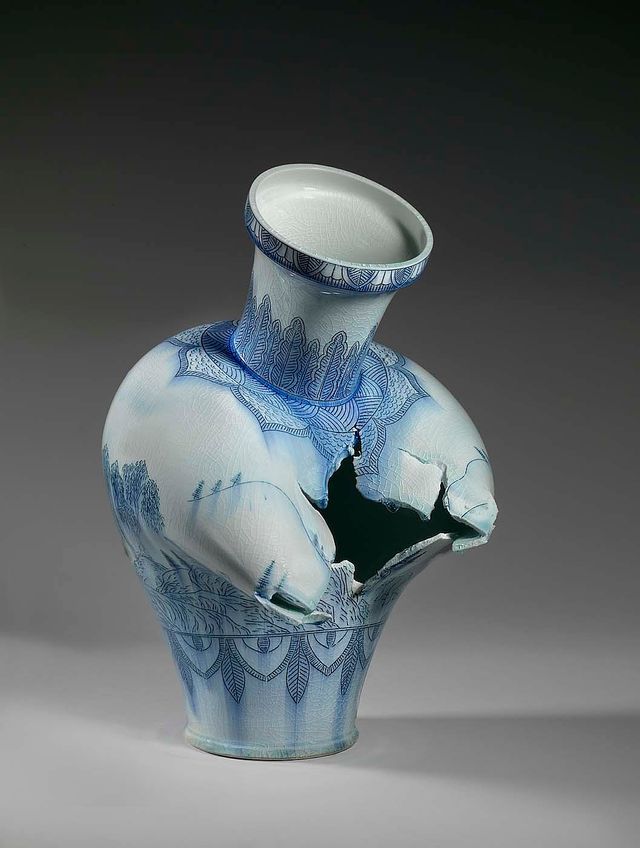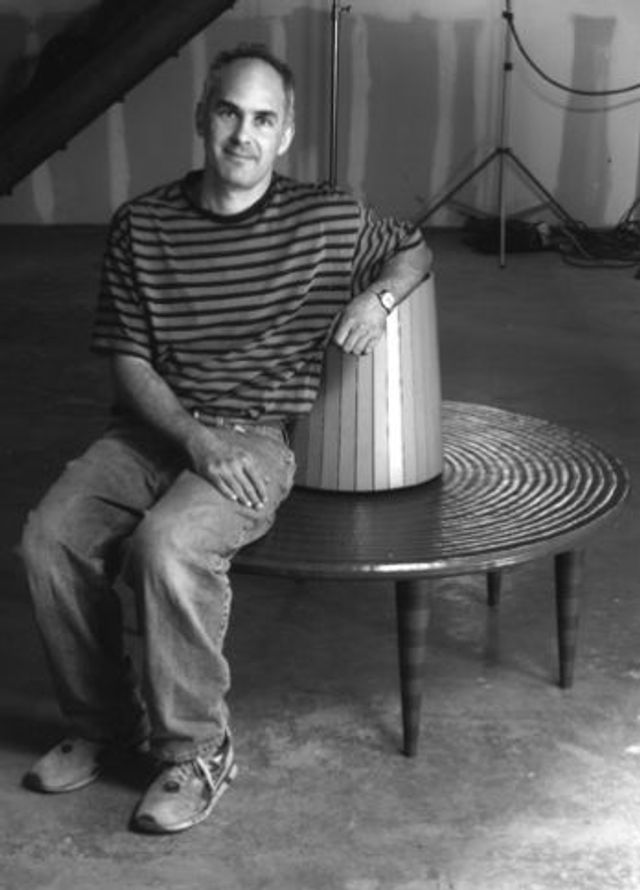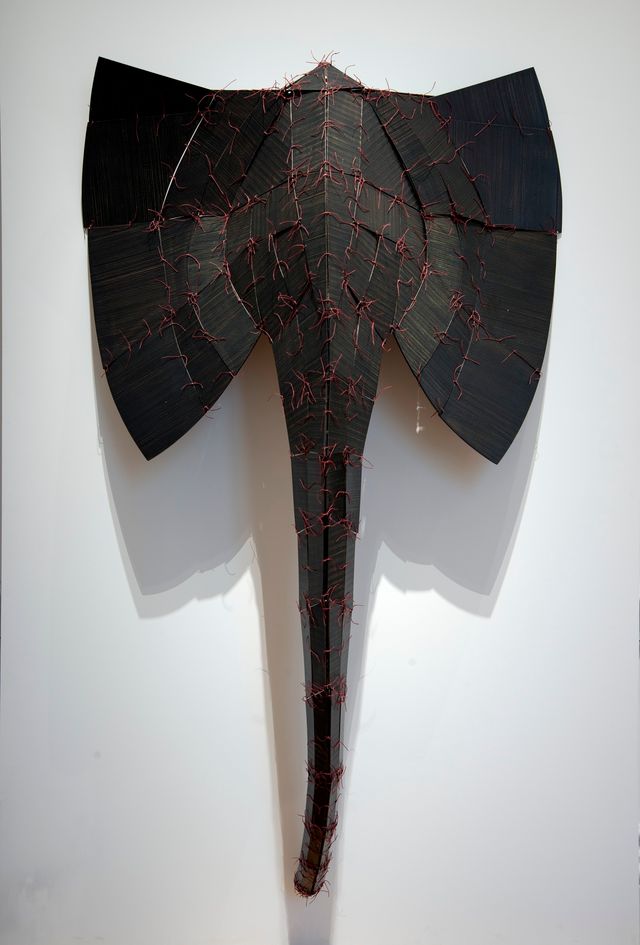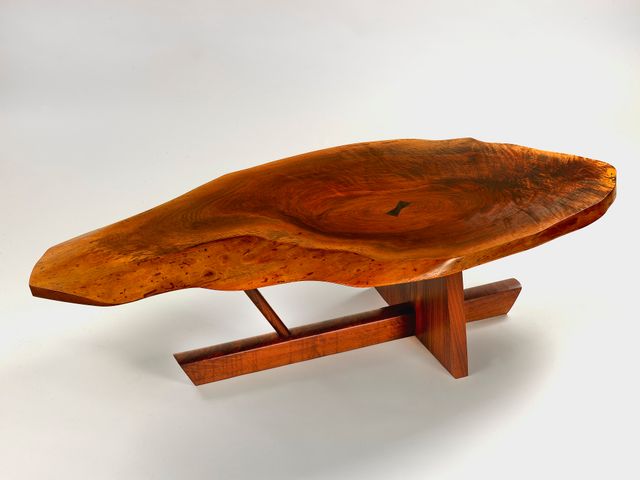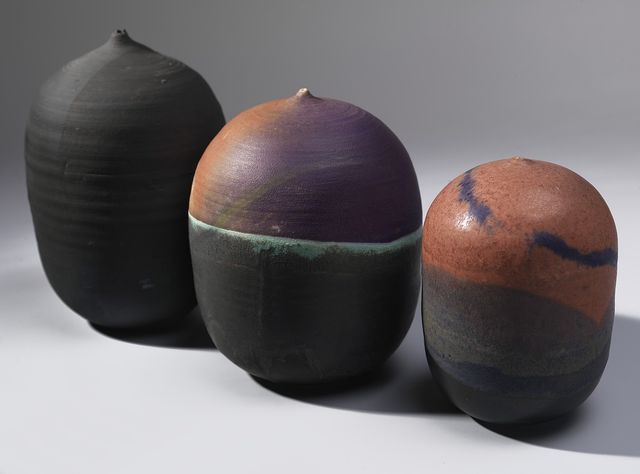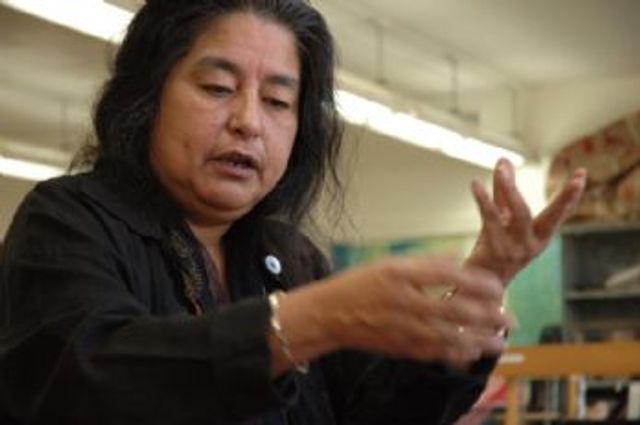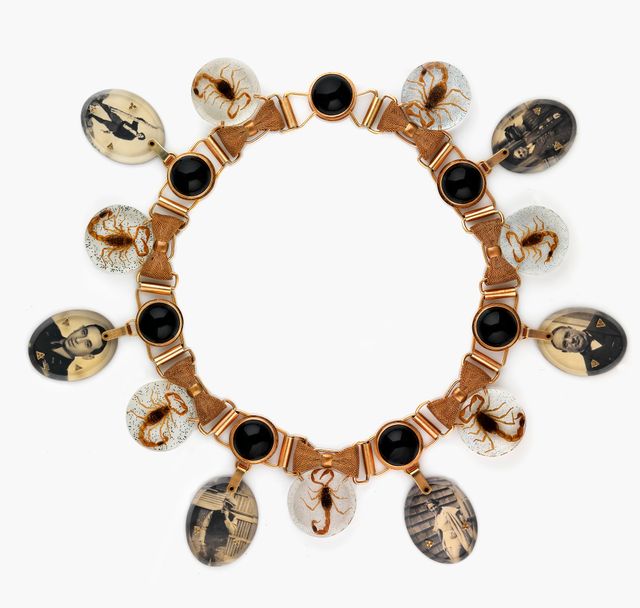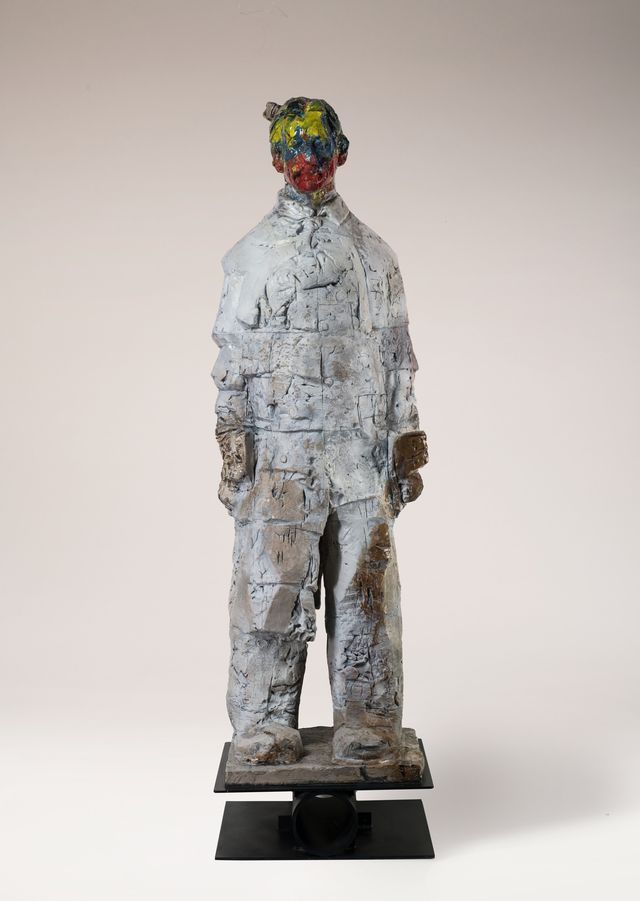This Present Moment: Crafting a Better World
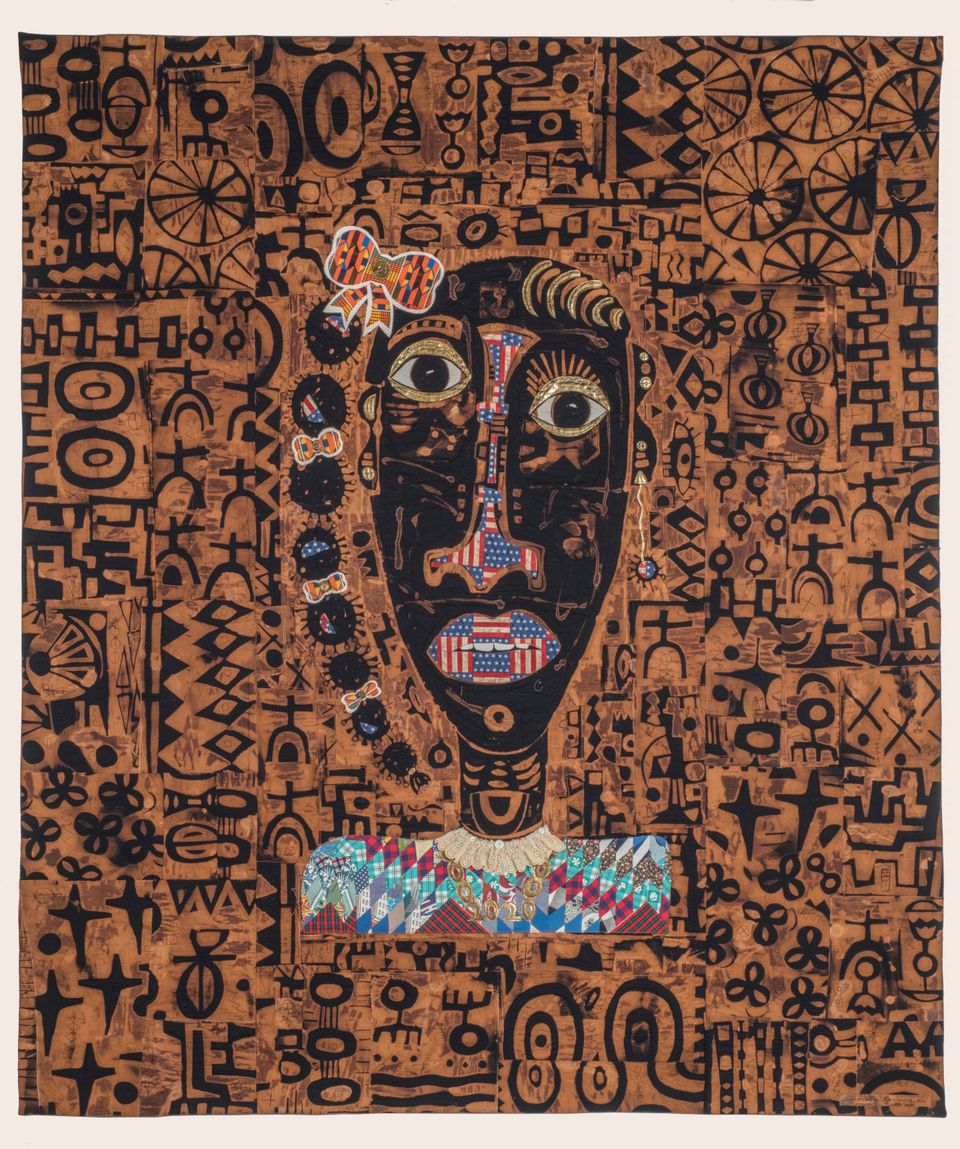
Sharon Kerry-Harlan, Portrait of Resilience, from the Flag Series, 2020, dye discharge fabric, antique quilt fabric, vinyl, flag fabric, and African print fabric, Smithsonian American Art Museum, Museum purchase through the Kenneth R. Trapp Acquisition Fund, 2021.35. © 2021, Sharon Kerry-Harlan. Photo by Lee Stalsworth – Fine Art through Photography
This Present Moment: Crafting a Better World showcases the dynamic landscape of American craft today. The exhibition highlights the role that artists play in our world to spark essential conversations, stories of resilience, and methods of activism — showing us a more relational and empathetic world. It centers more expansive definitions and acknowledgments of often-overlooked histories and contributions of women, people of color, and other marginalized communities.
On view at SAAM’s Renwick Gallery, This Present Moment activates two floors of gallery space, highlighting 171 artworks from SAAM’s extensive holdings of modern and contemporary craft, in a range of craft mediums from fiber and ceramics to glass and mixed media. These objects deepen the history of the studio craft movement while also introducing contemporary artworks that push the boundaries of what we interpret the handmade to be in the twenty-first century.
Description
This Present Moment marks the fiftieth anniversary of SAAM’s Renwick Gallery as the nation’s premier museum dedicated to American craft. An anniversary acquisition campaign, begun in 2020, focused on artworks made by a broadly representative and diverse group of American artists and increased the number of Black, Latinx, Asian American, LGBTQ+, Indigenous and women artists, among others, represented in the nation’s collection. This Present Moment features 135 of these objects, on display at the Renwick Gallery for the first time.
Featured artists include Tanya Aguiñiga, Bisa Butler, Nick Cave, David Chatt, Sonya Clark, Cristina Cordova, Cindy Drozda, Alicia Eggert, J. Paul Fennell, Aram Han Sifuentes, Carla Hemlock (Kanienkeháka), Sharon Kerry-Harlan, Ron Ho, Katie Hudnall, Pat Kramer, Steven Young Lee, Linda Lopez, Roberto Lugo, Wendy Maruyama, Tom Loeser, John Mascoll, Connie Mississippi, George Nakashima, LJ Roberts, Judith Schaechter, Preston Singletary (Tlingit), Polly Adams Sutton, Toshiko Takaezu, Gail Tremblay, Nancy Worden, Consuelo Jimenez Underwood, Wanxin Zhang, and many more.
This Present Moment: Crafting a Better World, is organized by Mary Savig, the Lloyd Herman Curator of Craft; with support from Nora Atkinson, the Fleur and Charles Bresler Curator-in-Charge for the Renwick Gallery; Anya Montiel, curator at the Smithsonian’s National Museum of the American Indian; and Elana Hain, collections manager. This exhibition is the latest in a series presented at the Renwick Gallery that reassess what craft is in a modern world.
Visiting Information
Publications
Installation Images
Videos
Credit
This Present Moment: Crafting a Better World is organized by the Renwick Gallery of the Smithsonian American Art Museum.
Generous support is provided by Carl and Jan Fisher, Shelby and Fred Gans, the James Renwick Alliance for Craft, and Ann Kaplan and Robert Fippinger.
The catalogue is made possible by Cindy Miscikowski.
Additional support is provided by Alturas Foundation, Elizabeth Broun Curatorial Endowment, Sharon and Bob Buchanan, Sheila Burke, Billings and John Cay, Faye and Robert Davidson Jr., DLR Group, Elizabeth and James Eisenstein, Mary Anne Fray, Cary J. Frieze, The Galena-Yorktown Foundation, Michael and Heather Greenbaum, Chris G. Harris, Cecily and Bannus Hudson, Maureen and Gene Kim, Colleen and John Kotelly, Joseph P. Logan, Nion McEvoy and Leslie Berriman, Eleanor T. Rosenfeld, Dorothy Saxe in memory of George Saxe, Maggie and Dick Scarlett, Barbara Tober, Judith S. Weisman, Myra and Harold Weiss, Kelly Williams and Andrew Forsyth, and Todd Wingate and Steven Cason.
SAAM Stories
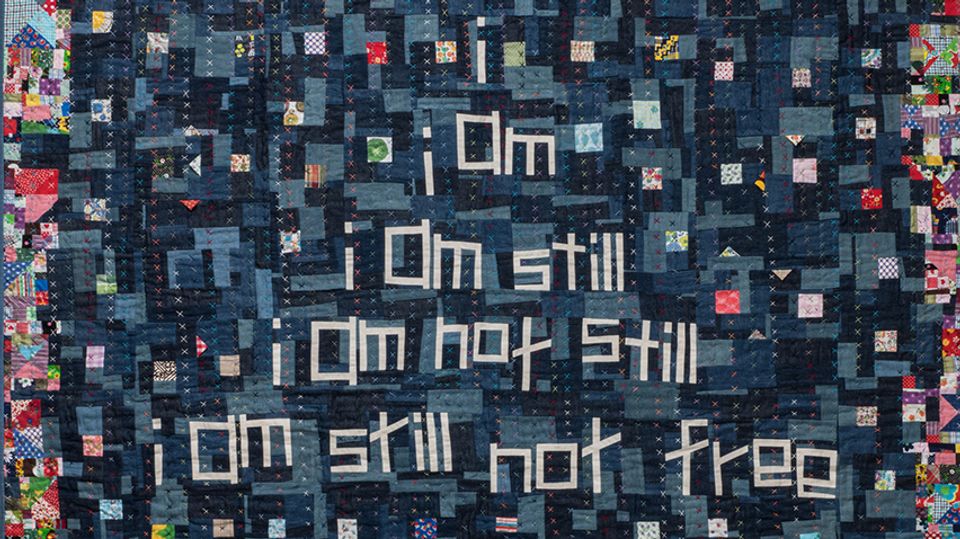
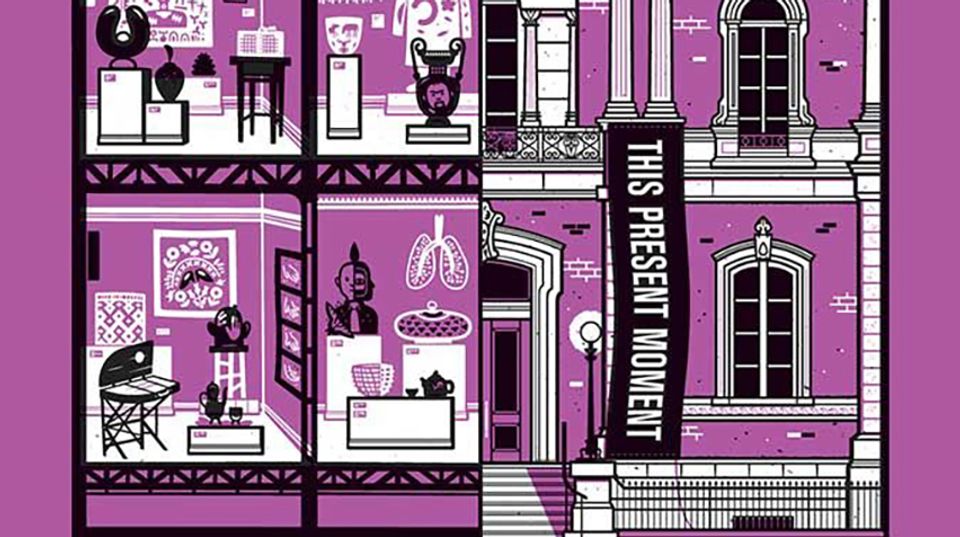


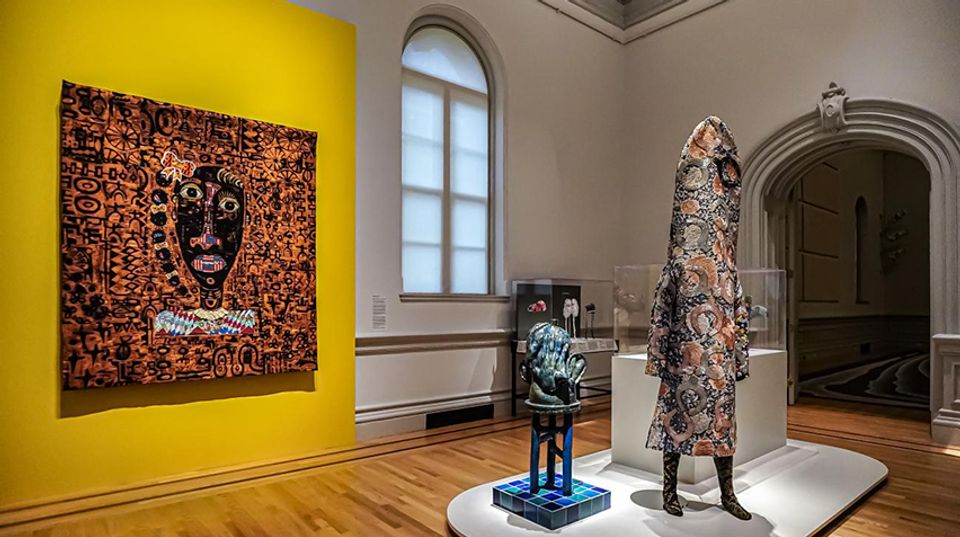

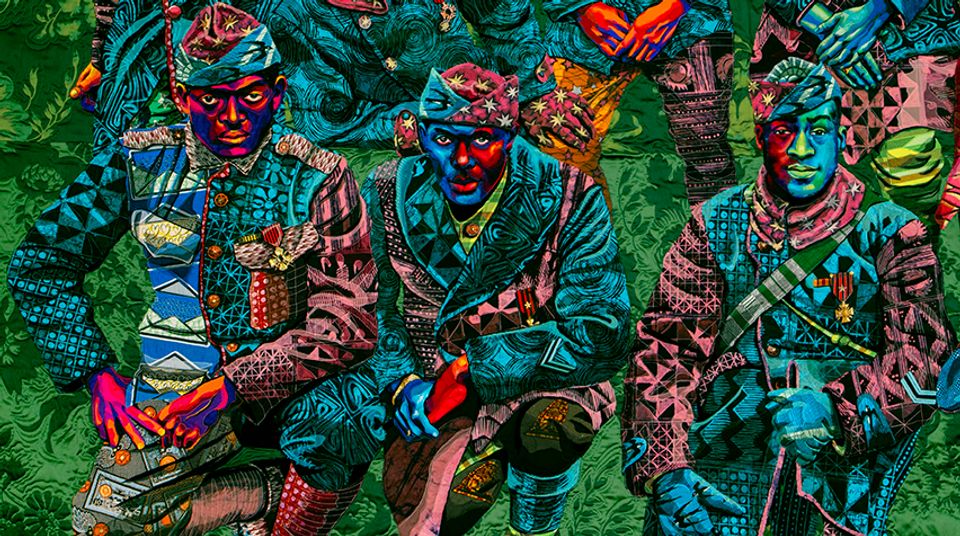
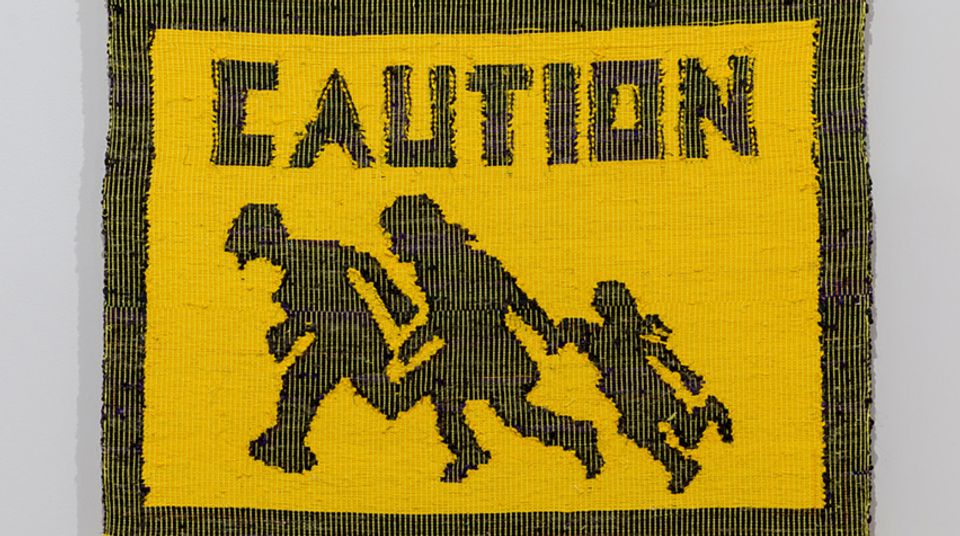
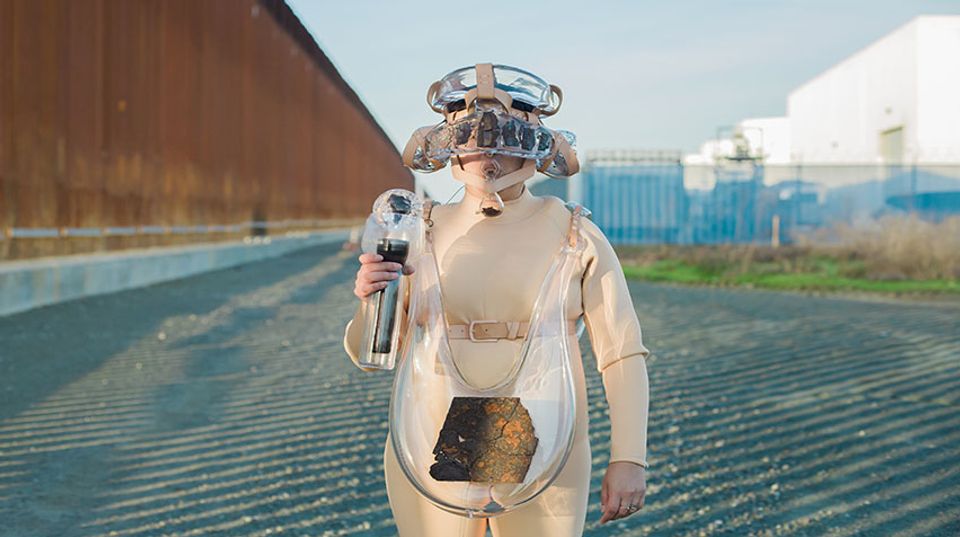
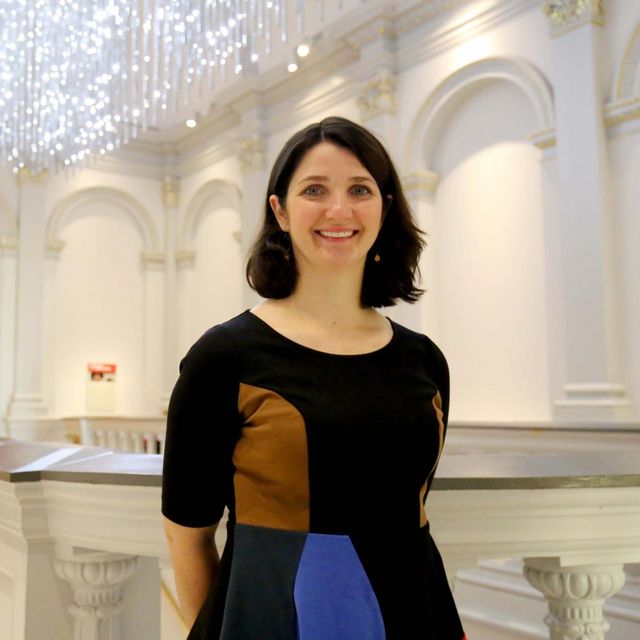
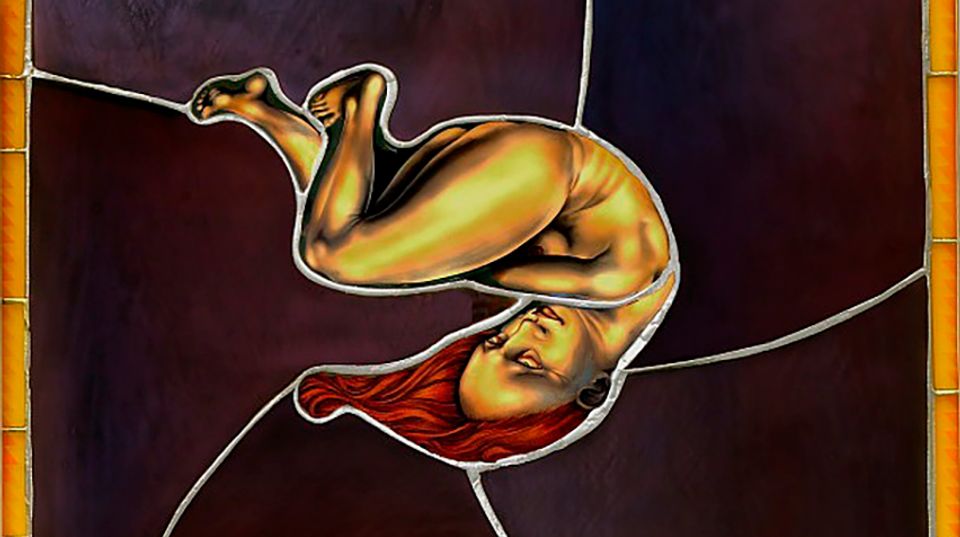
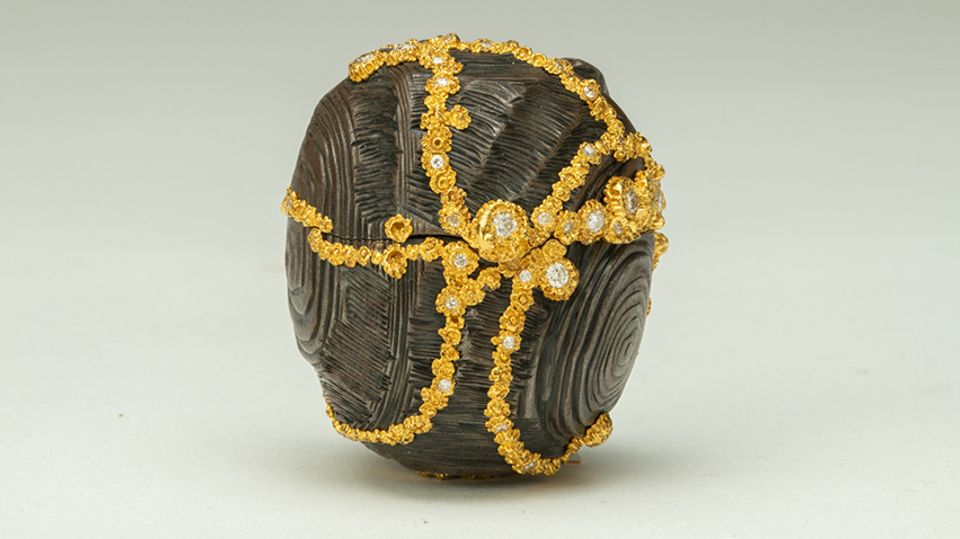
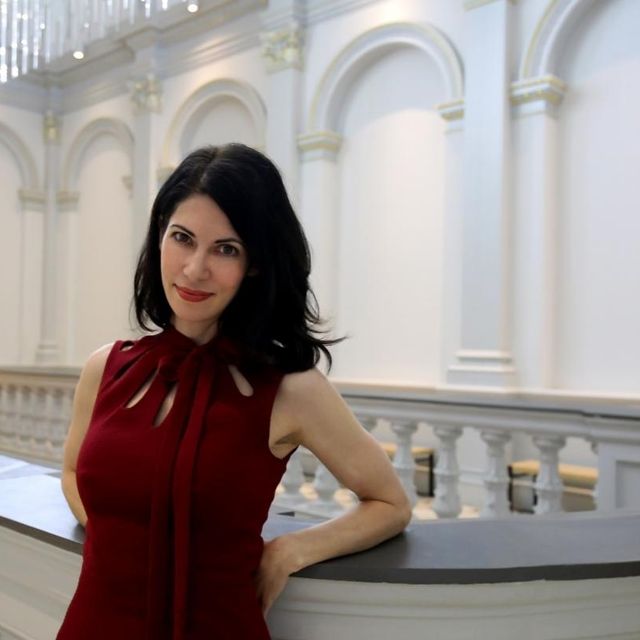
New Acquisitions
Through the Renwick Gallery 50th Anniversary Acquisition Campaign, begun in 2020, SAAM has brought more than 200 objects by leading craft artists into its permanent collection. This Present Moment features 135 of these artworks.
Online Gallery
Verbal Descriptions
Artists
Working in New Mexico, Rick Dillingham found a source of inspiration for his ceramics in the ancient Mimbres culture.
J. Paul Fennell began turning wood as a hobby in the 1970s while working as an engineer on the Apollo space program in California.
Janel Jacobson's porcelain pots and carvings are inspired by nature.
Tom Loeser has spent his career creating furniture that works like puzzles. His chests and wall cabinets invite us to open the drawers and to figure out how the pieces work.
"To build a small palace around here with a Japanese carpenter in the finest traditions …" is a dream George Nakashima would like to realize someday.
Toshiko Takaezu studied at the University of Hawaii and at Cranbrook Academy in Michigan, where she also taught. She has been on the faculty of other institutions, including the Cleveland Institute of Art and Princeton University.
Fiber artist and weaver Consuelo Jimenez Underwood is the daughter of migrant agricultural workers, a Chicana mother and a father of Huichol Indian descent.














